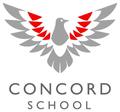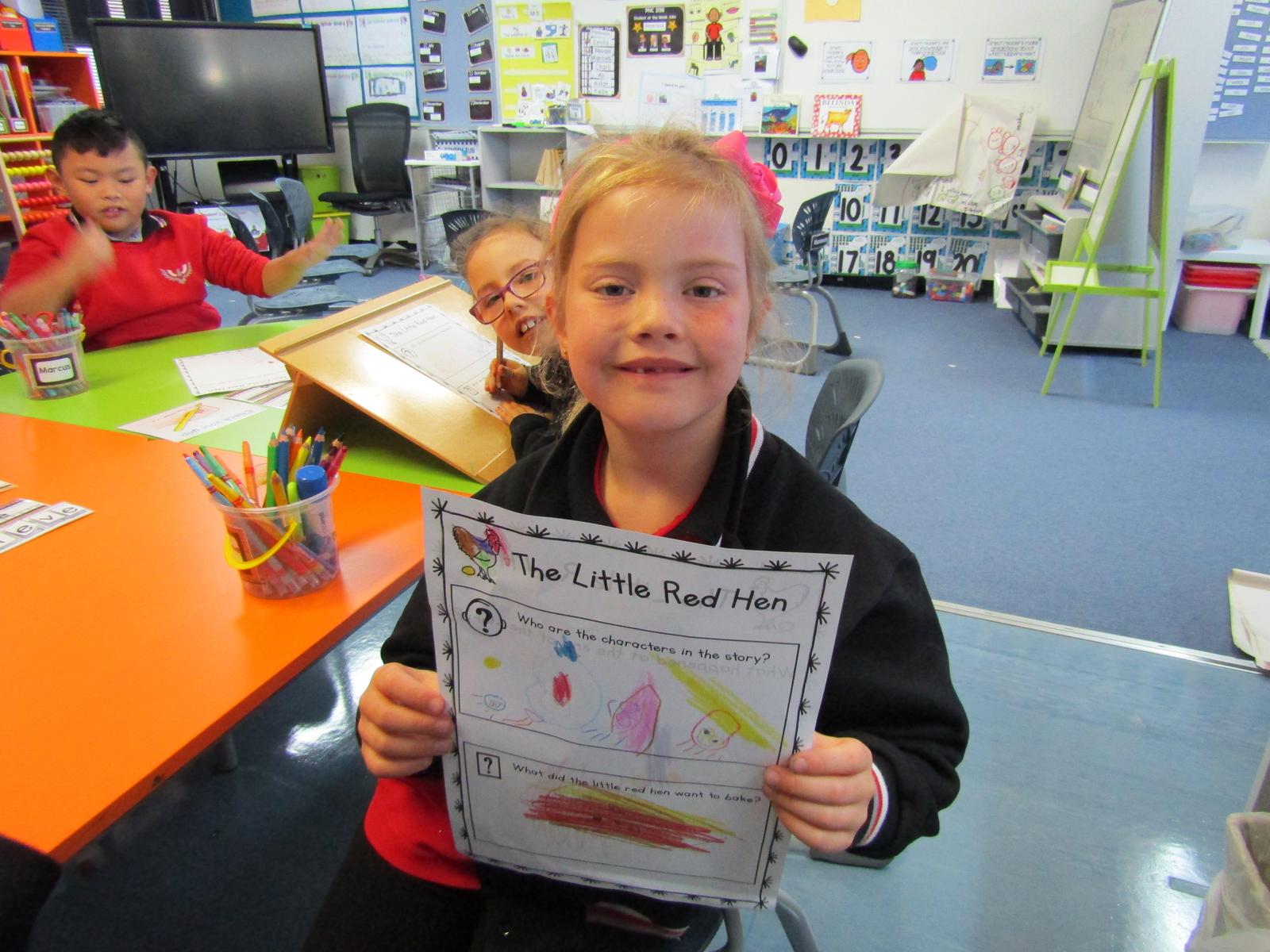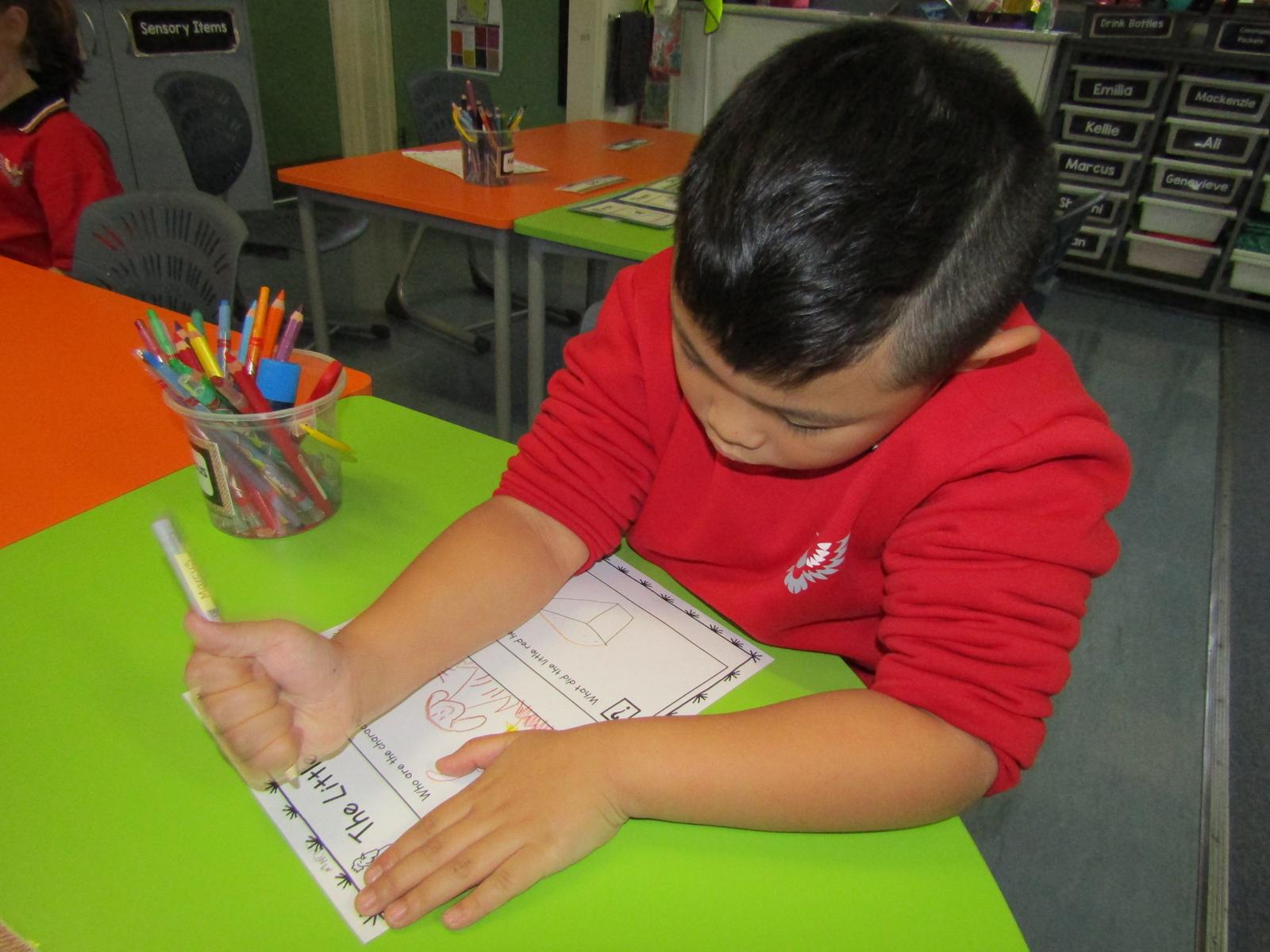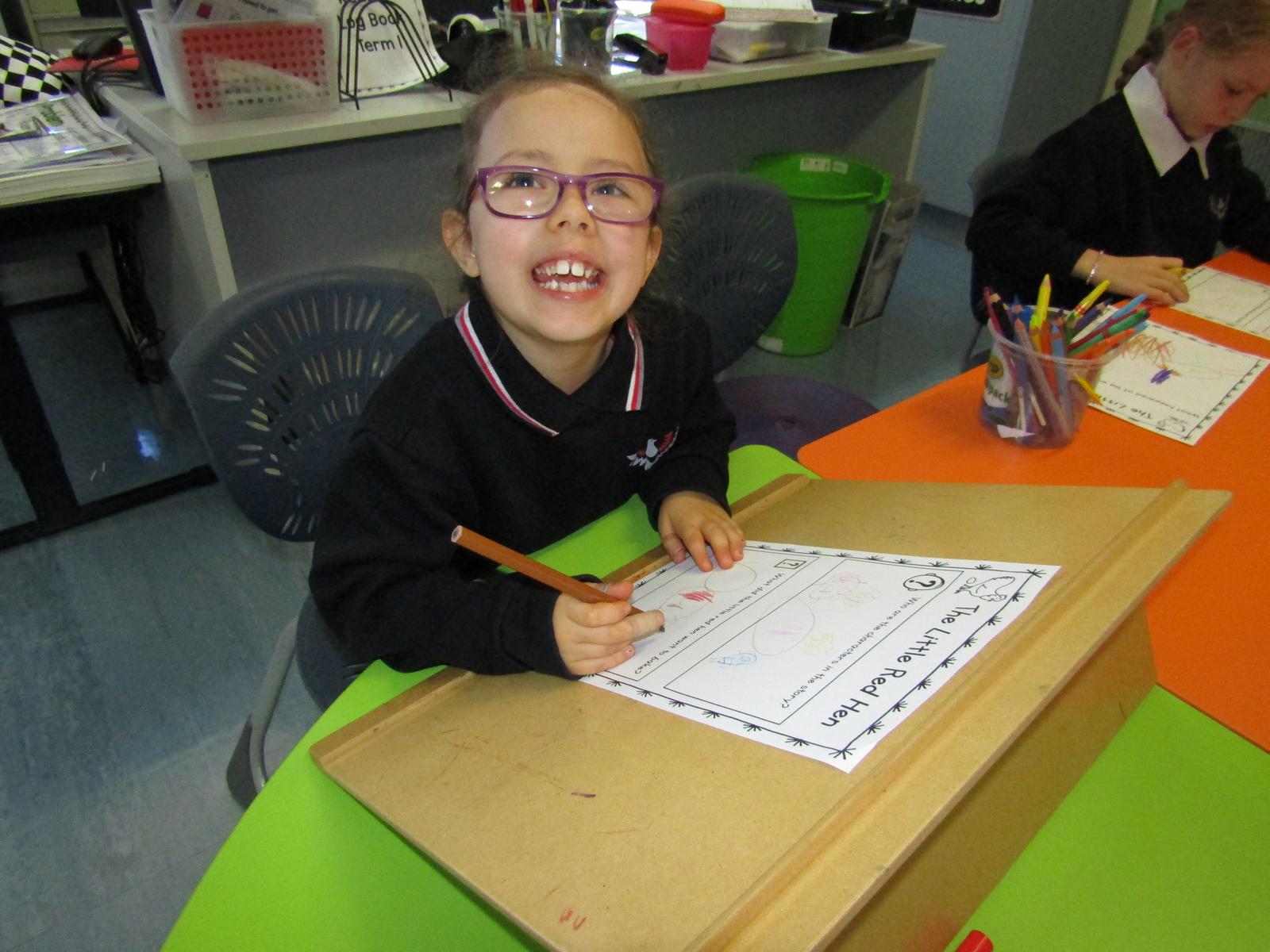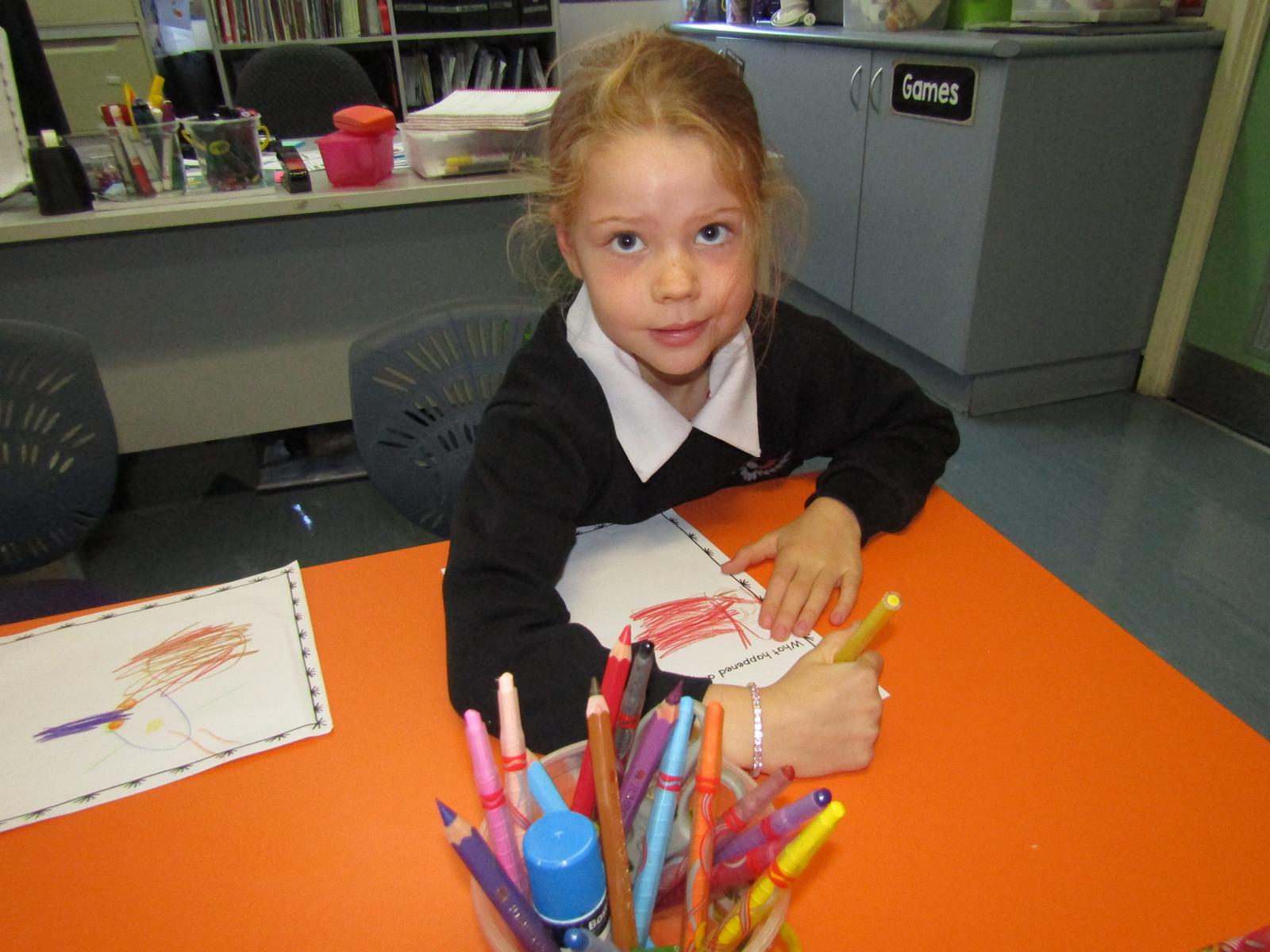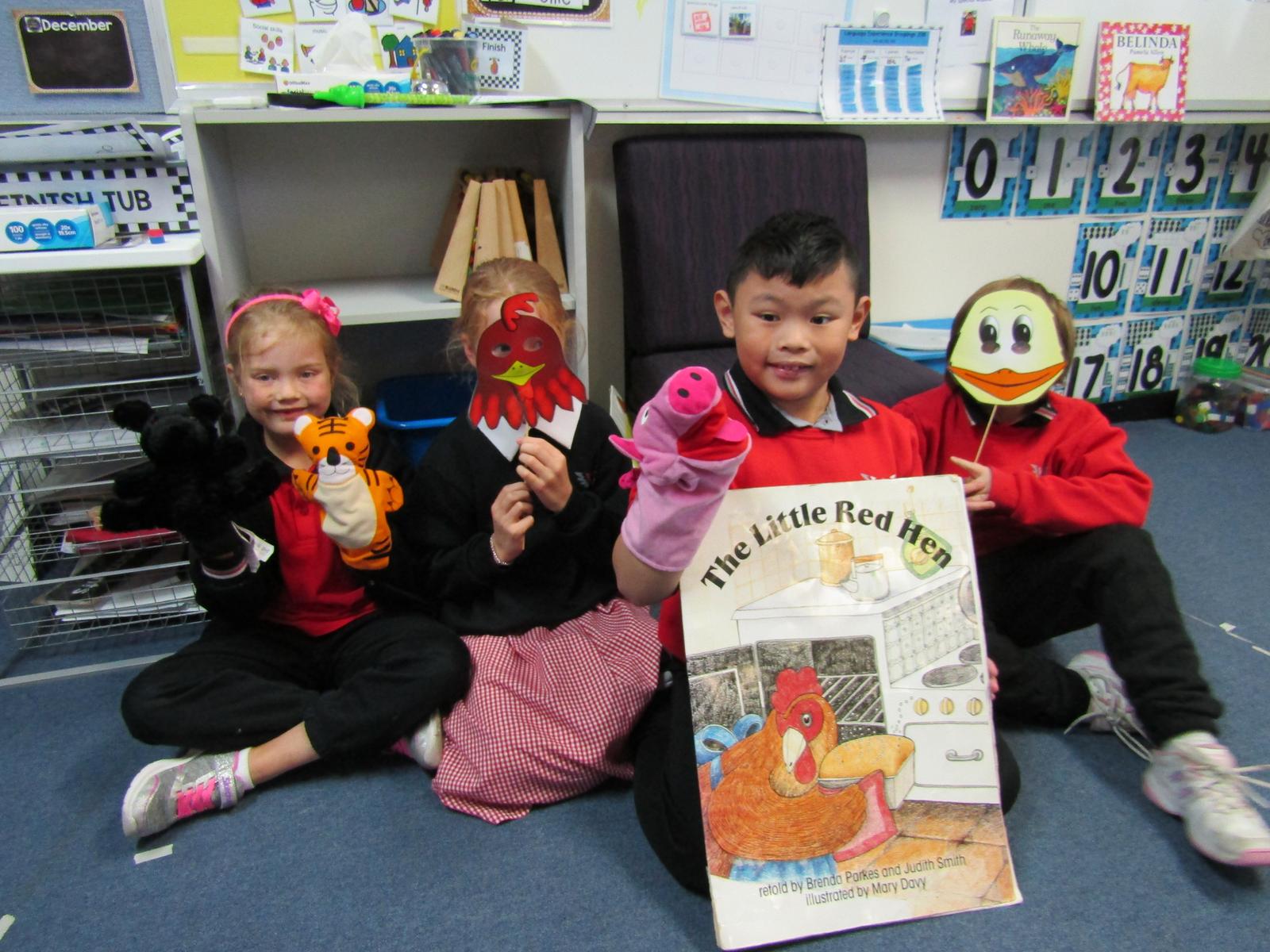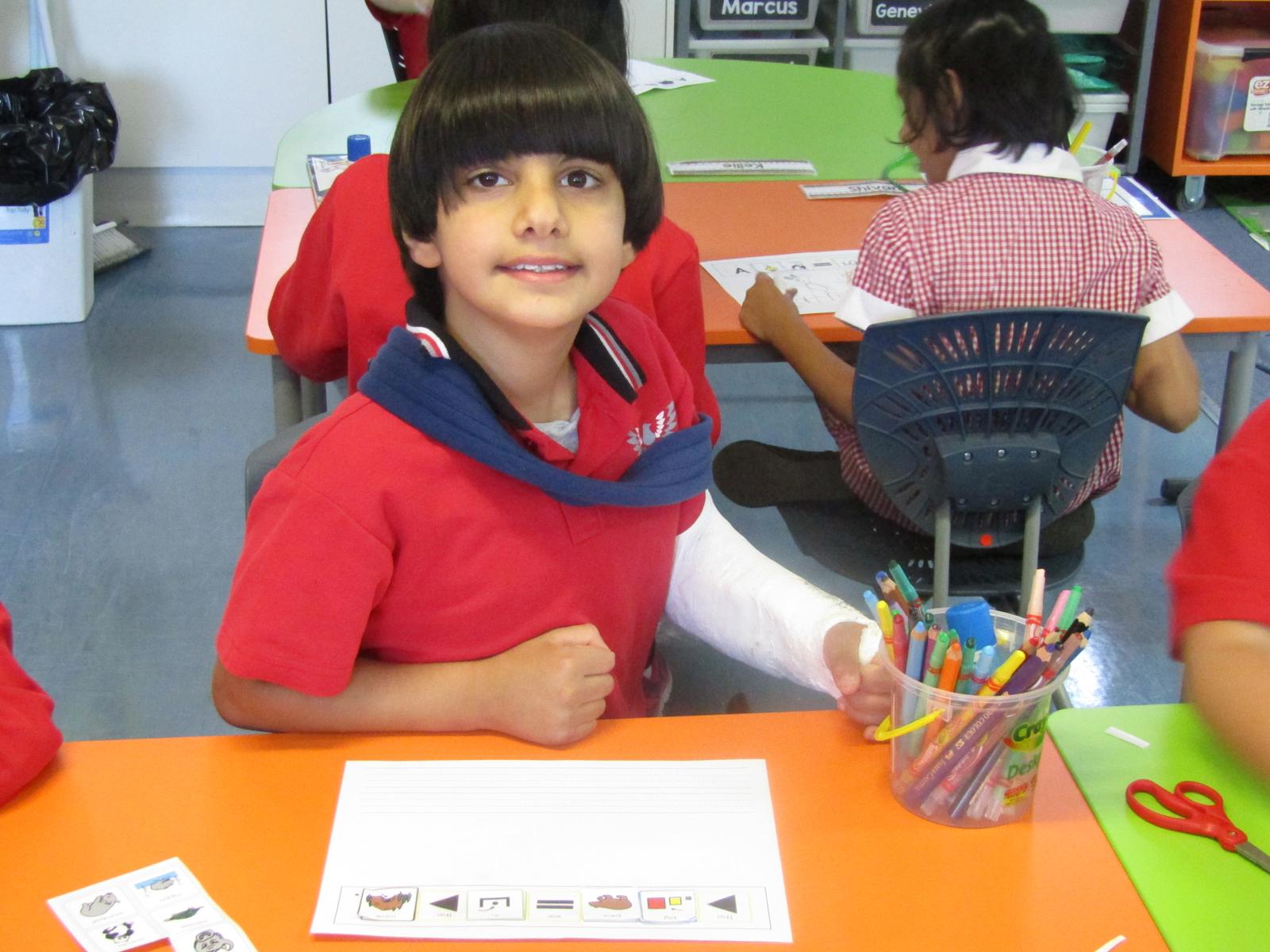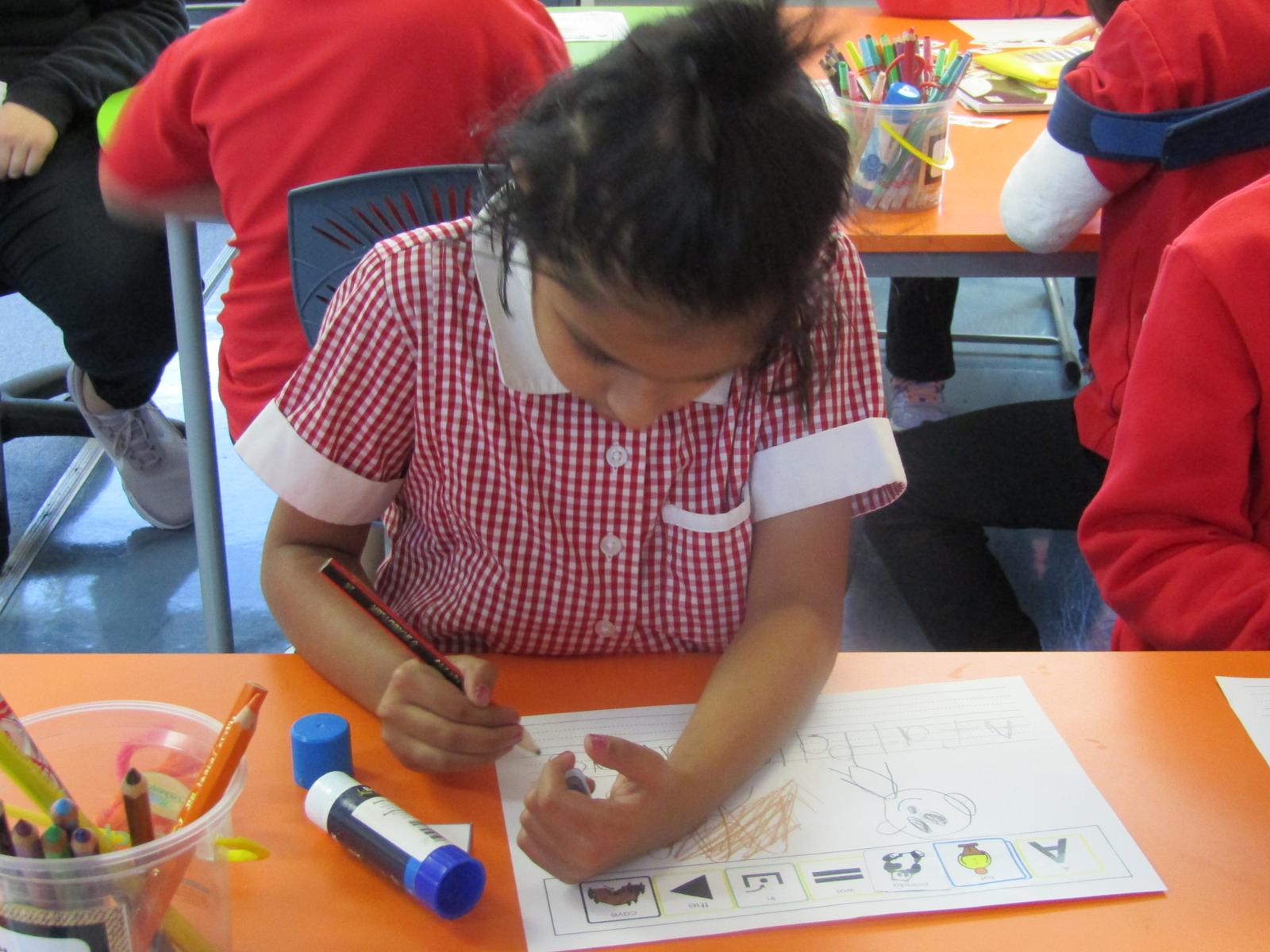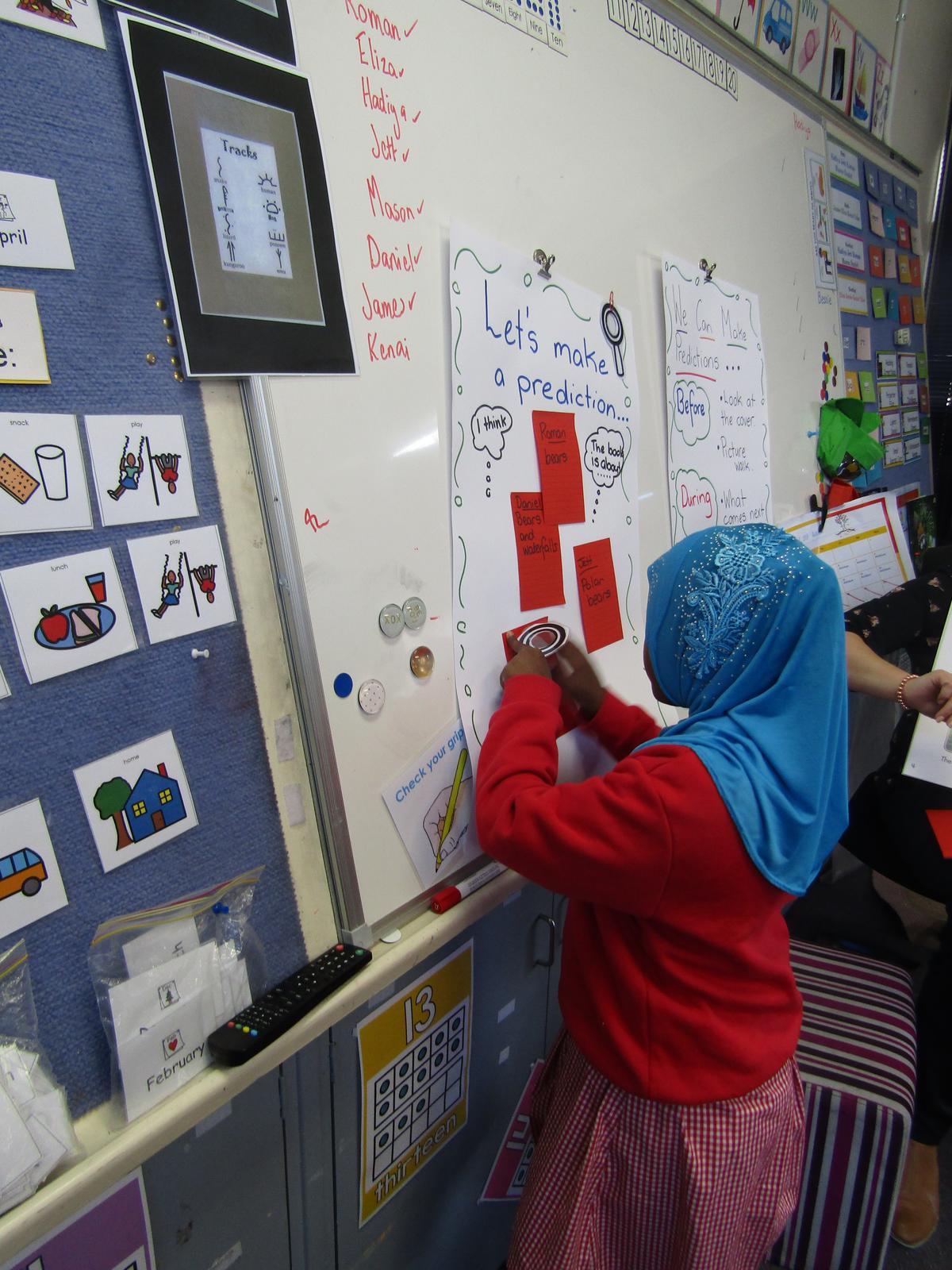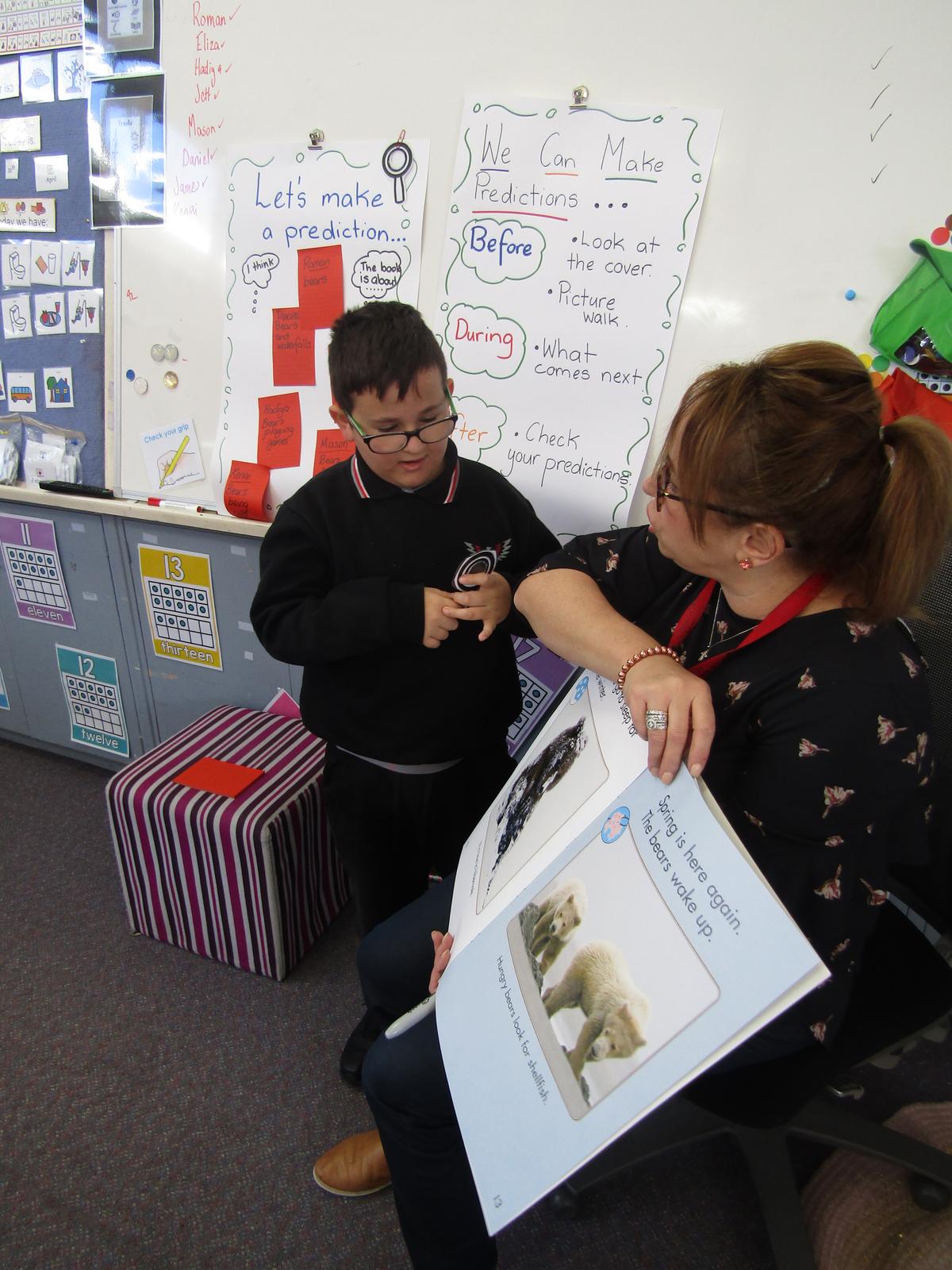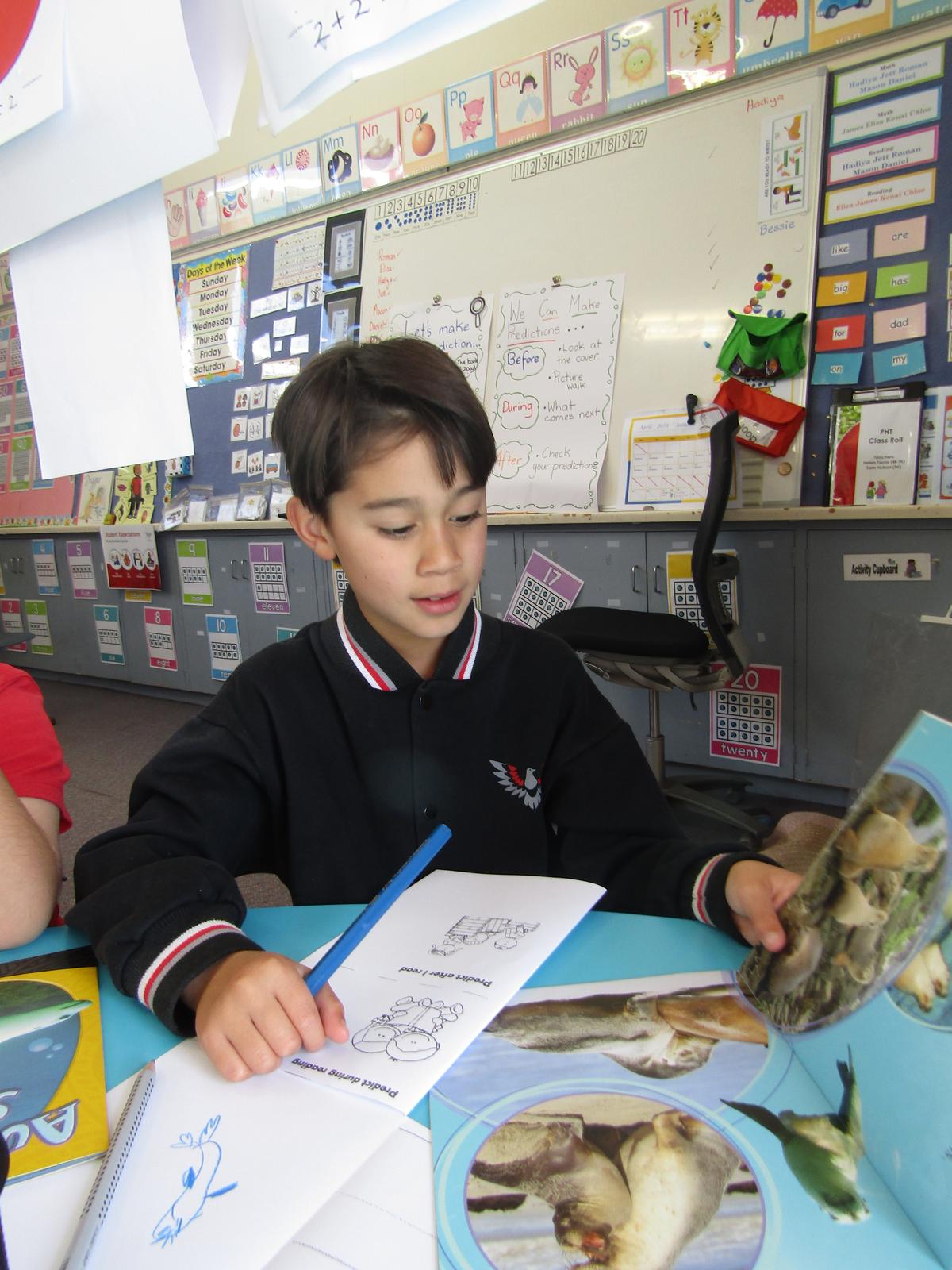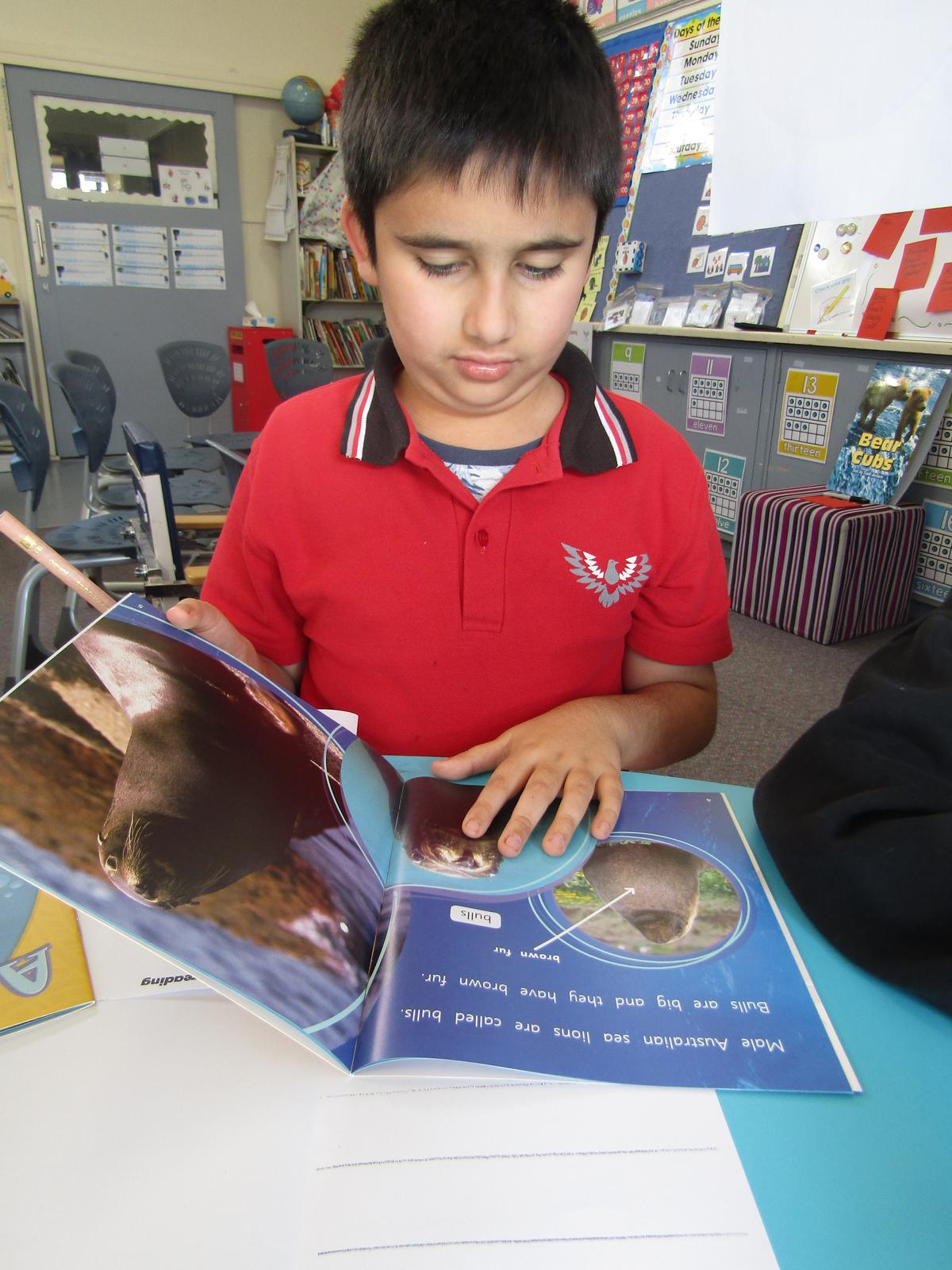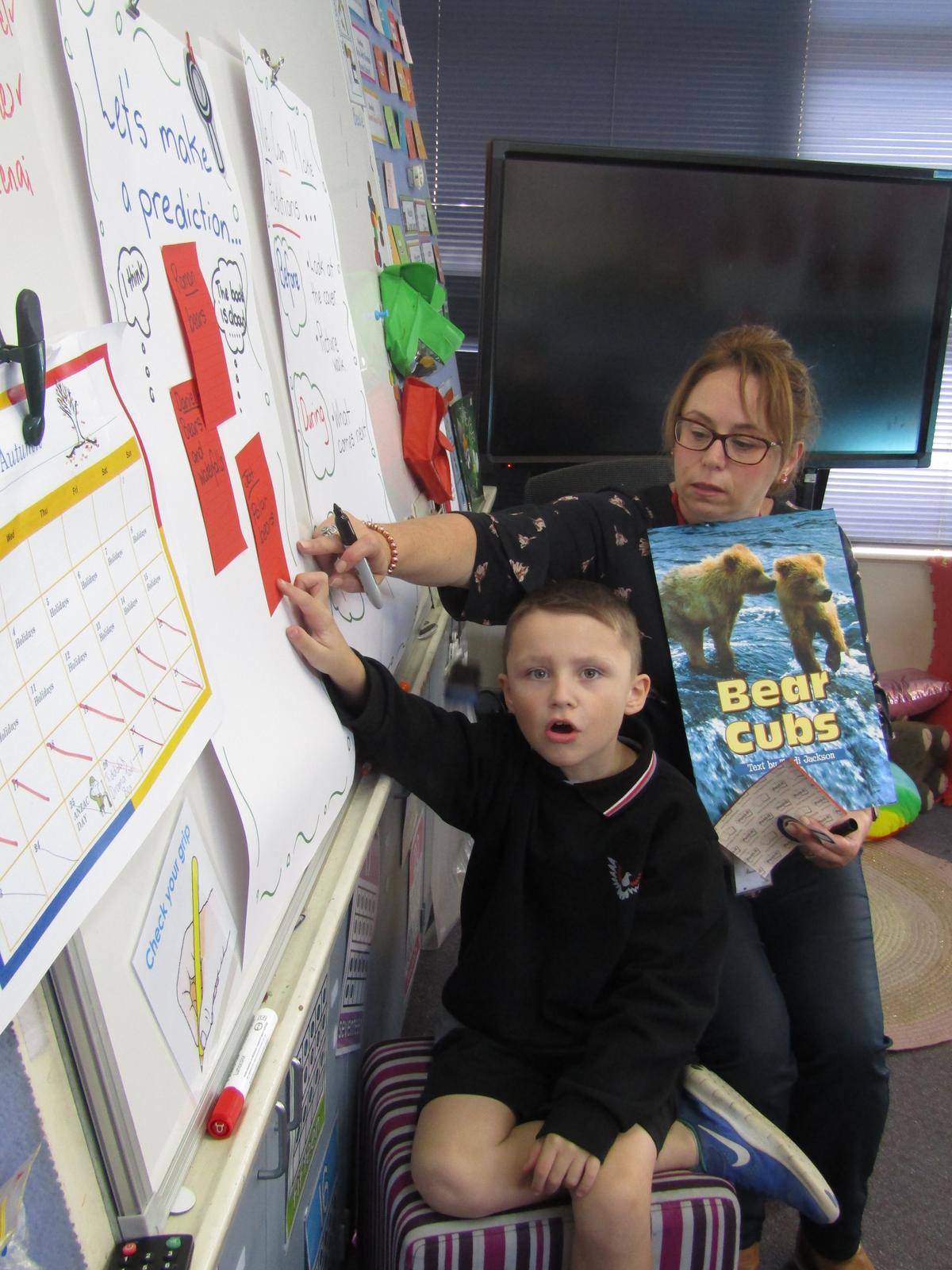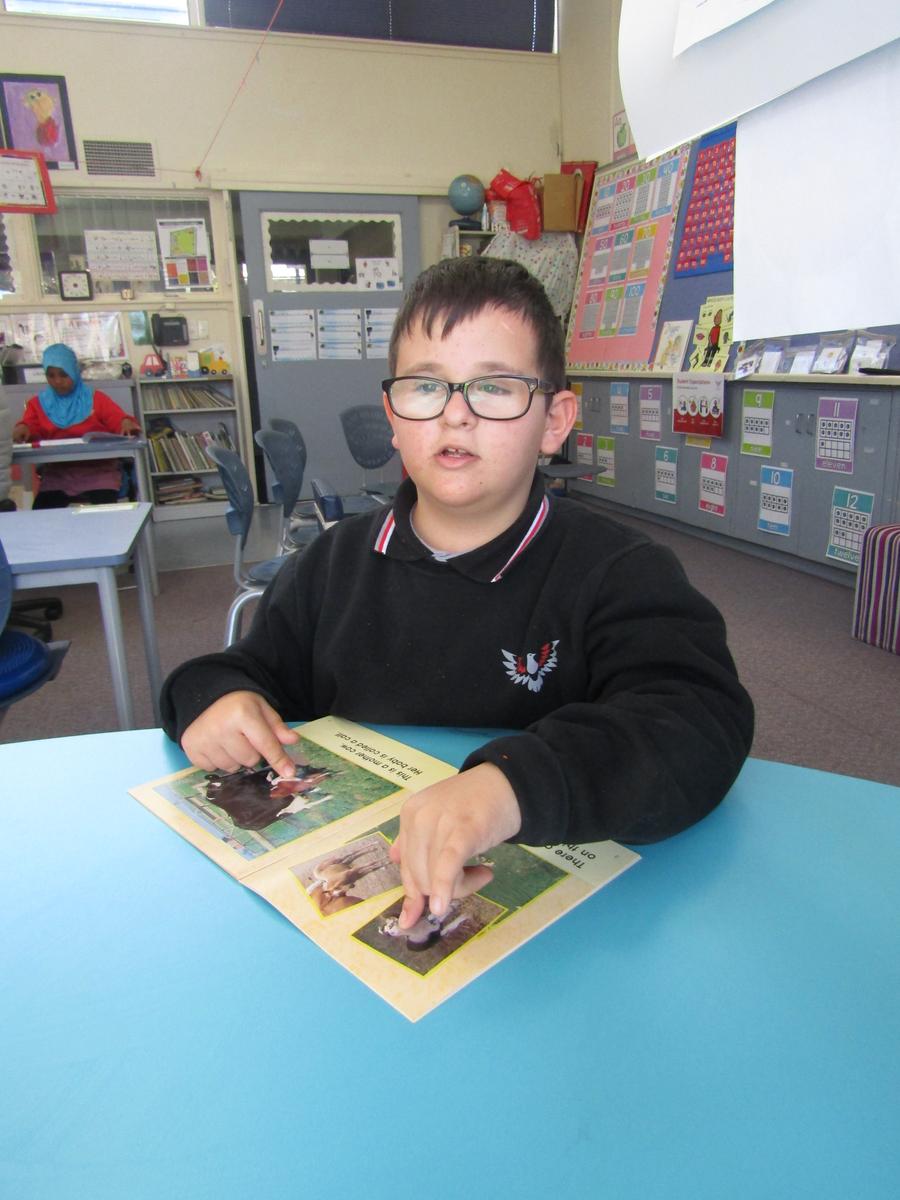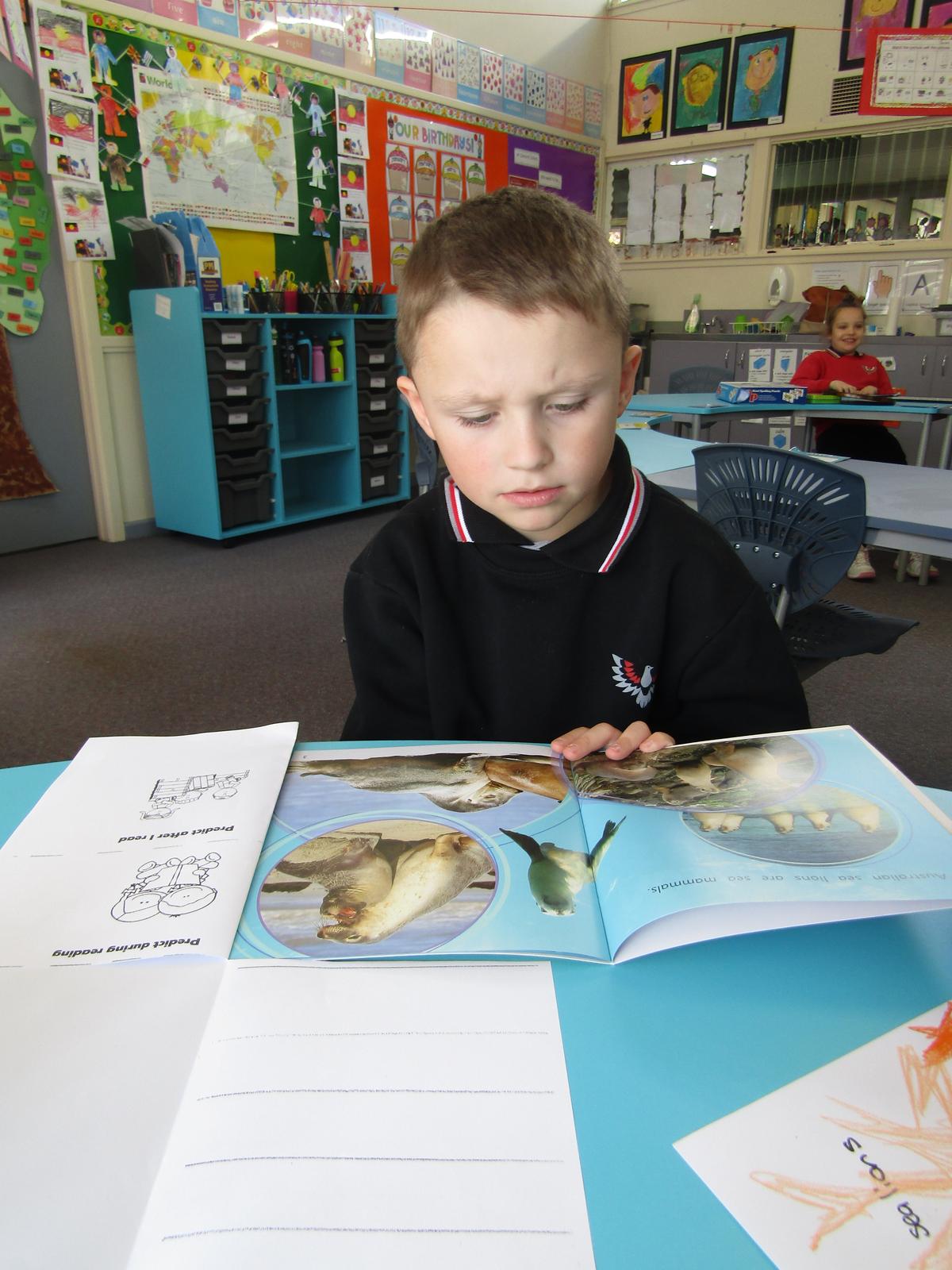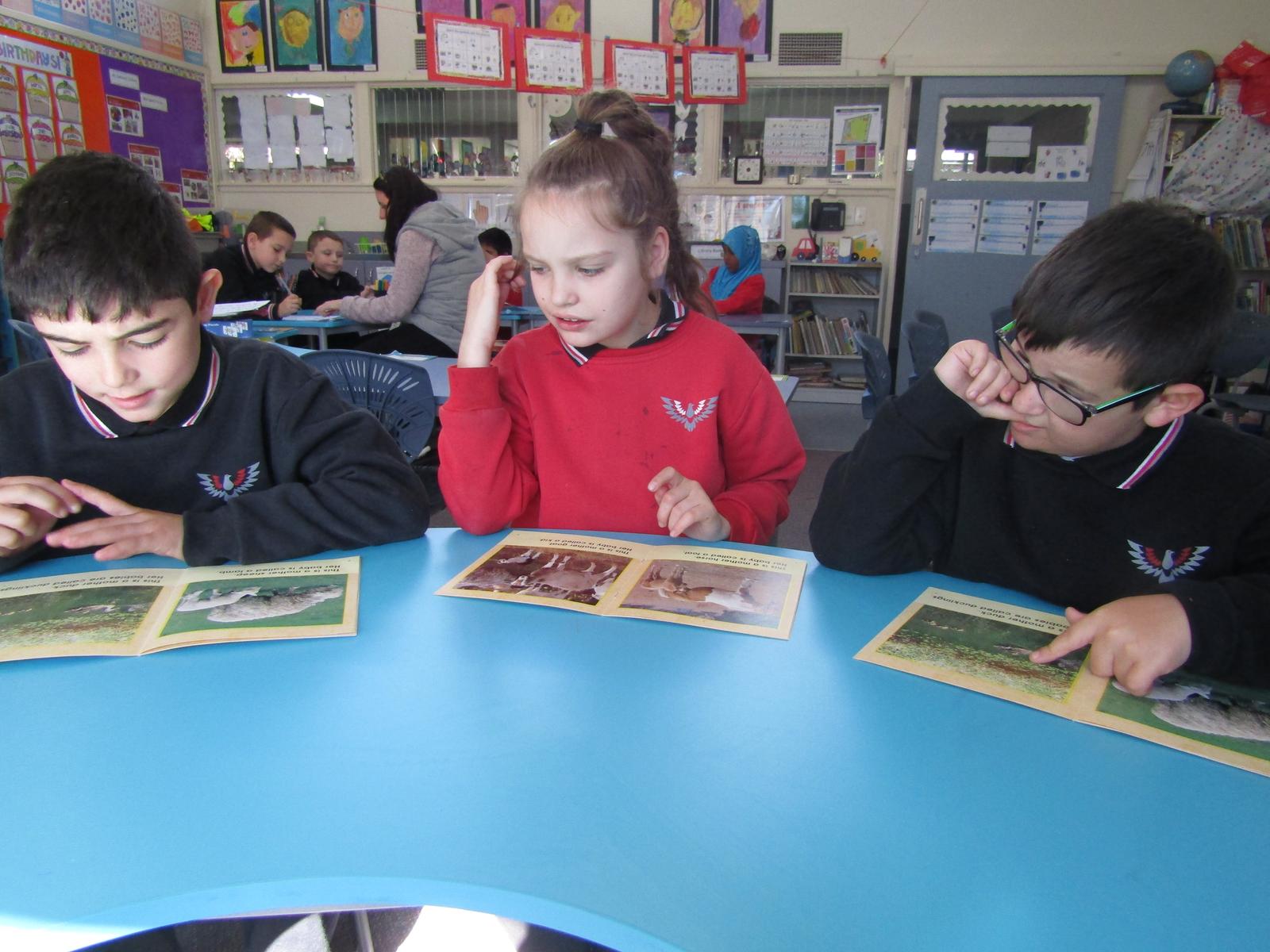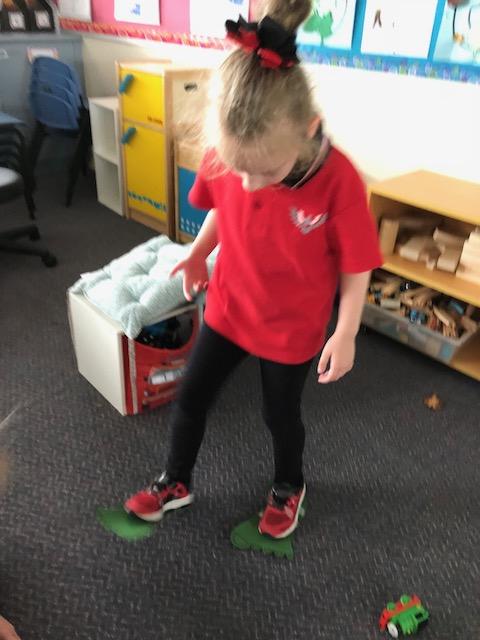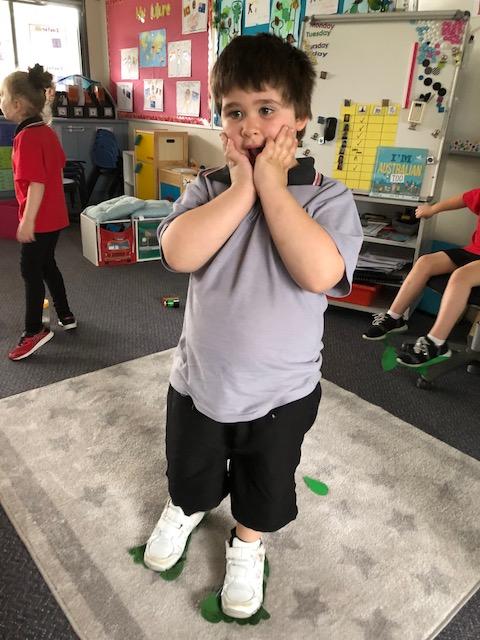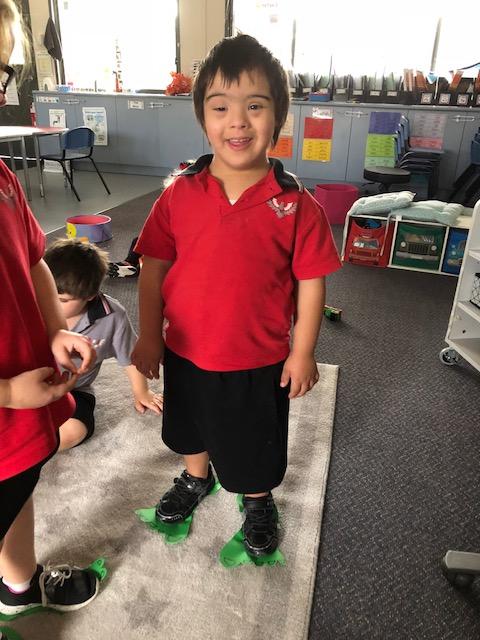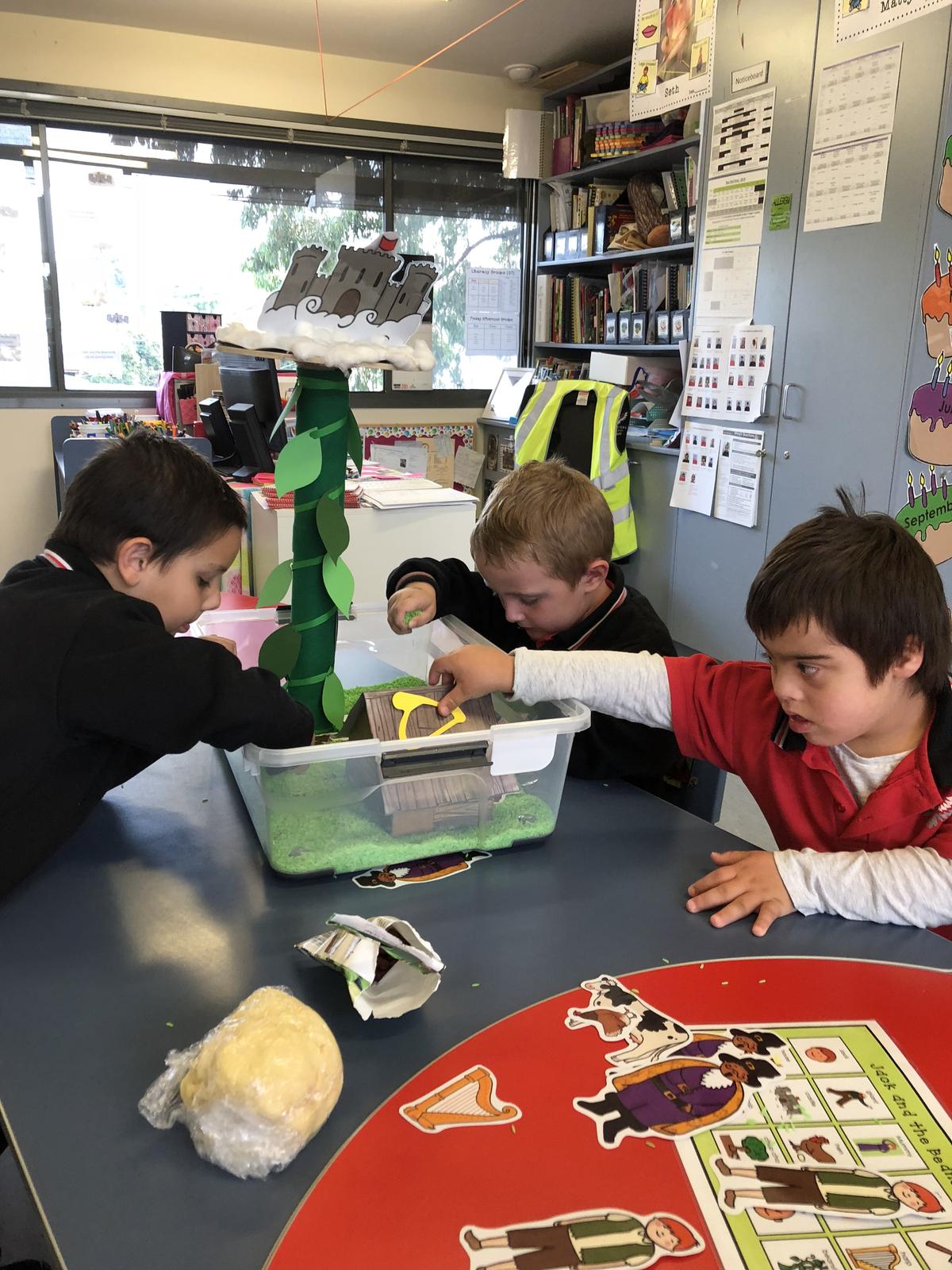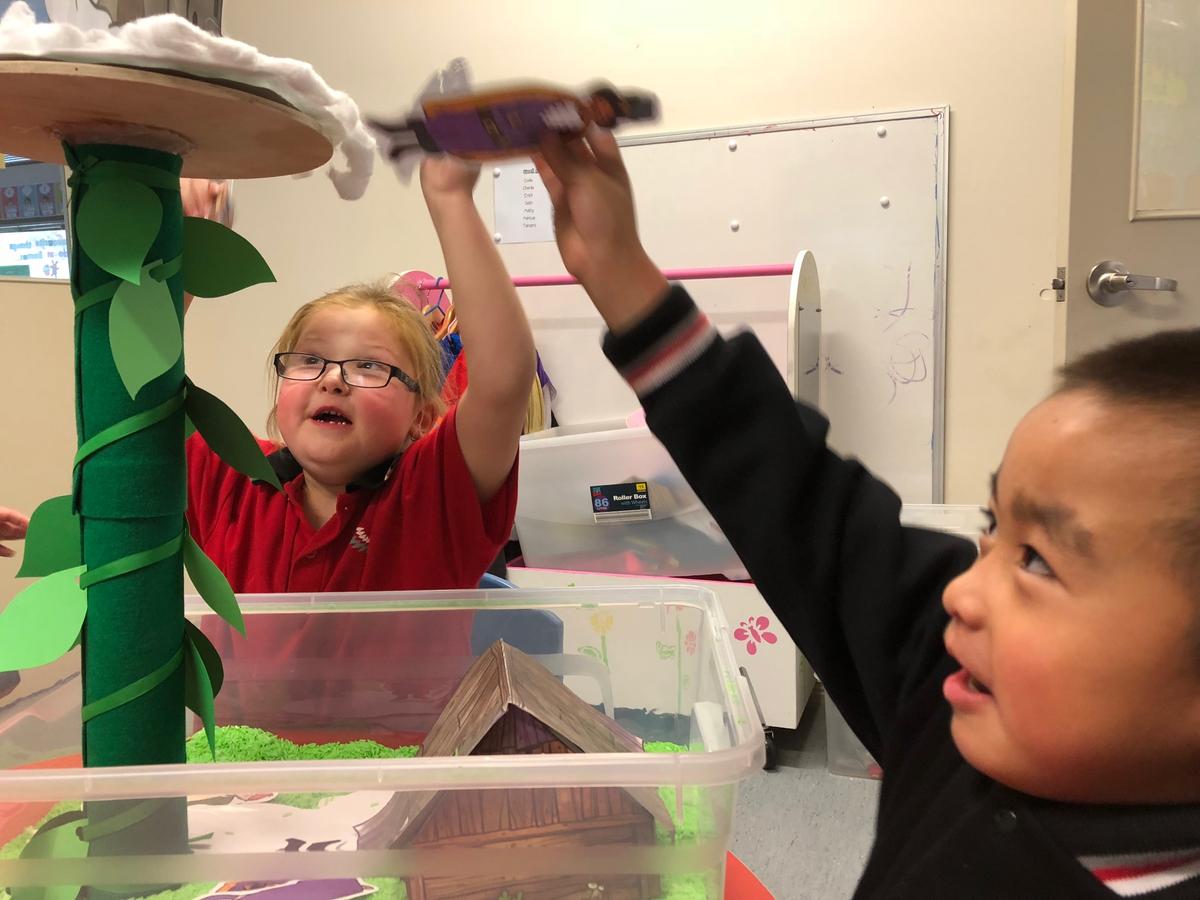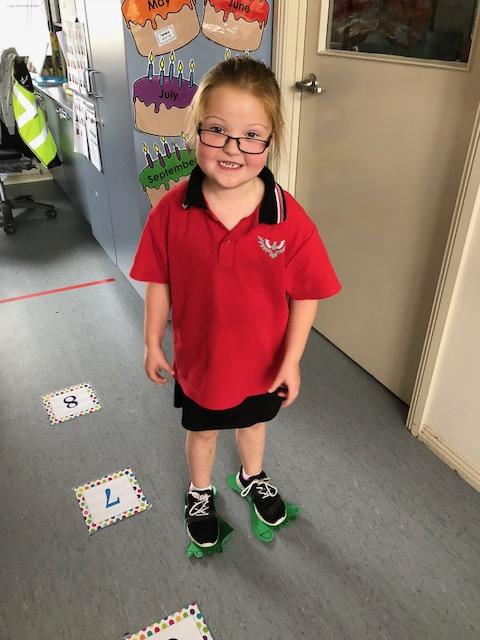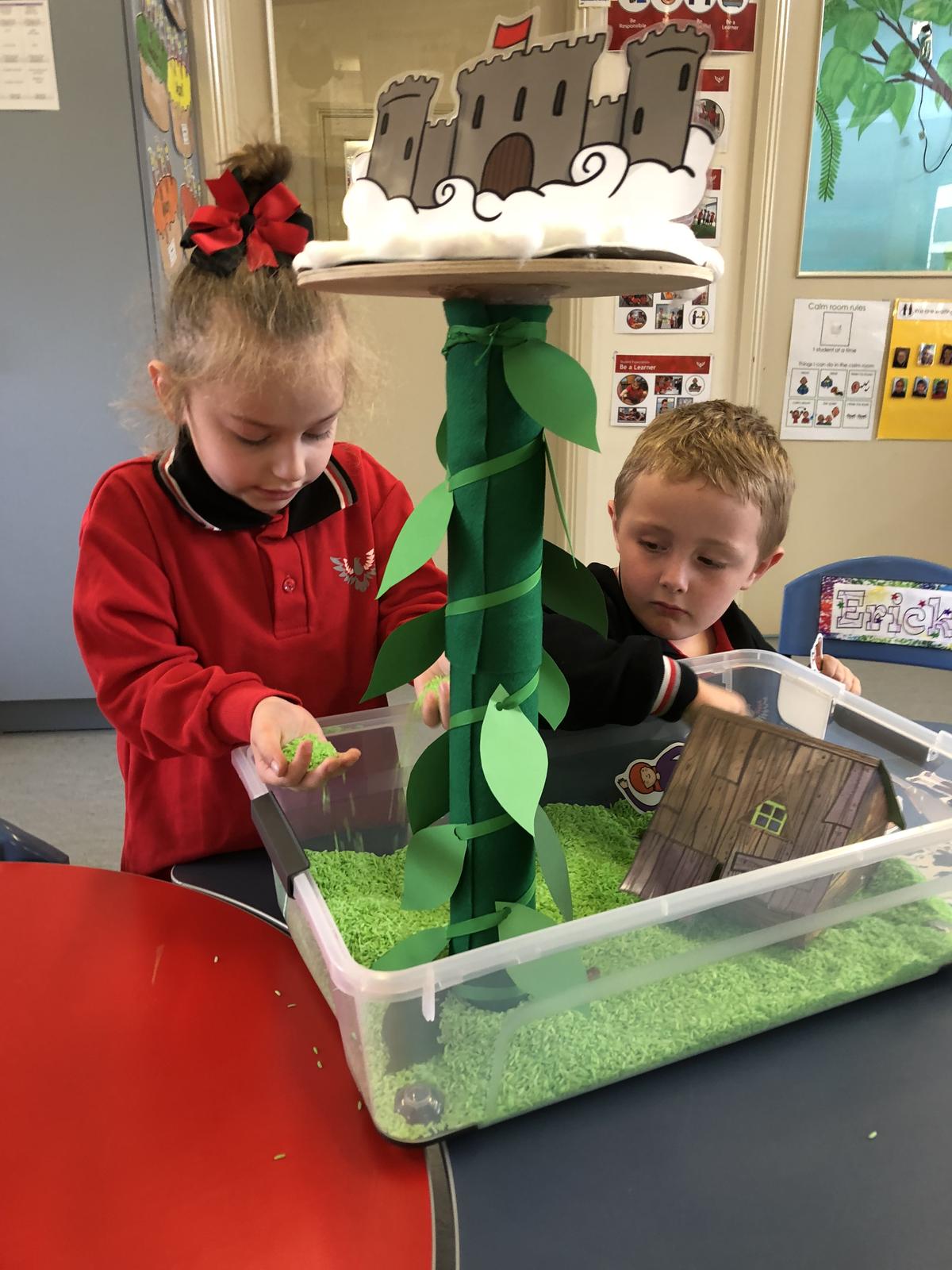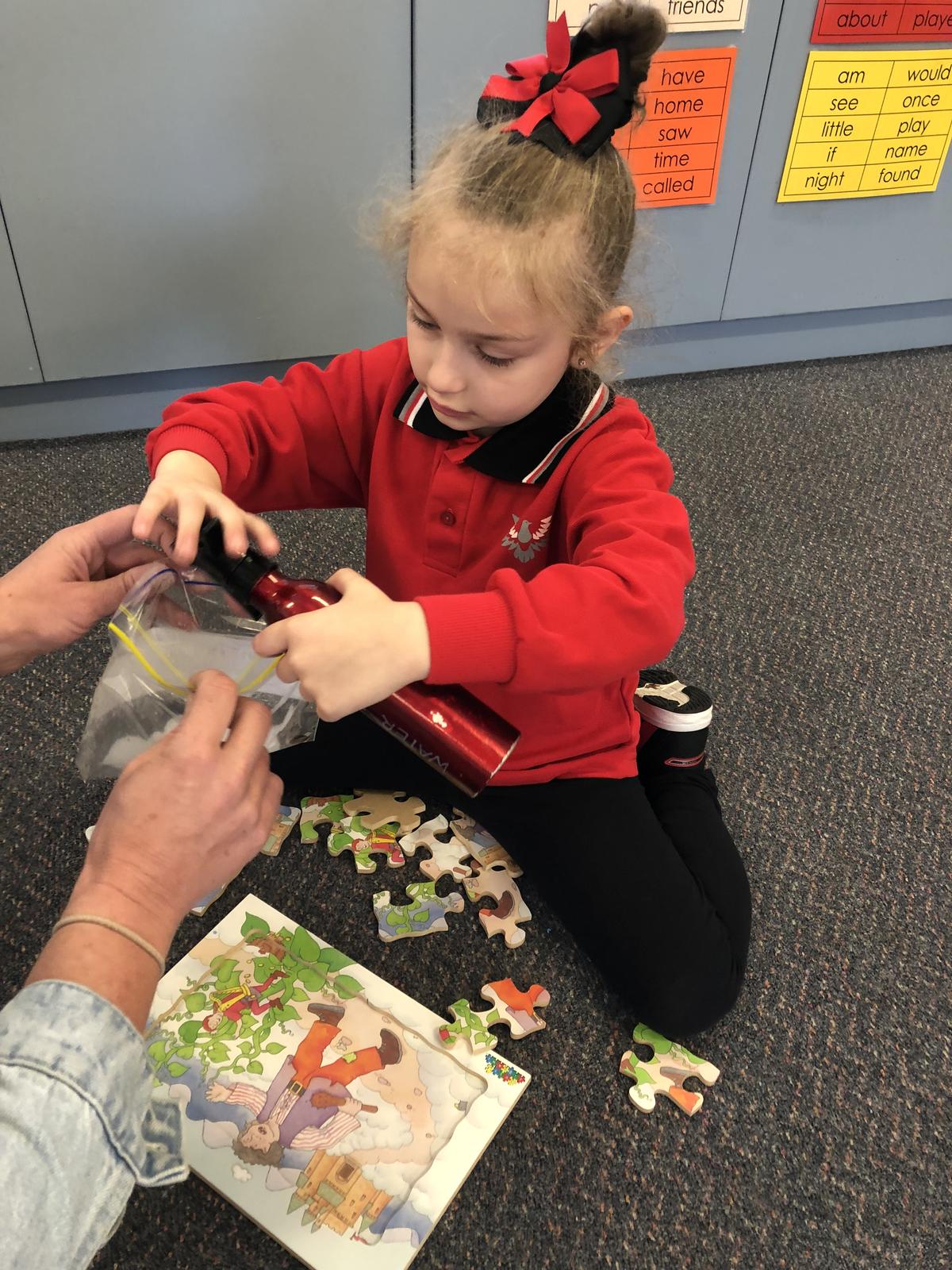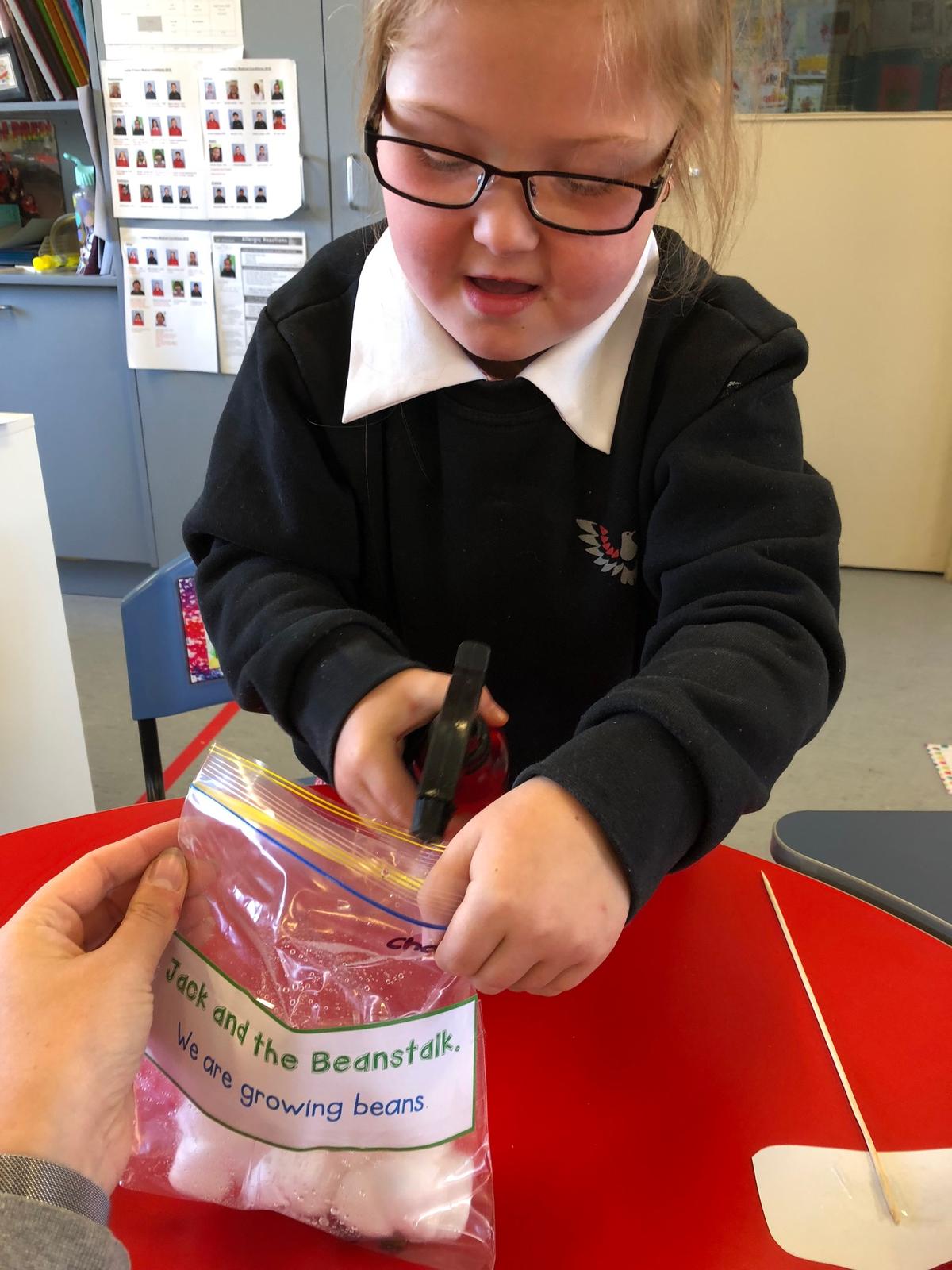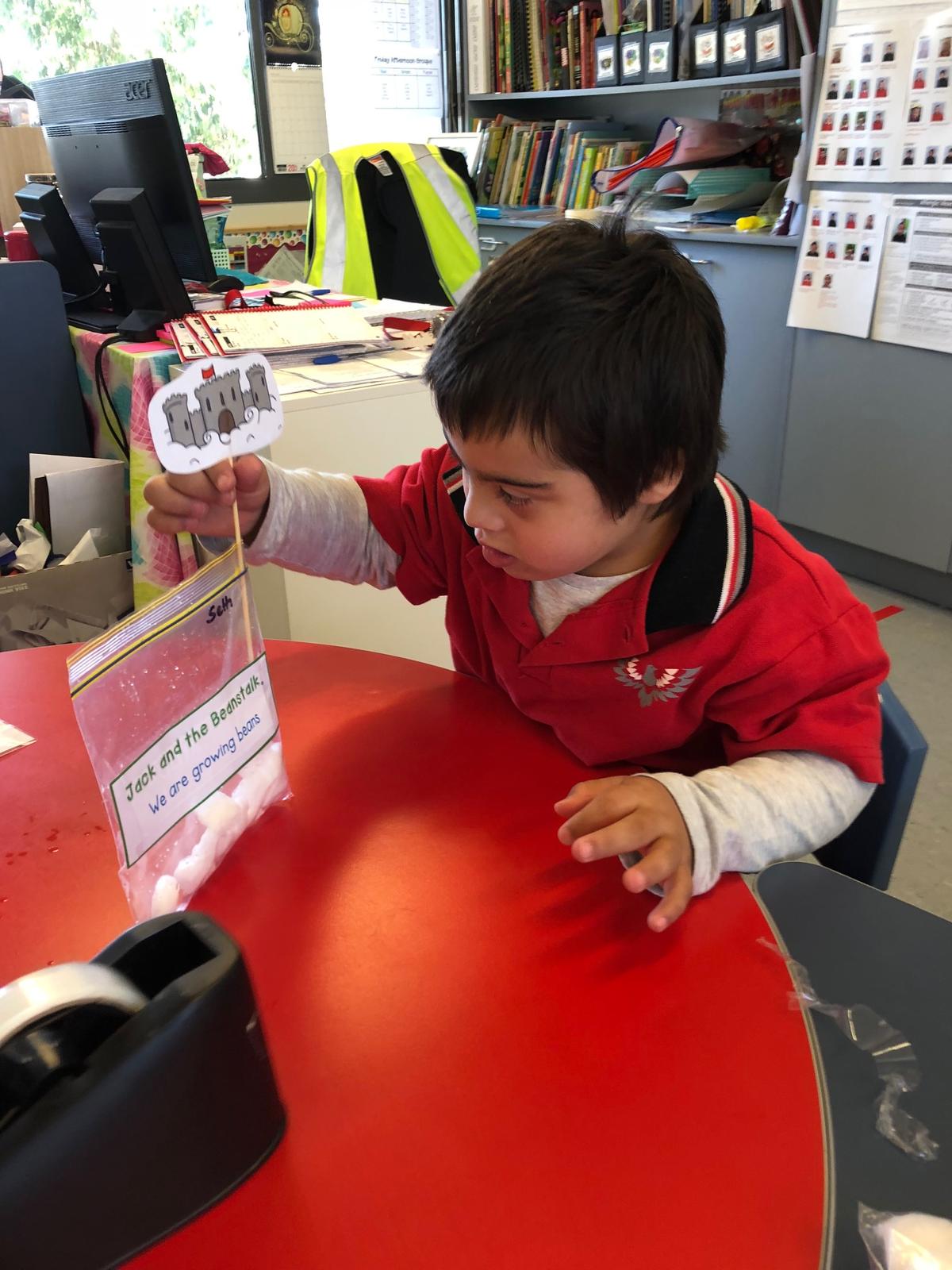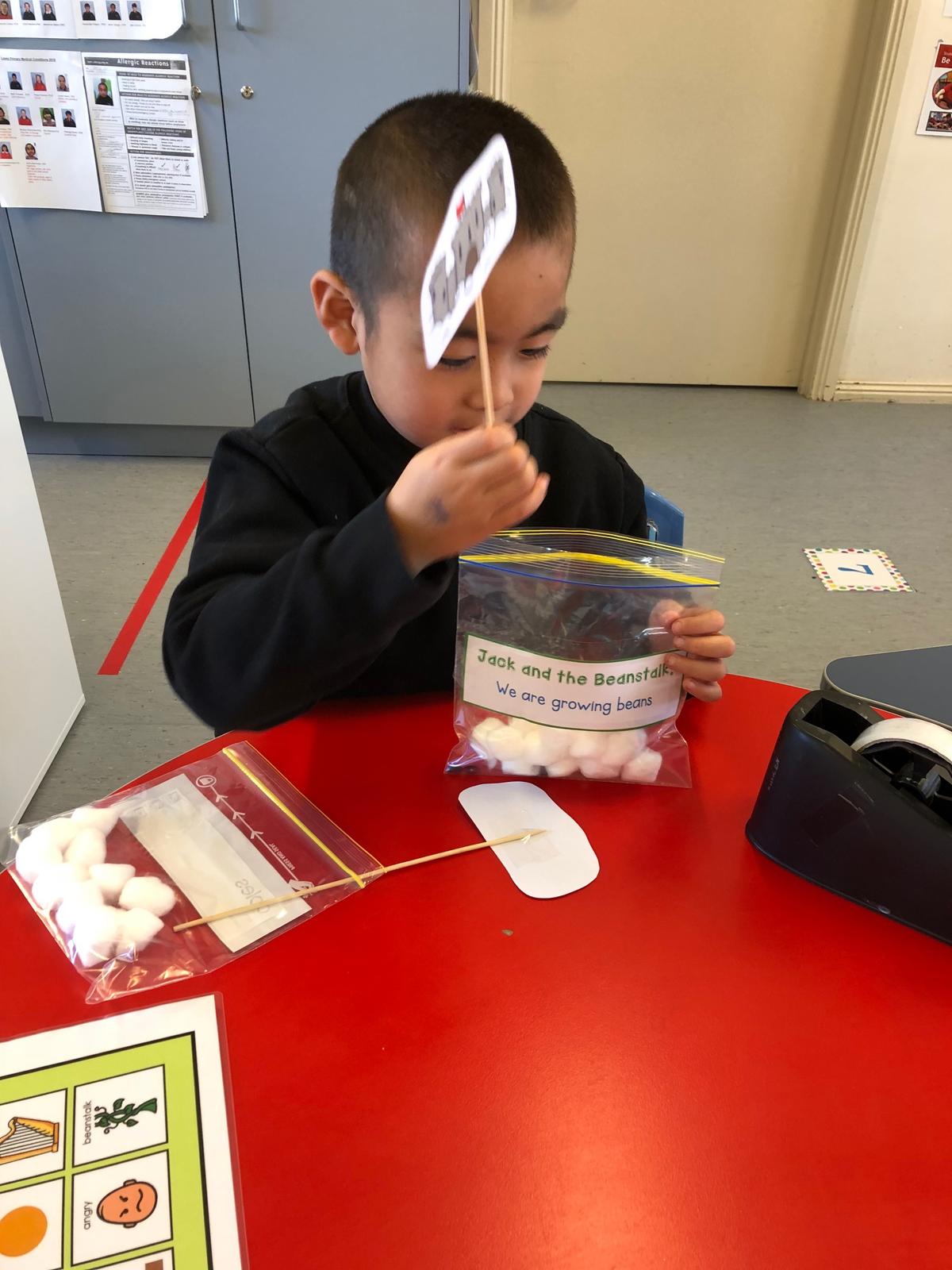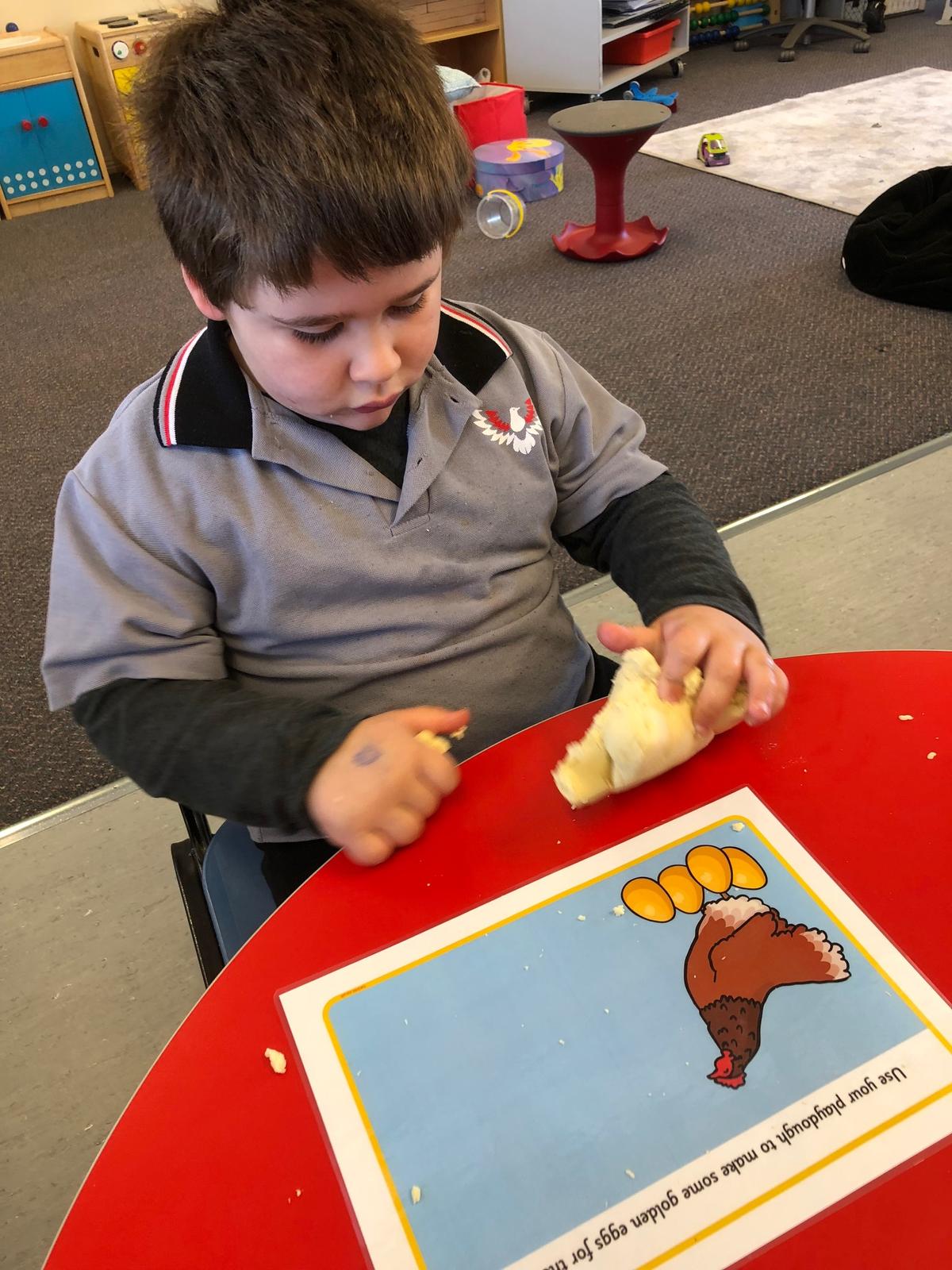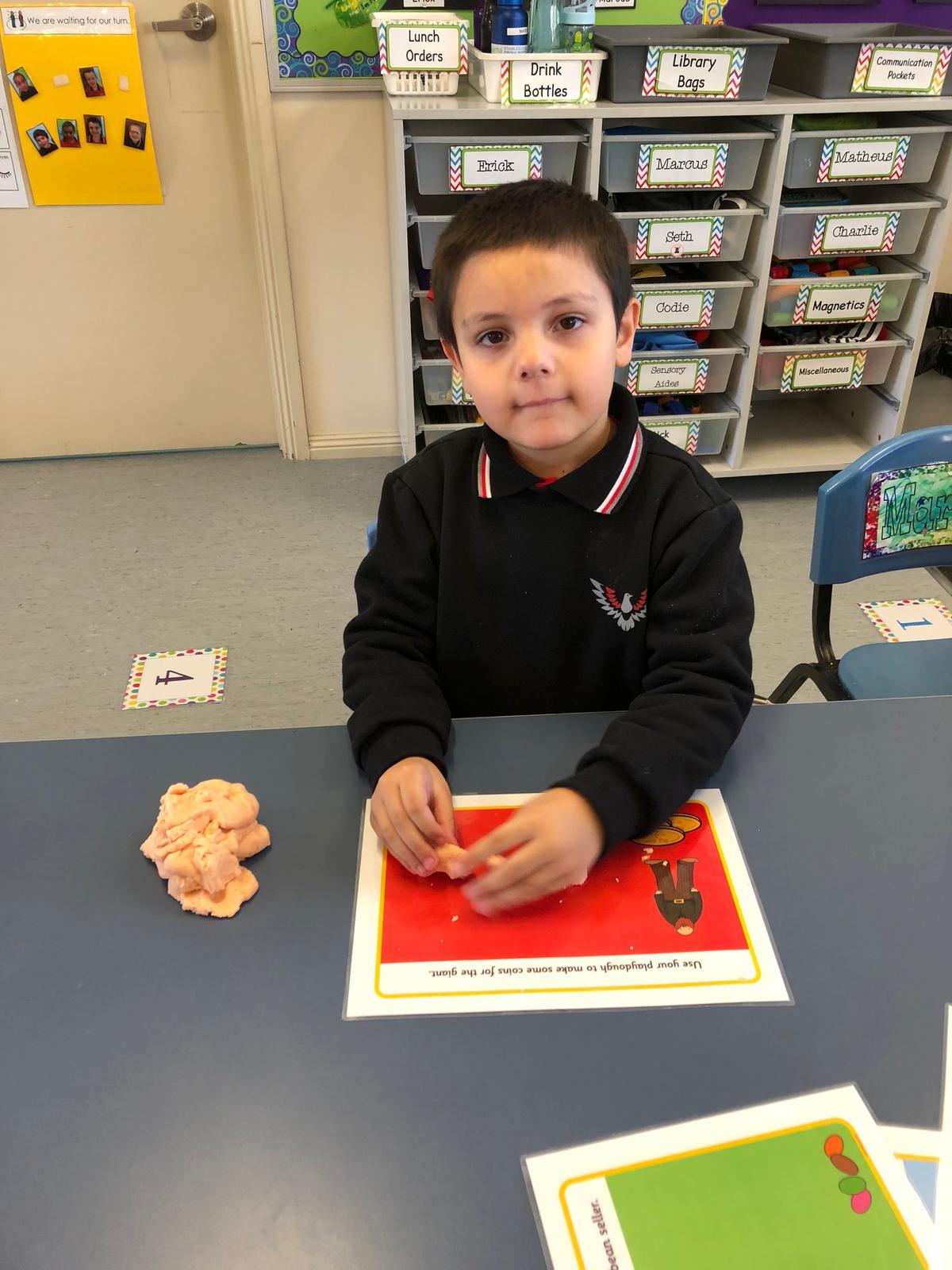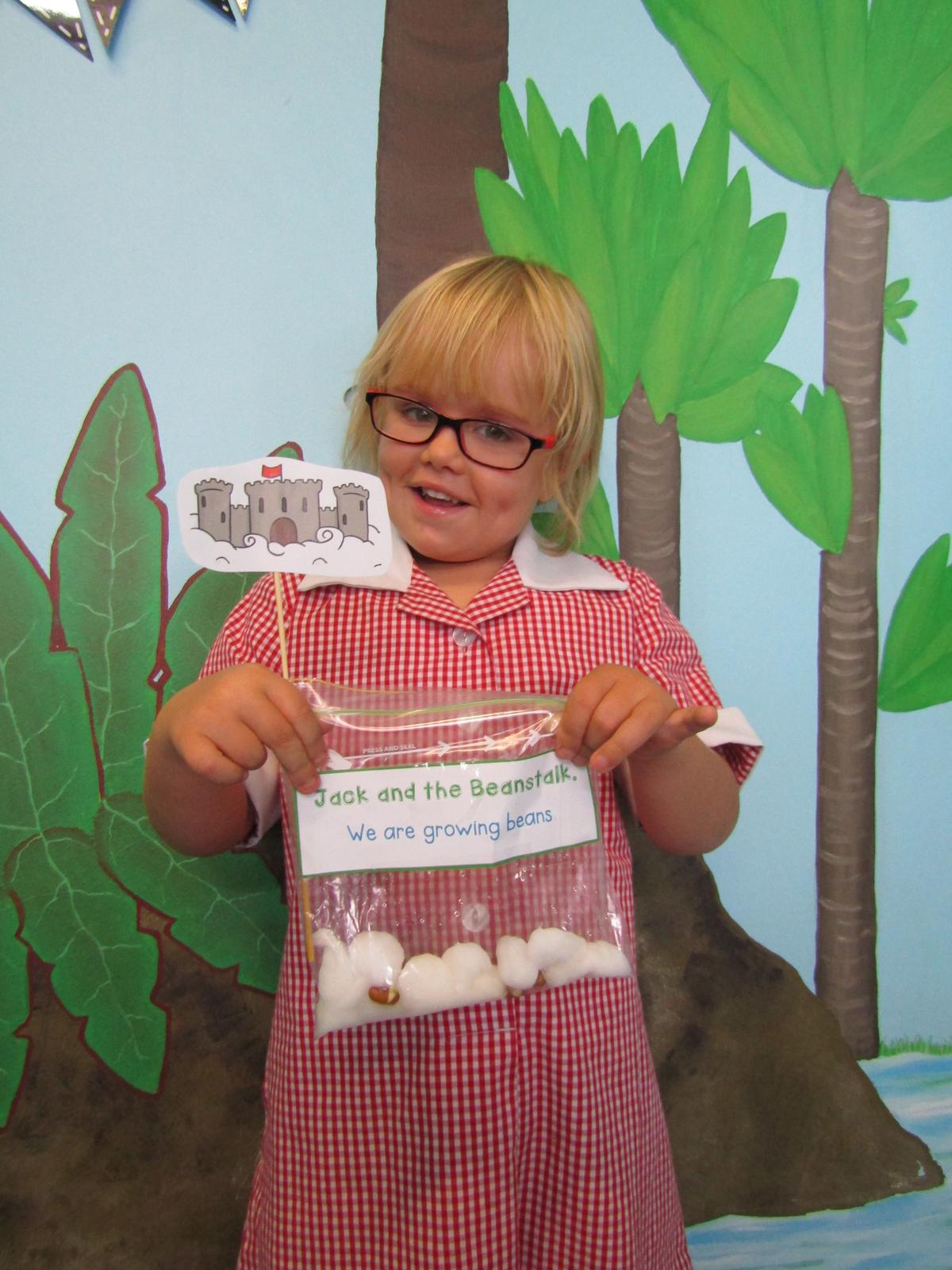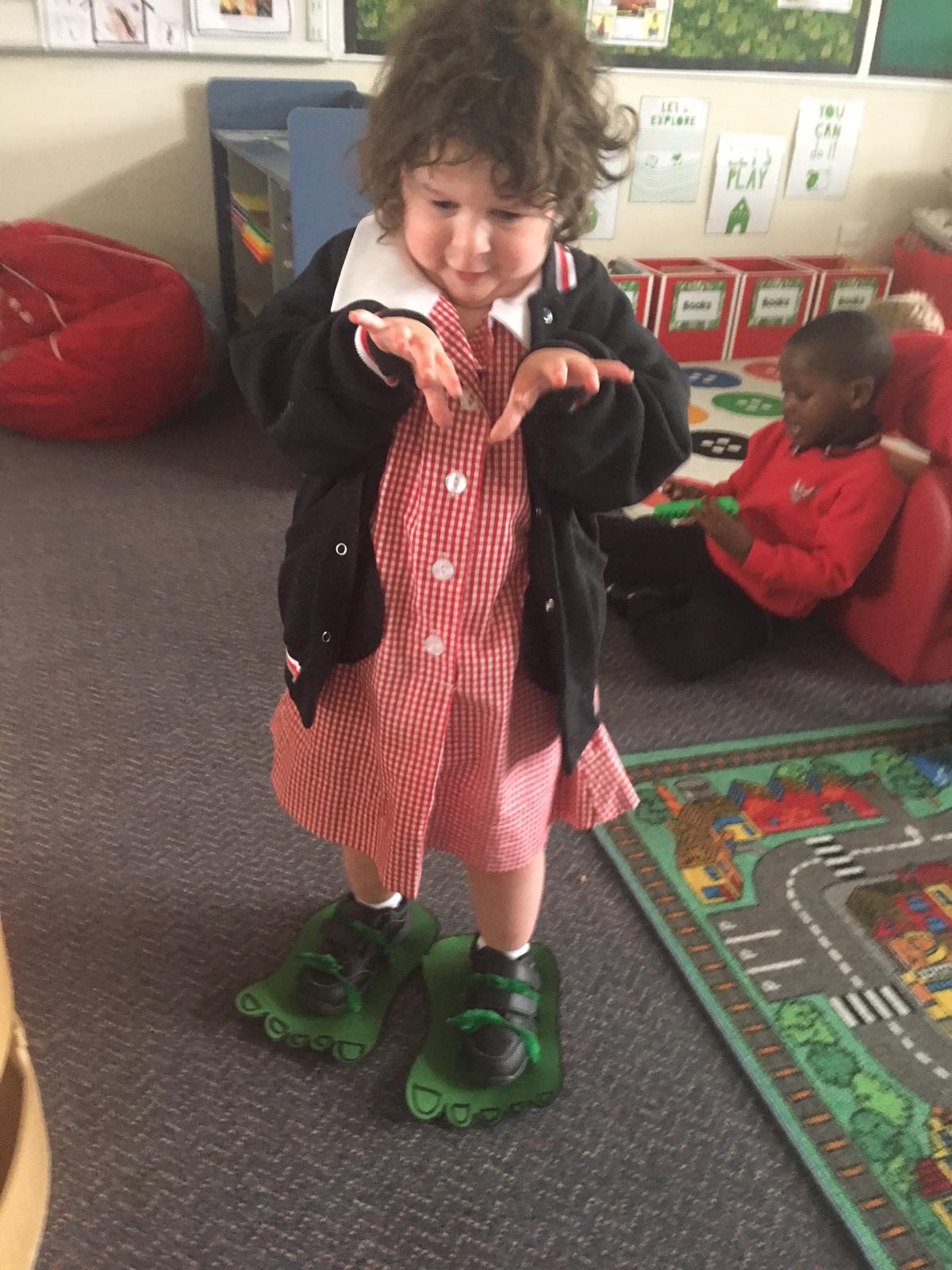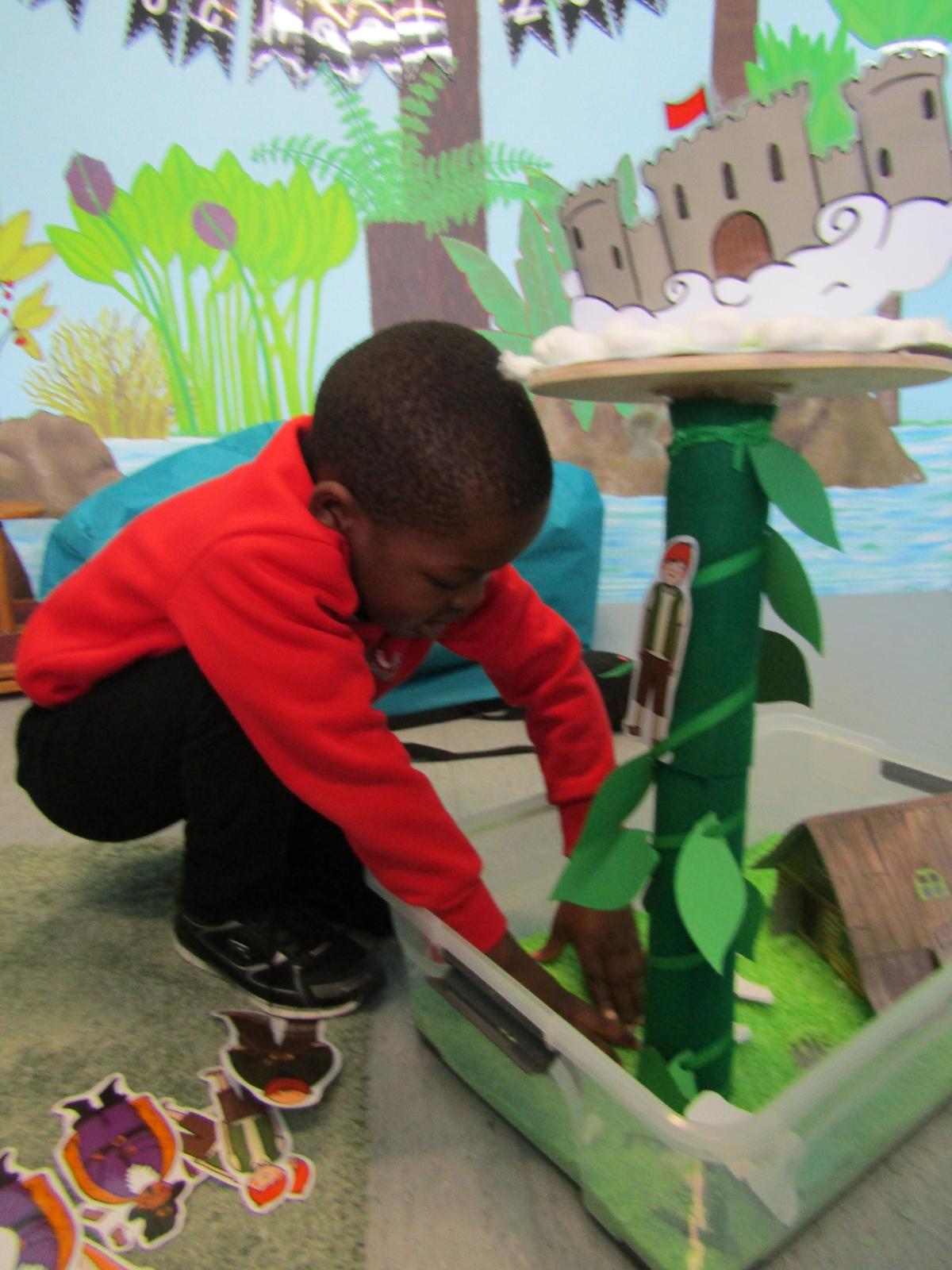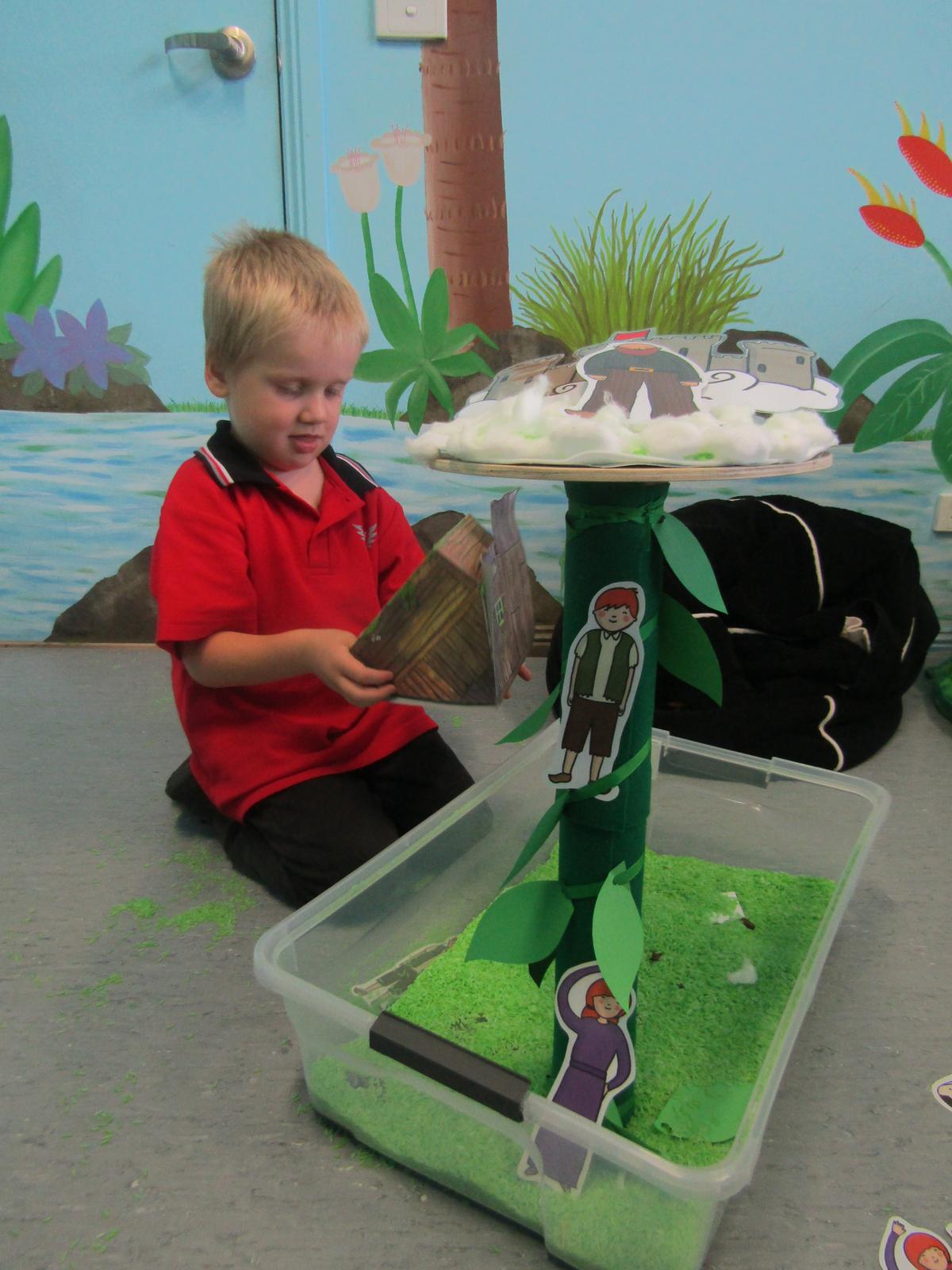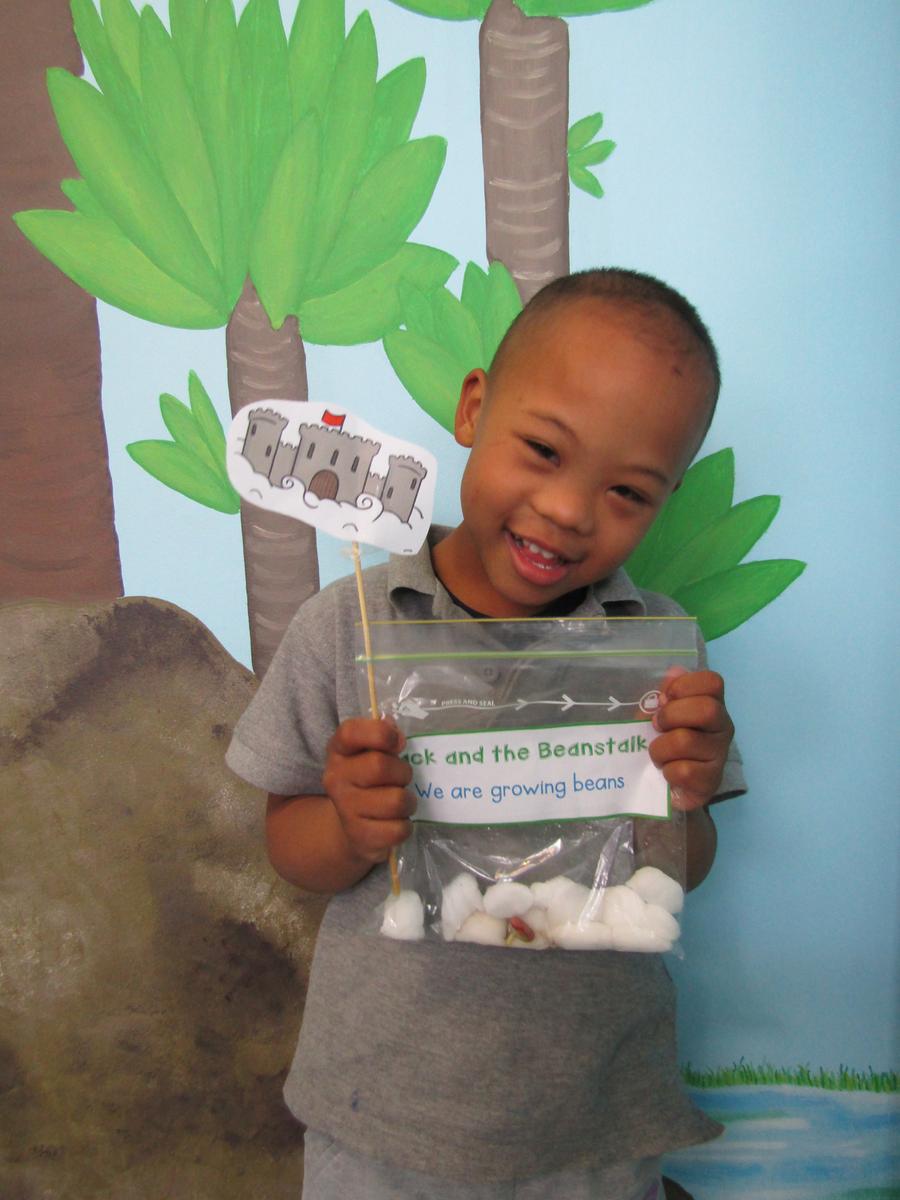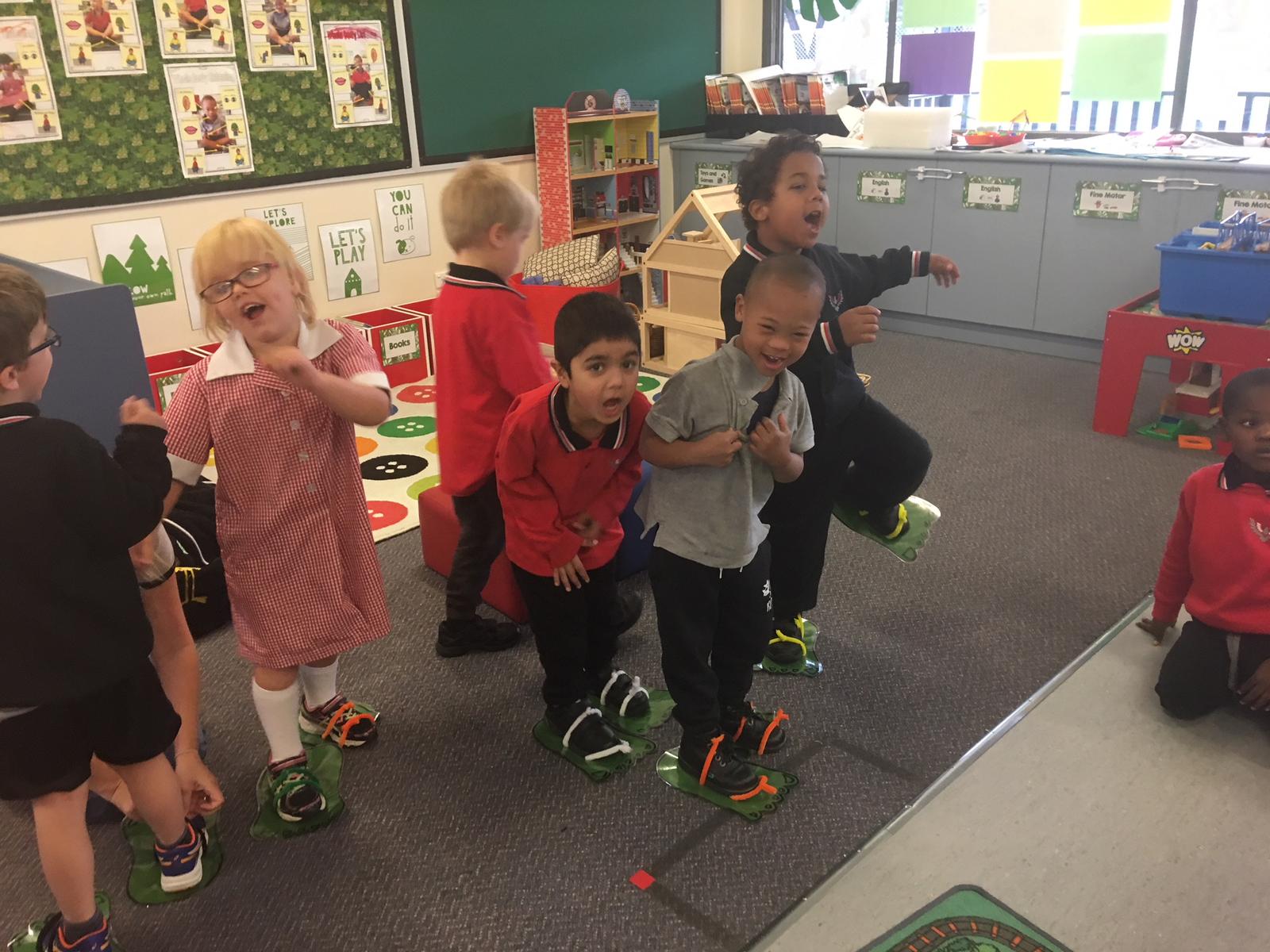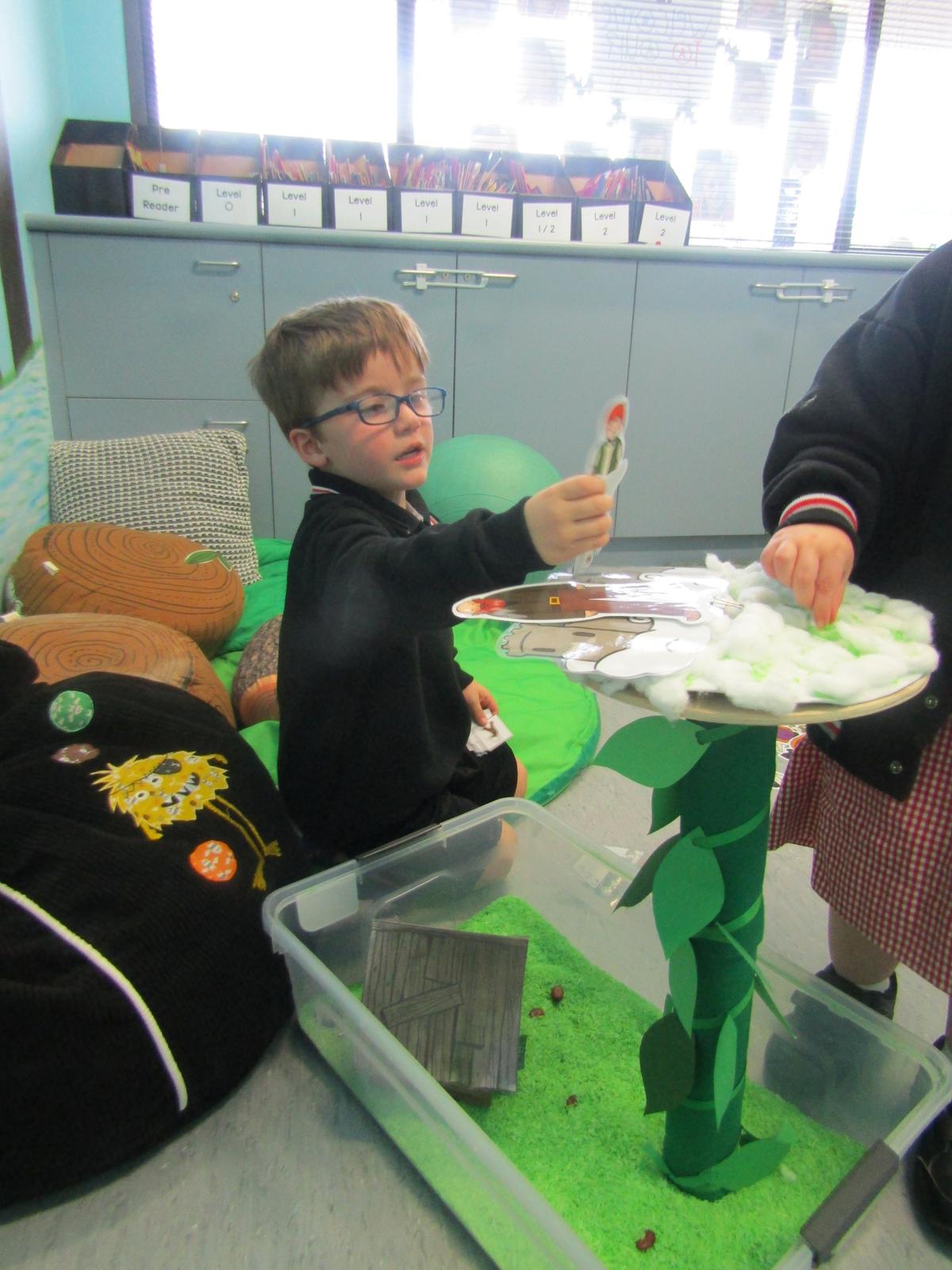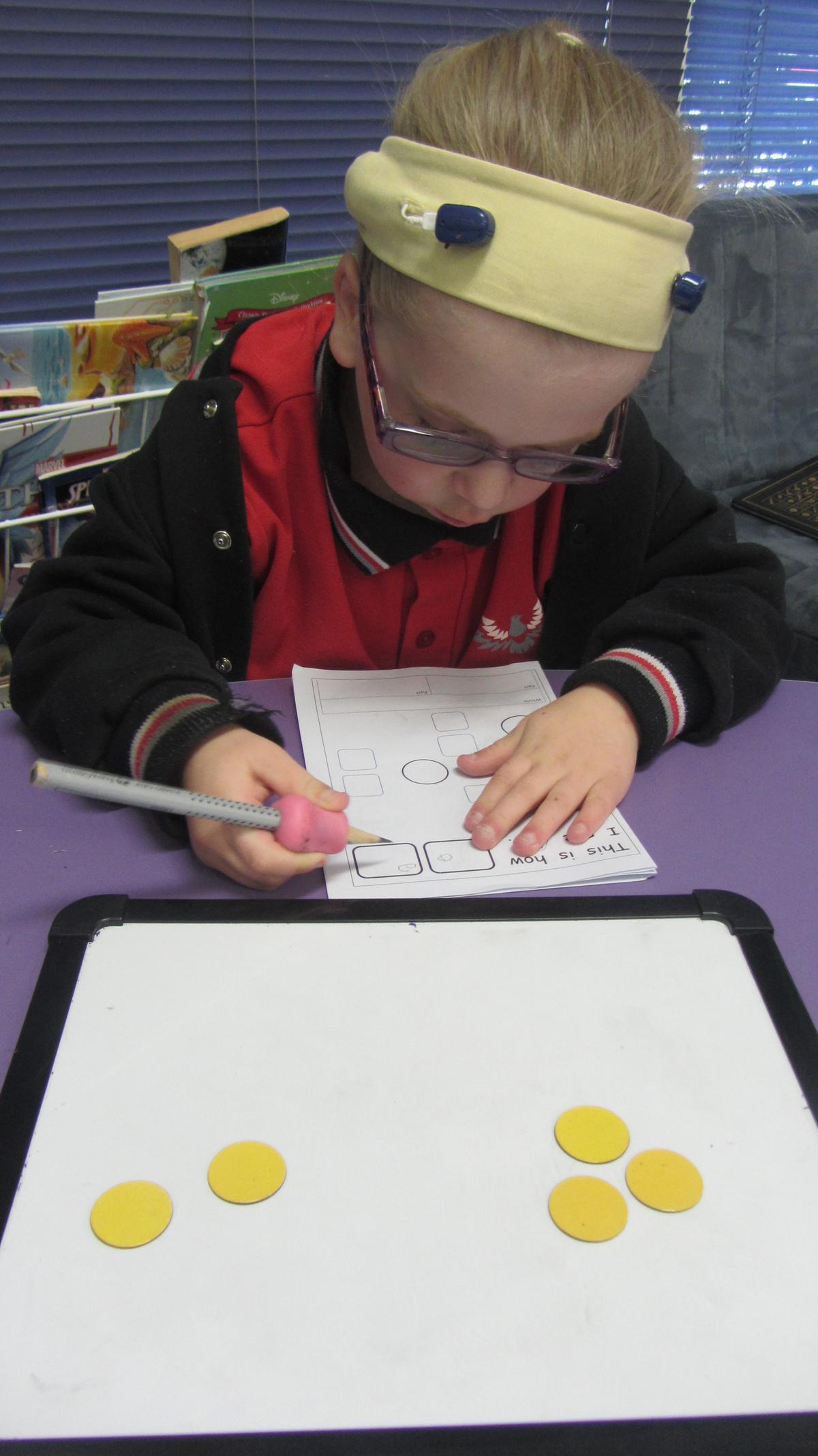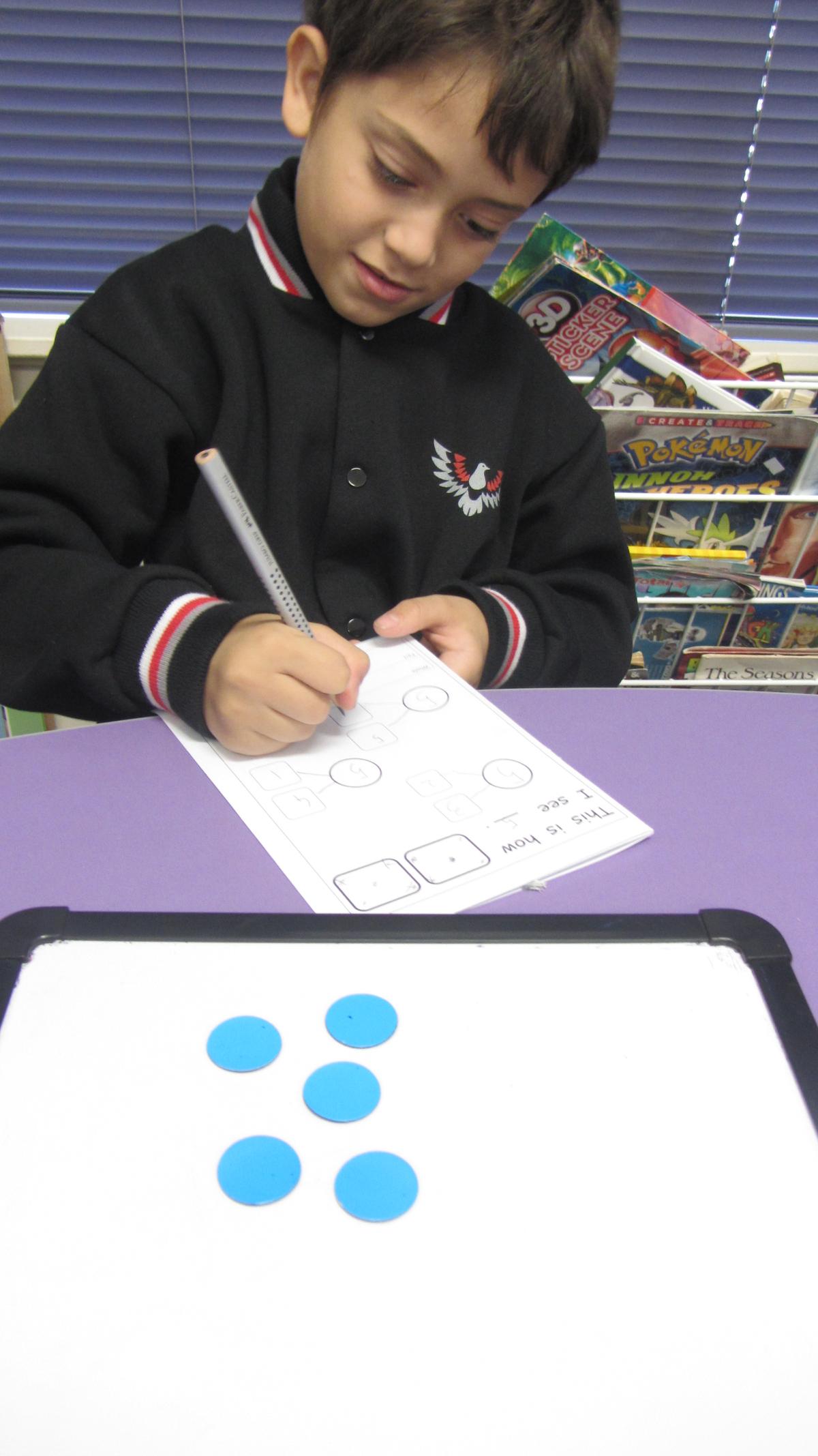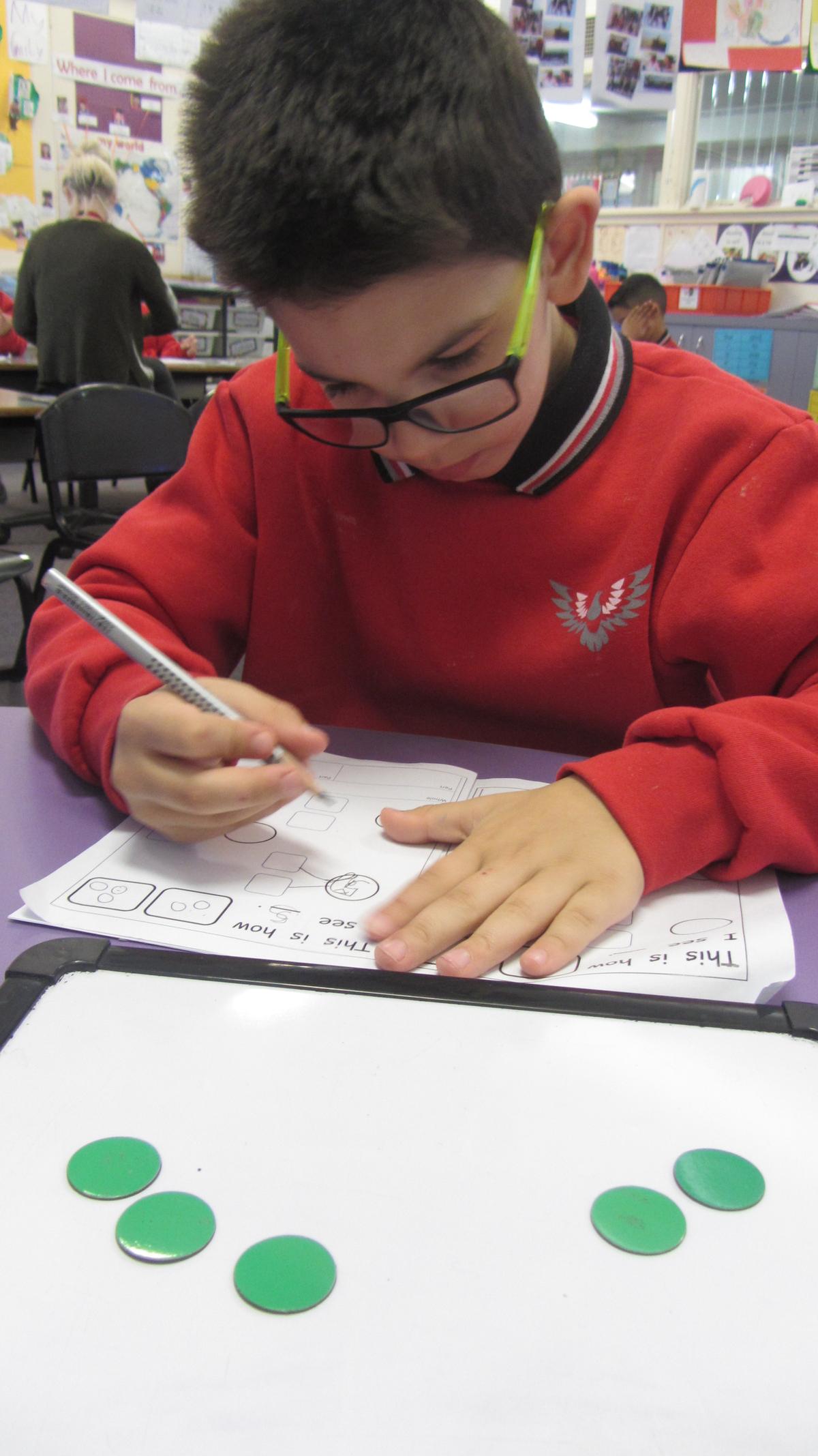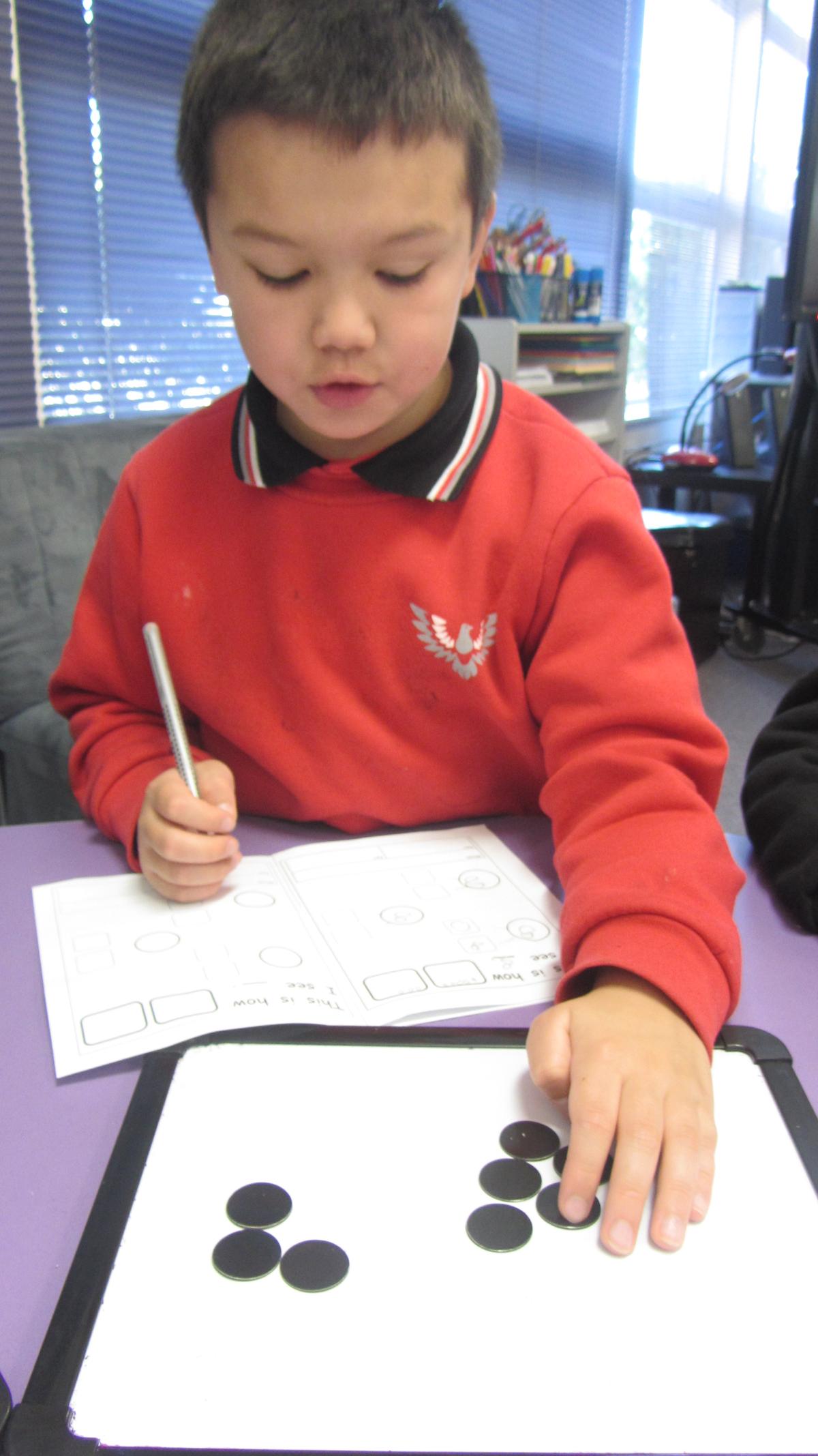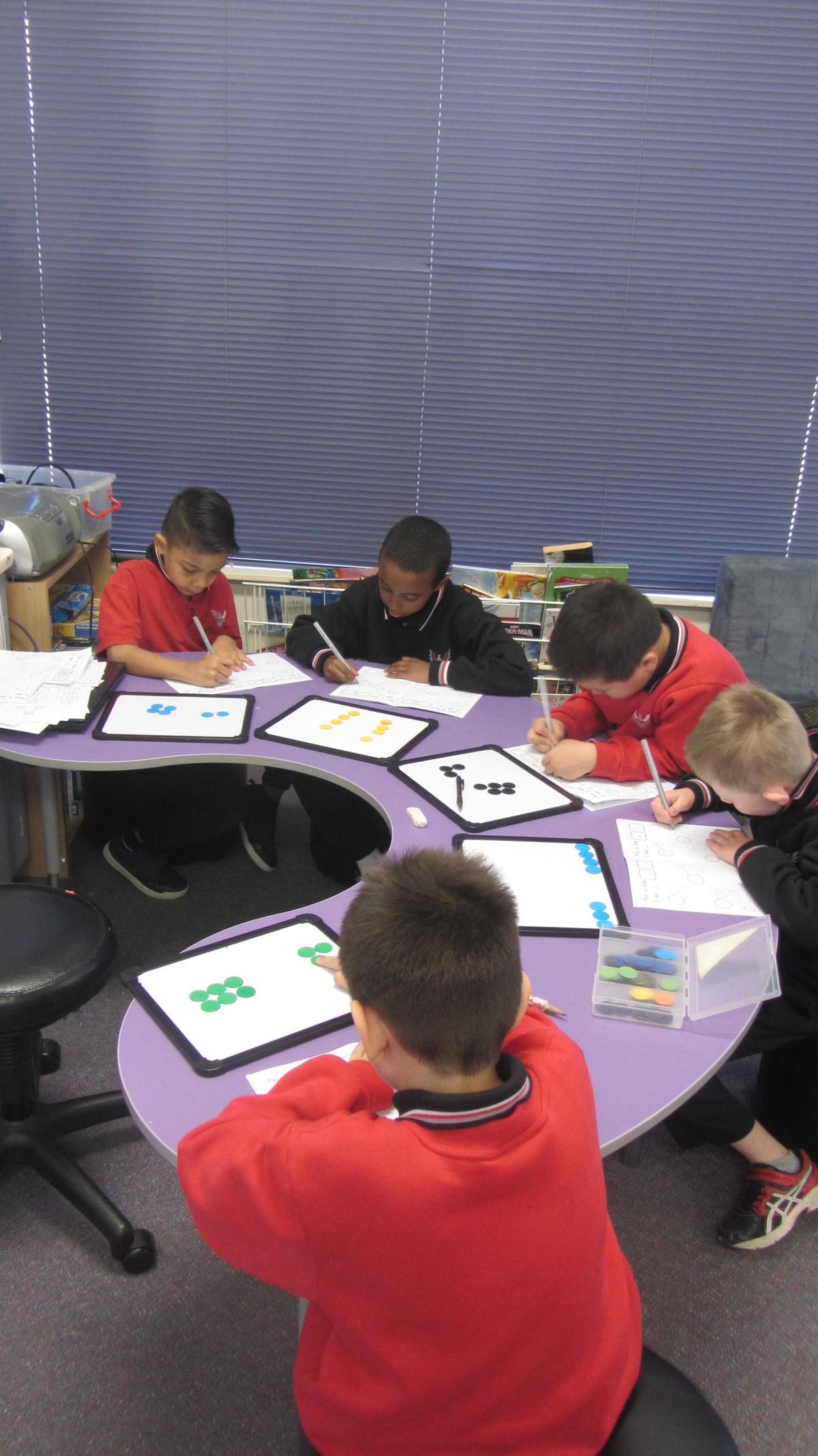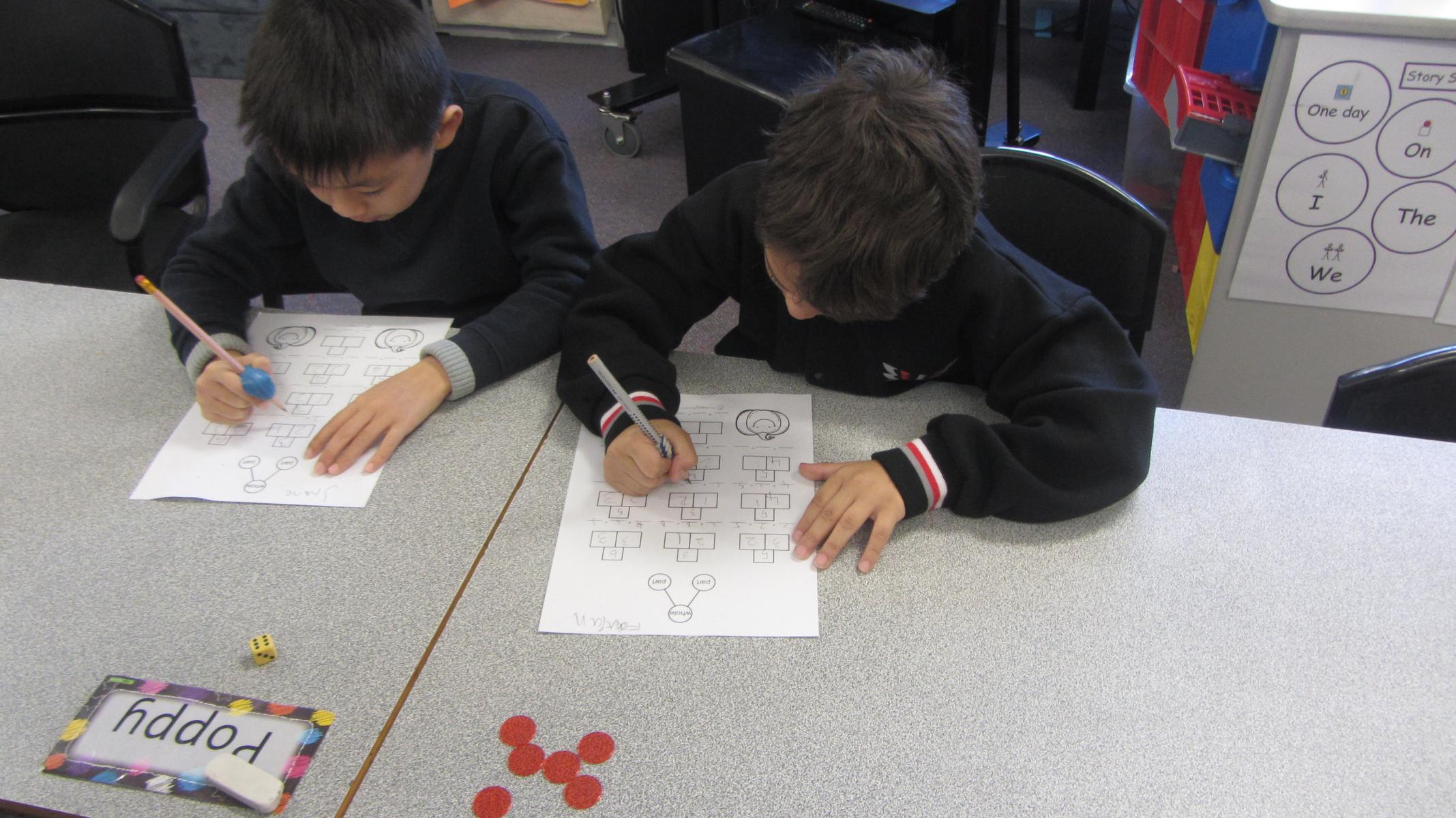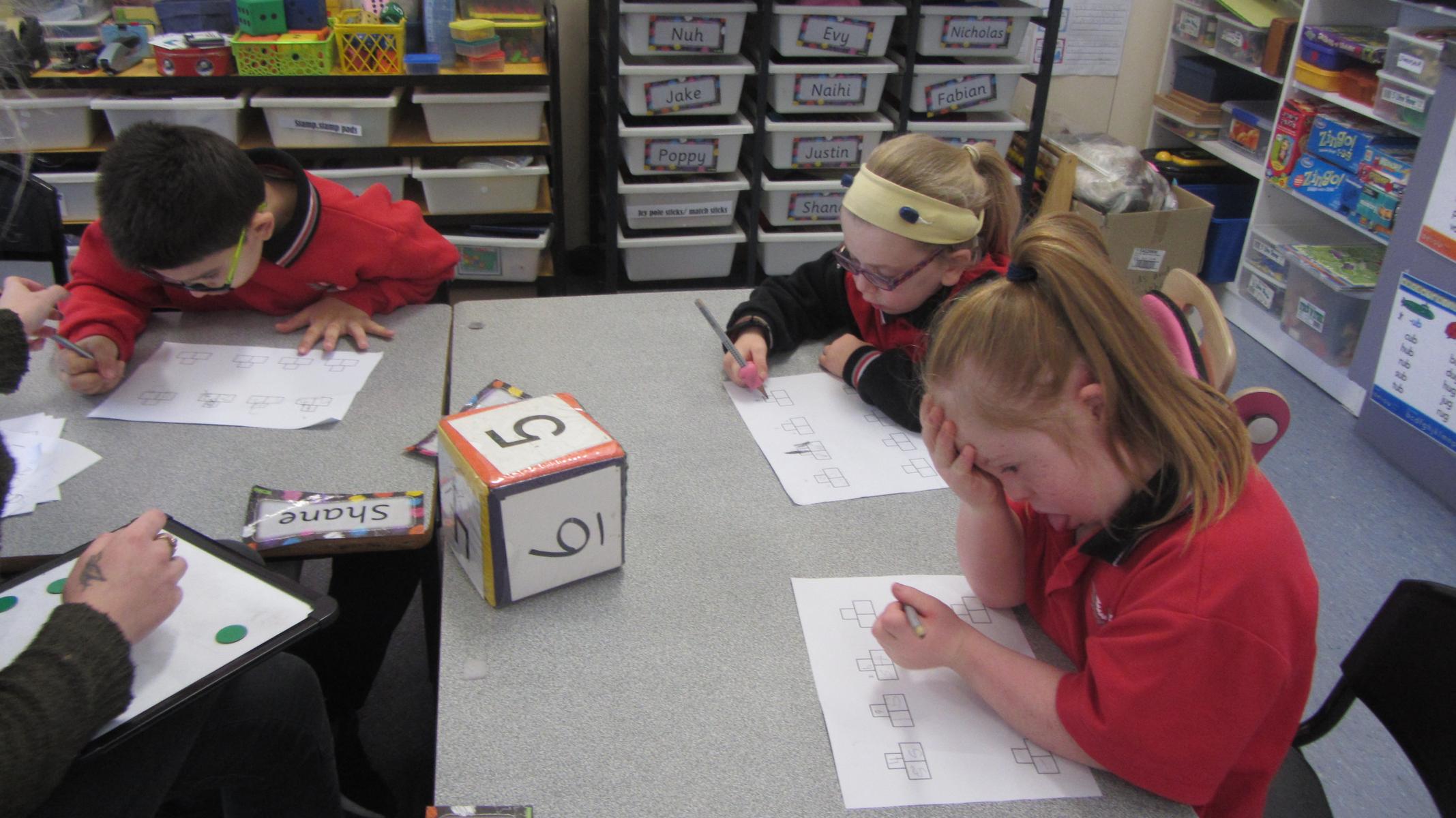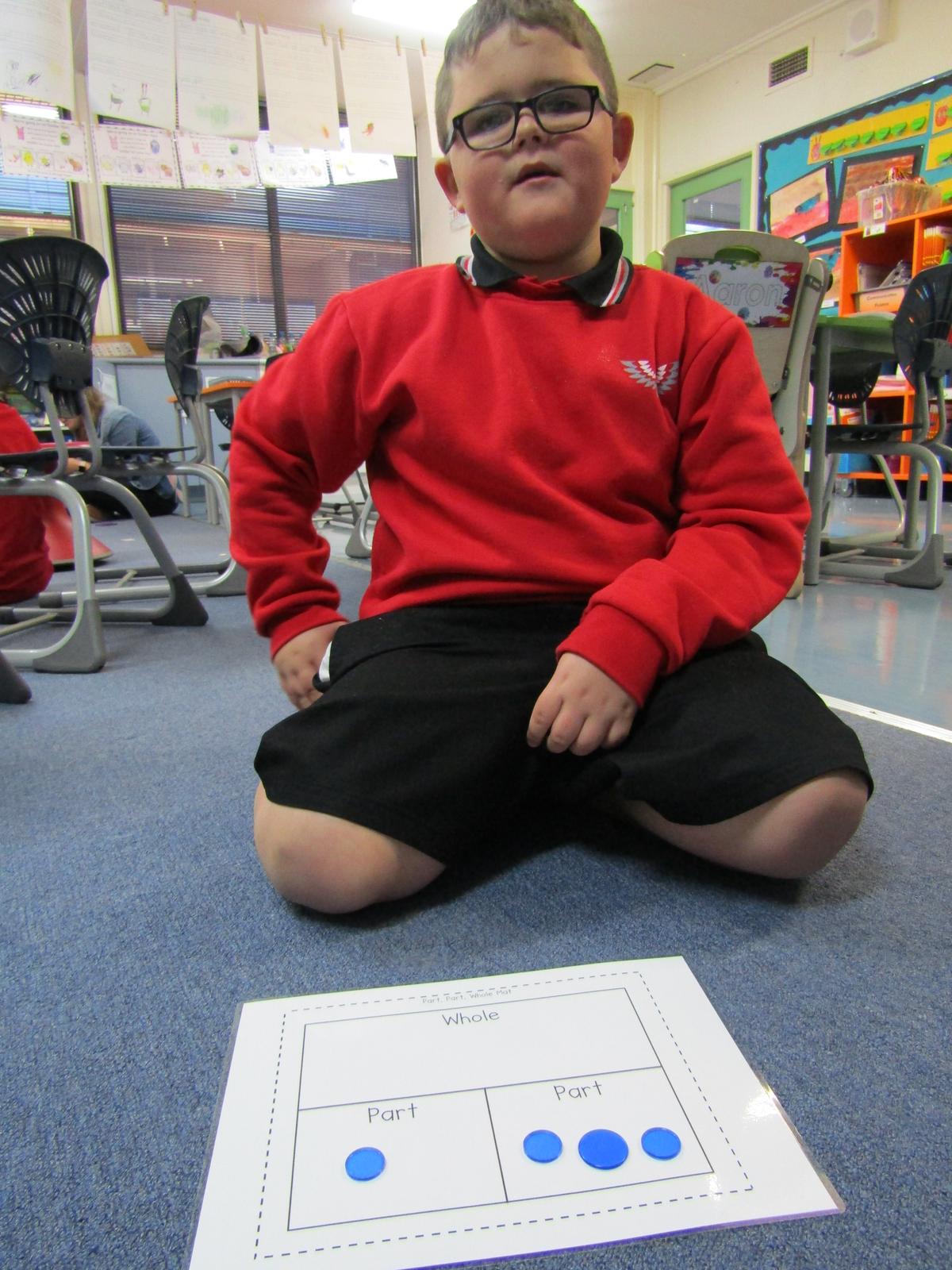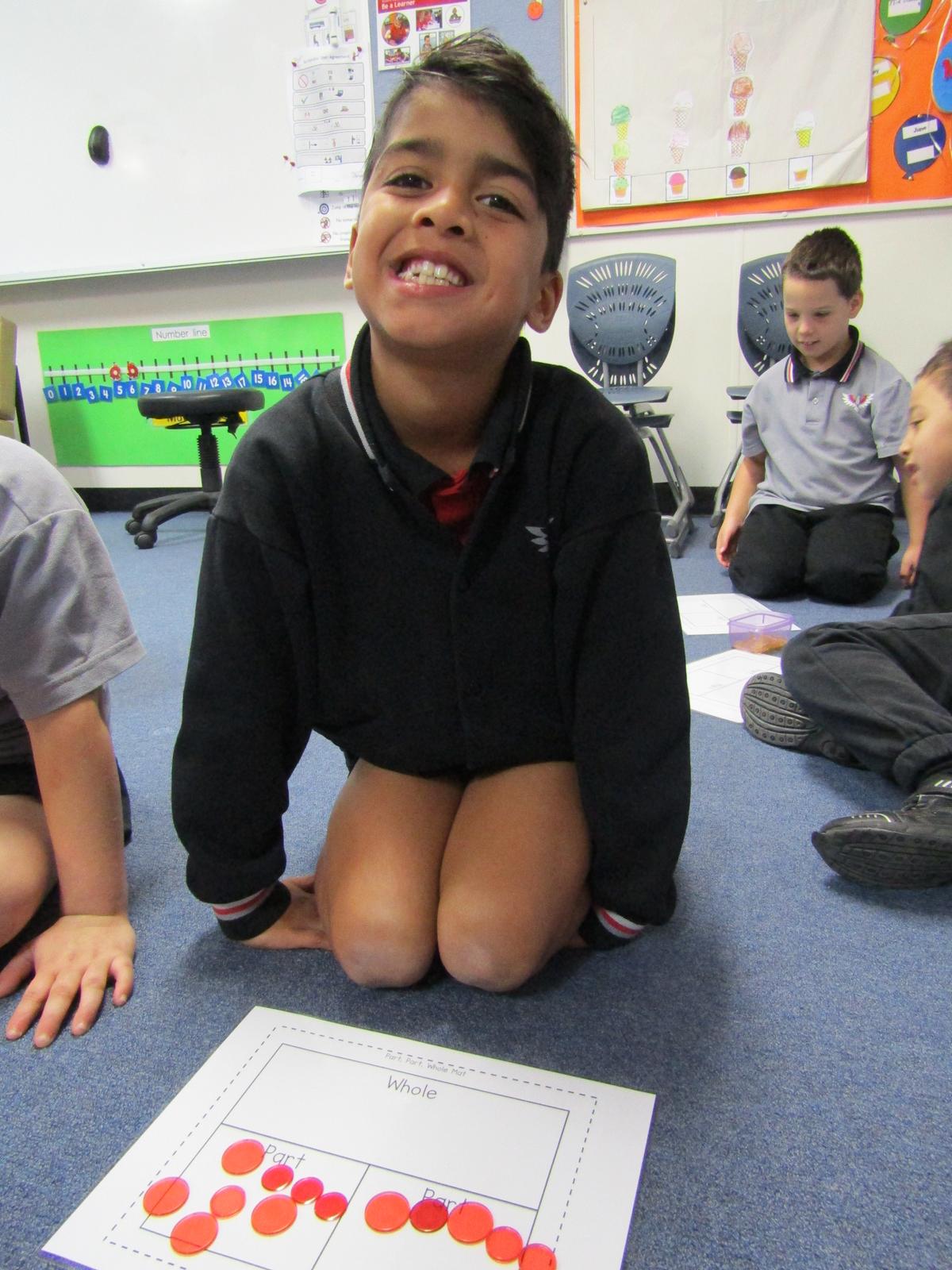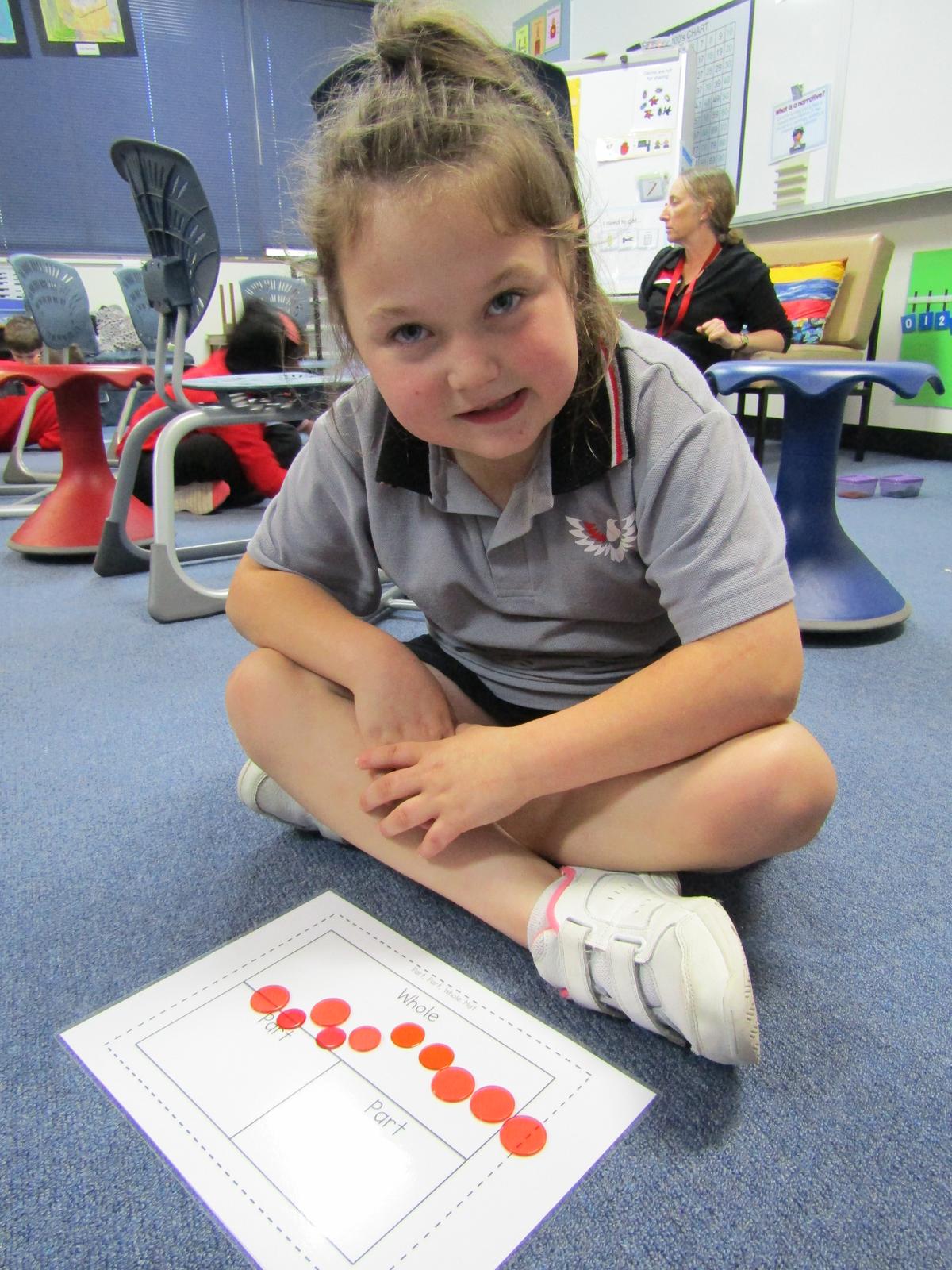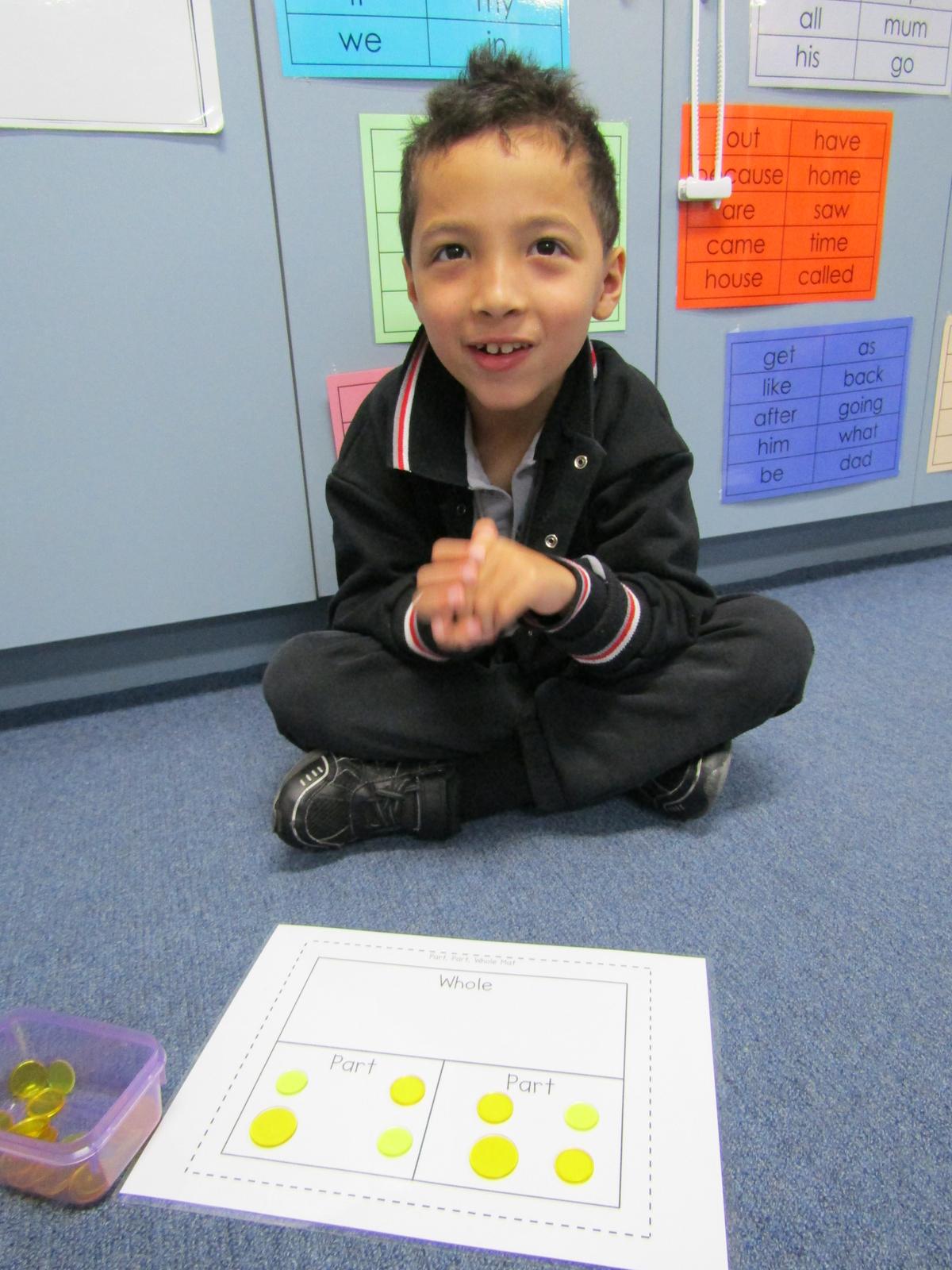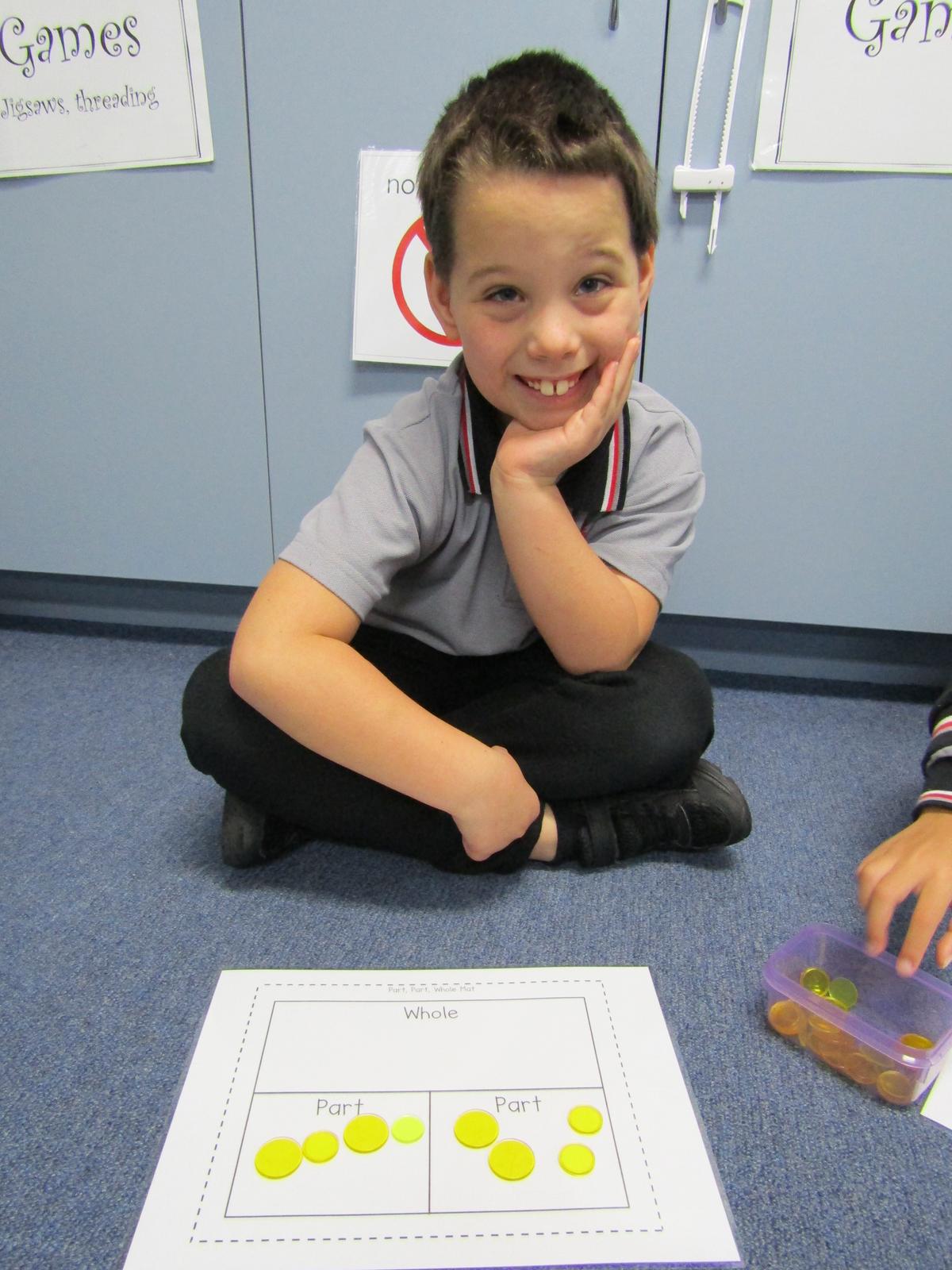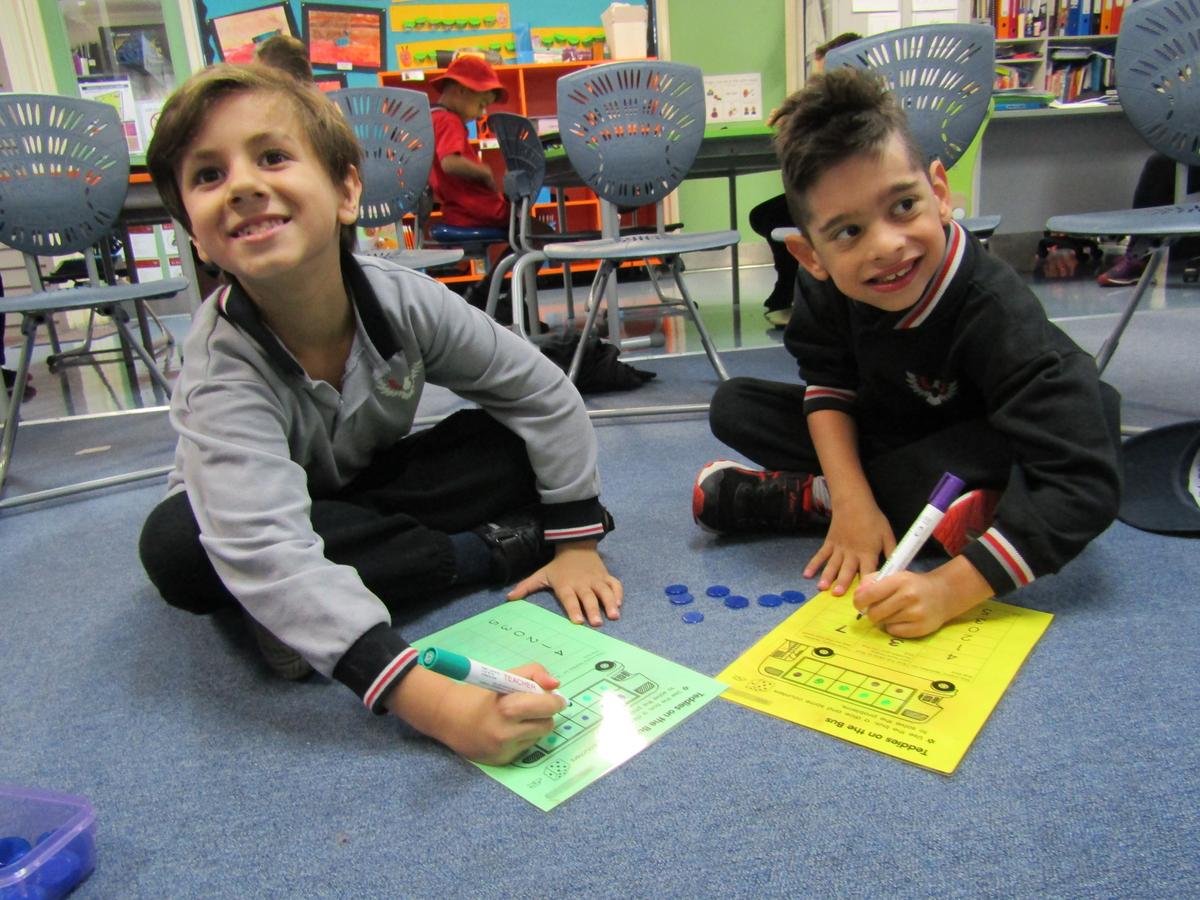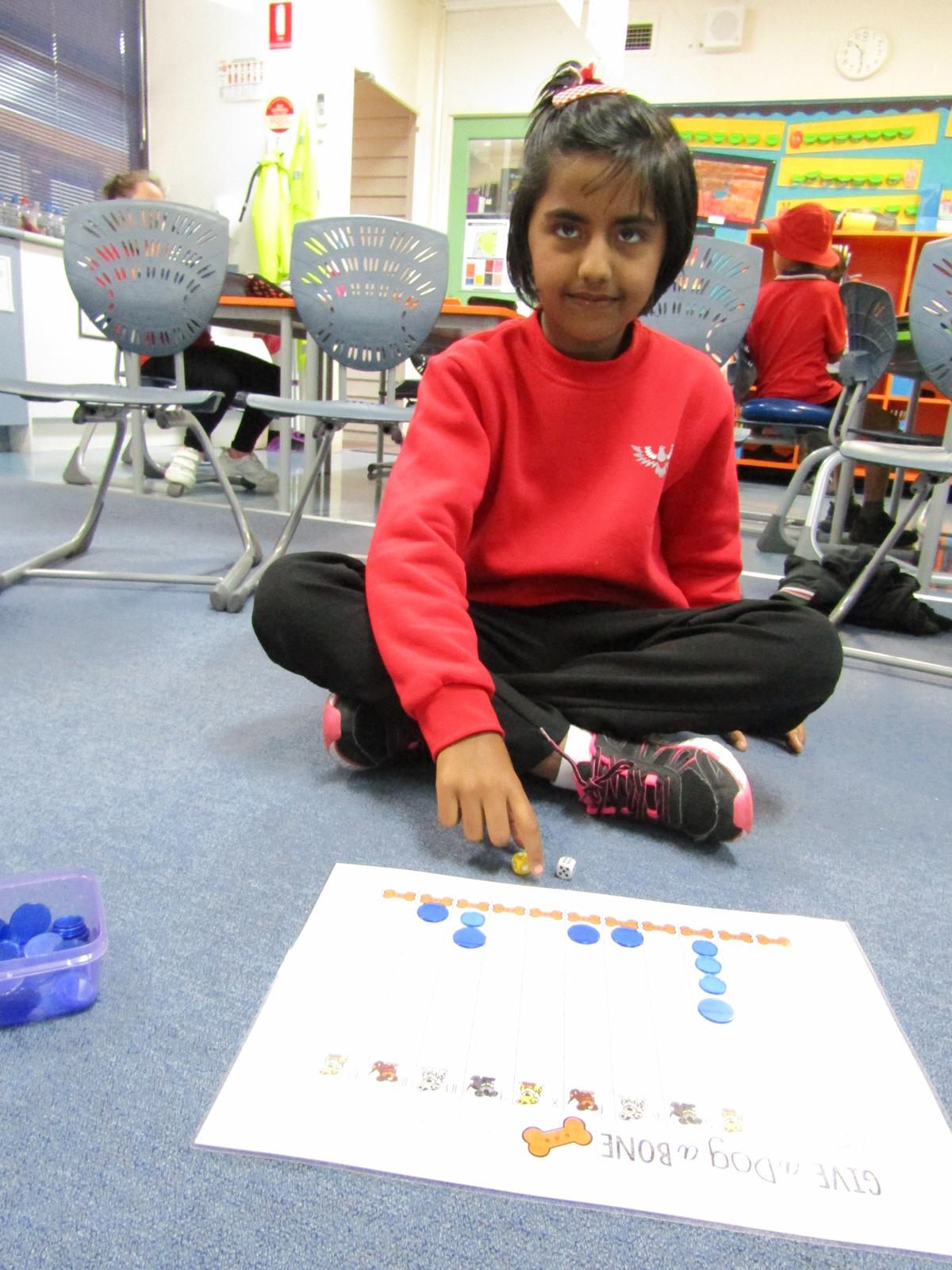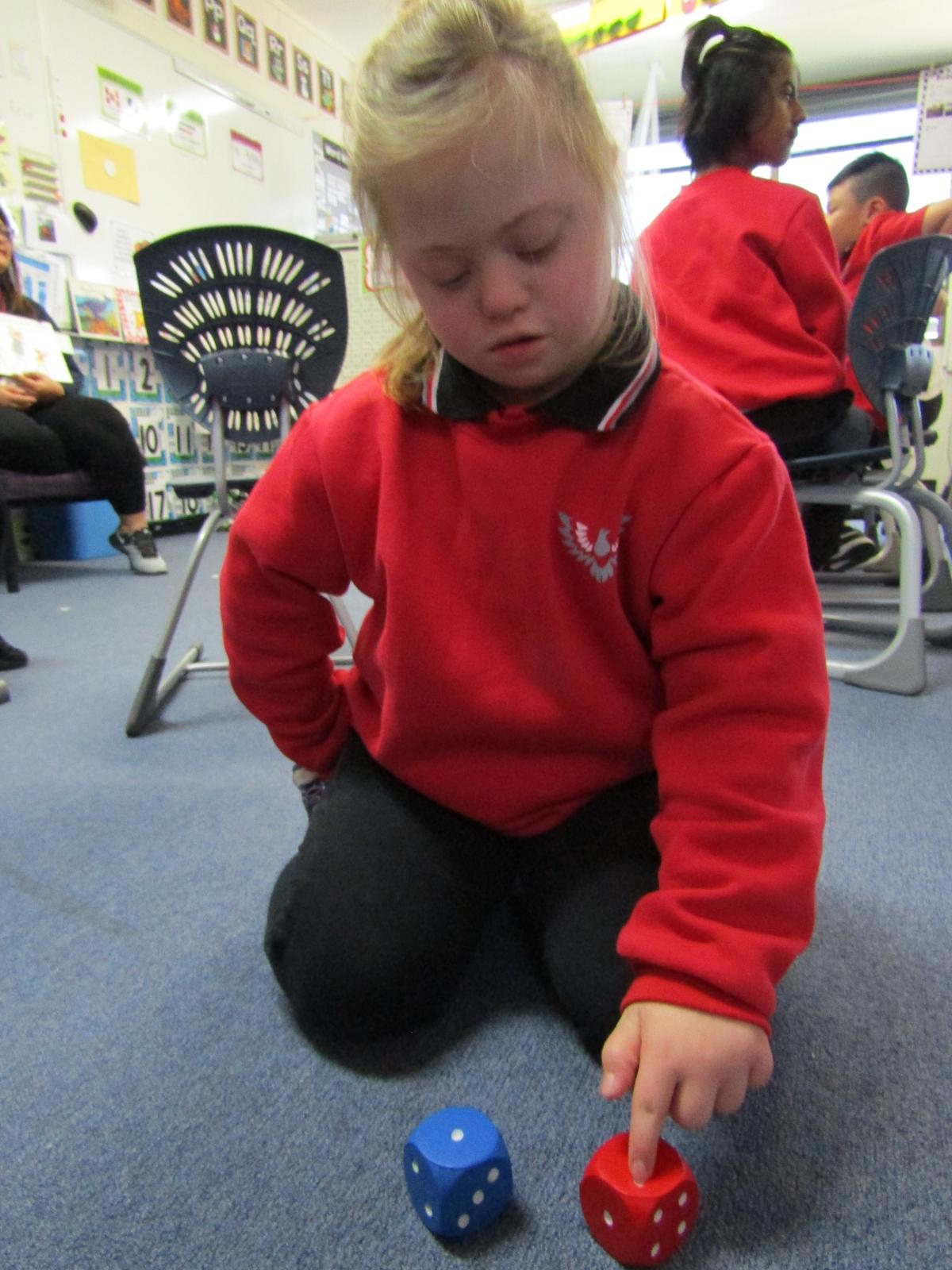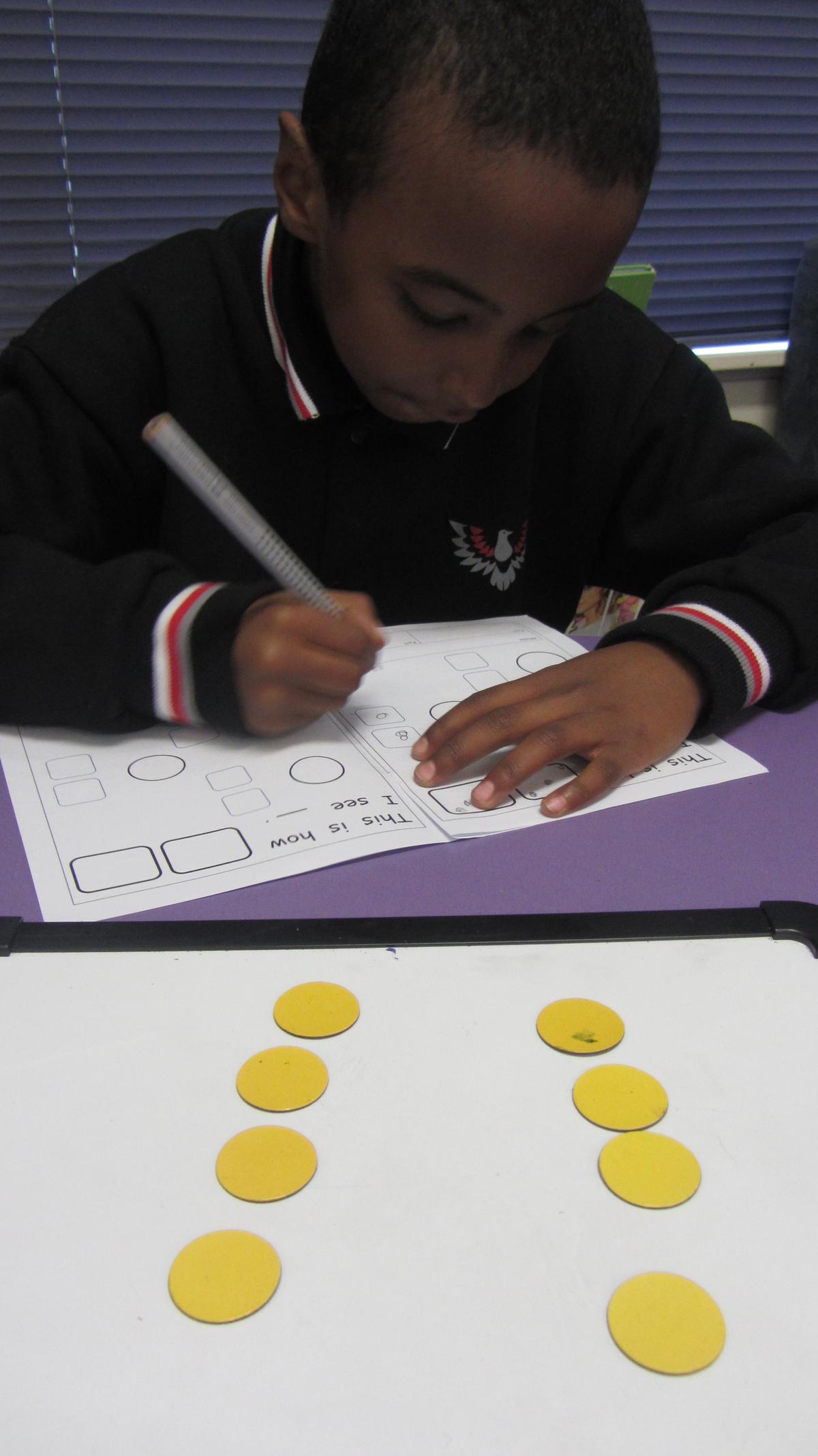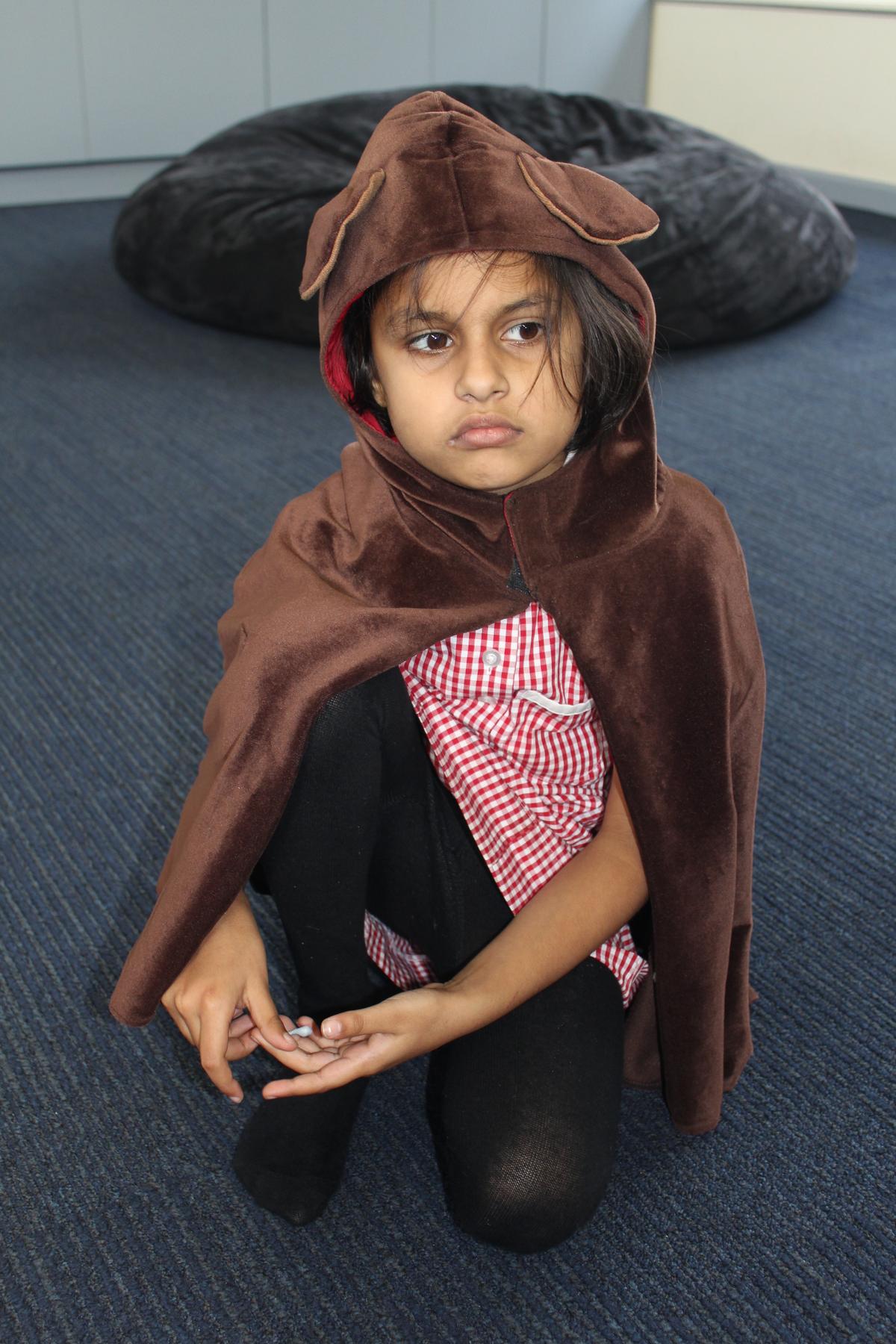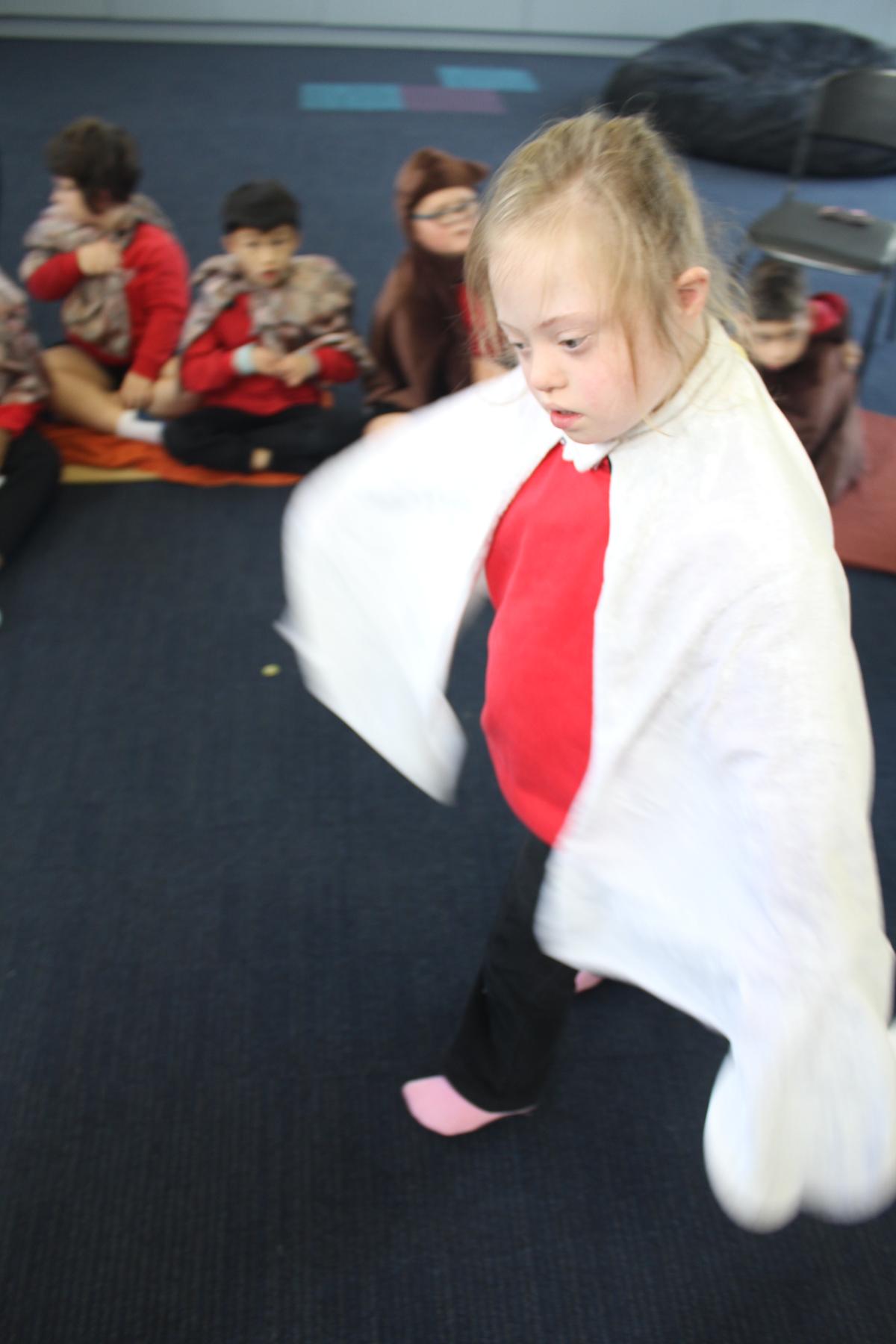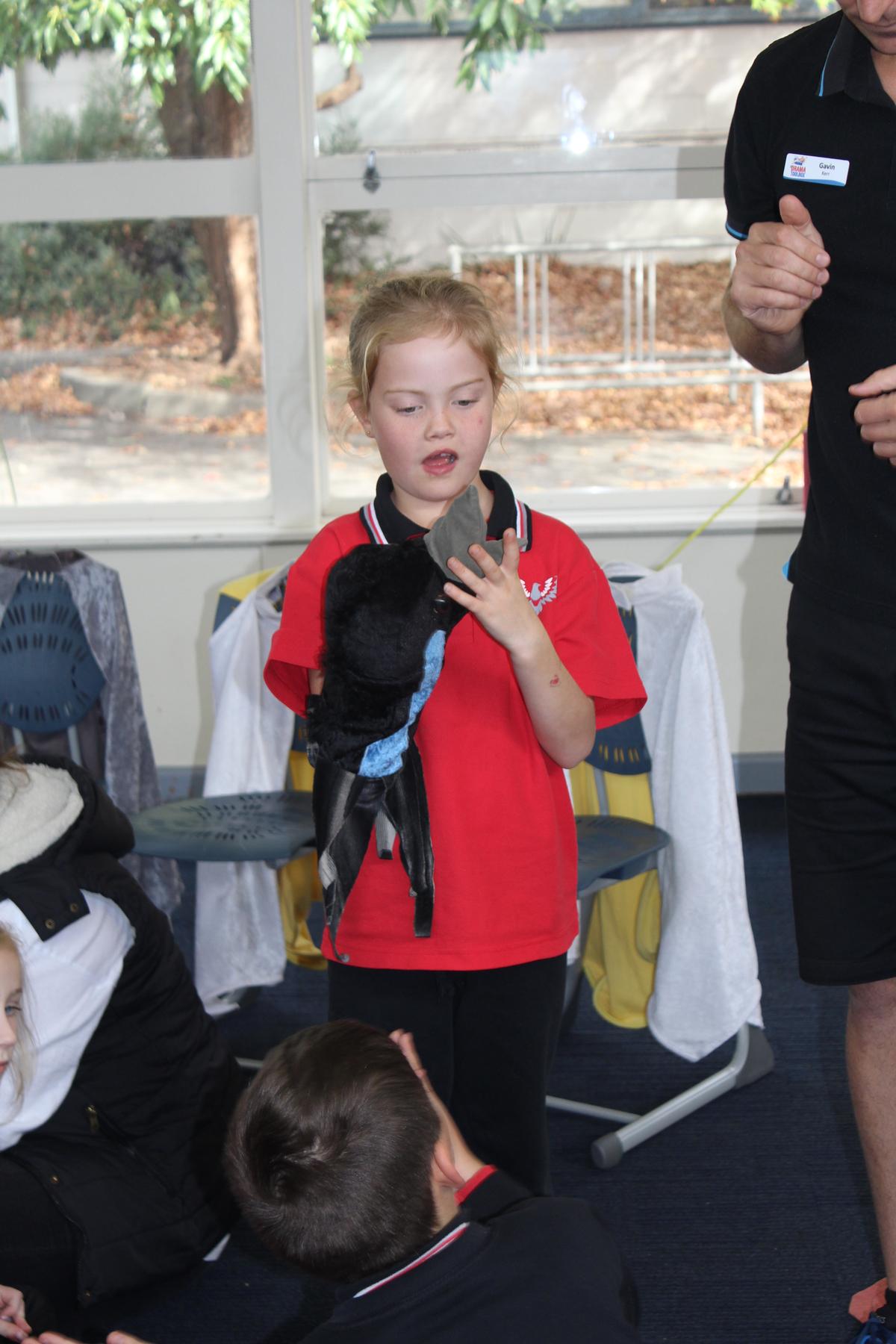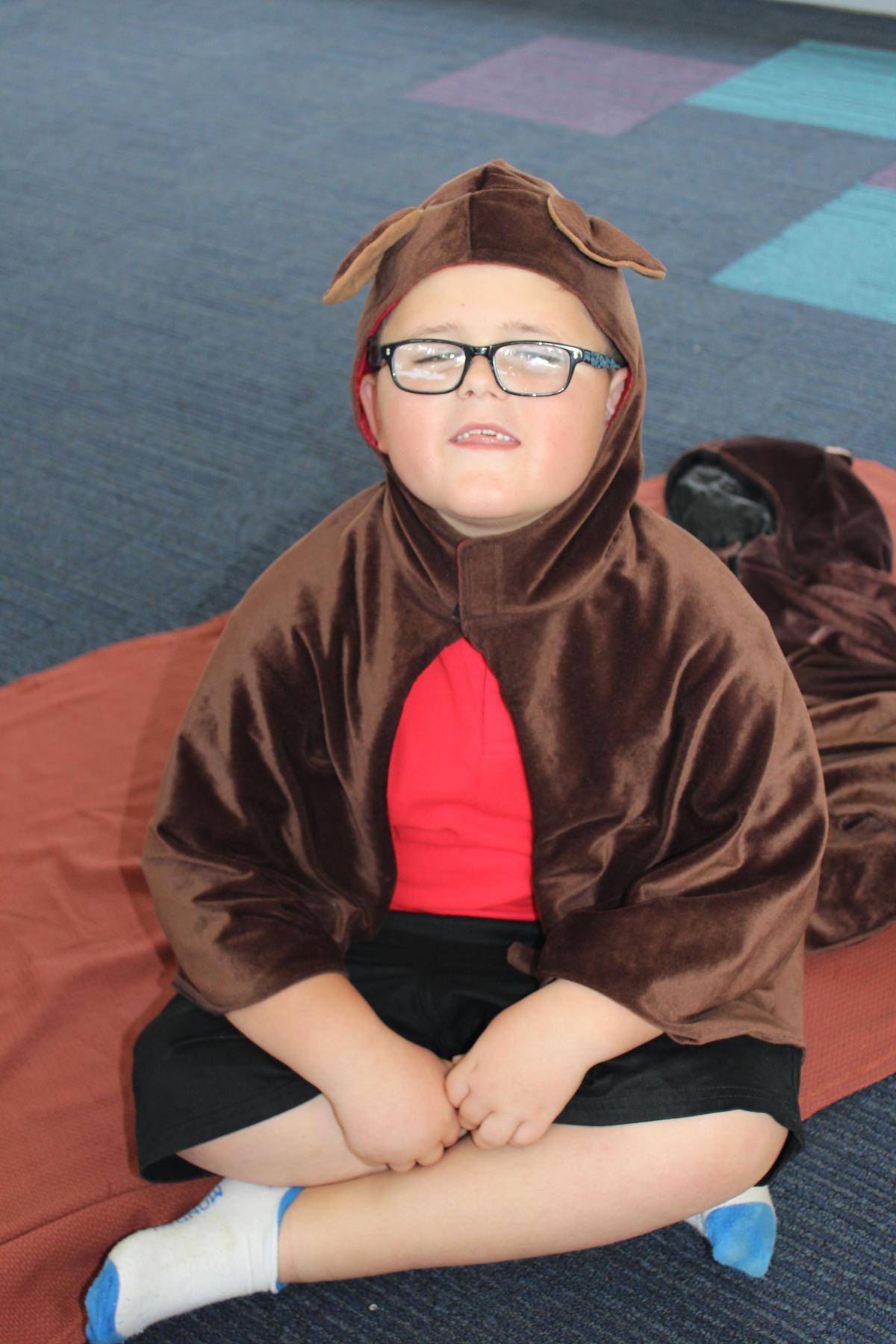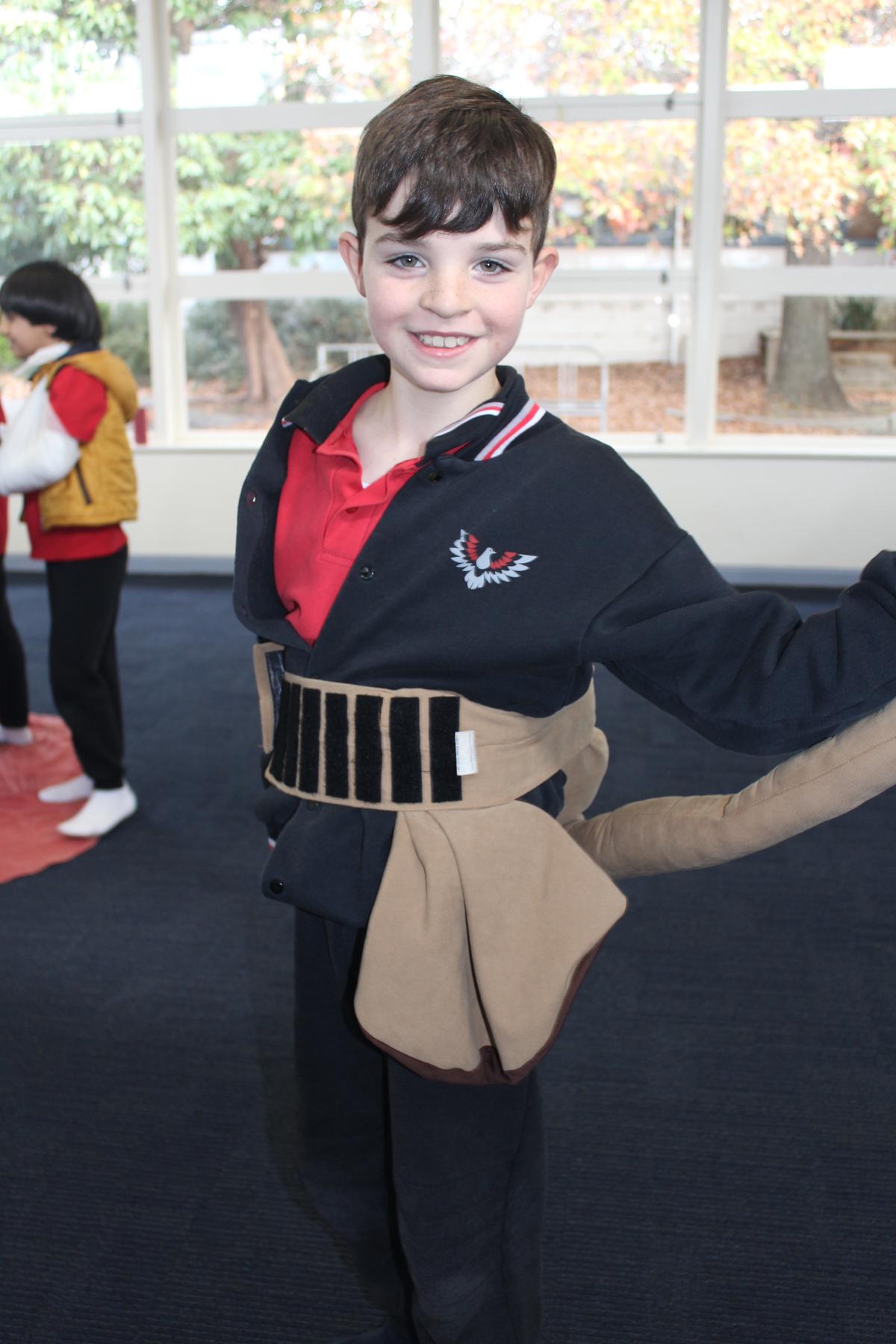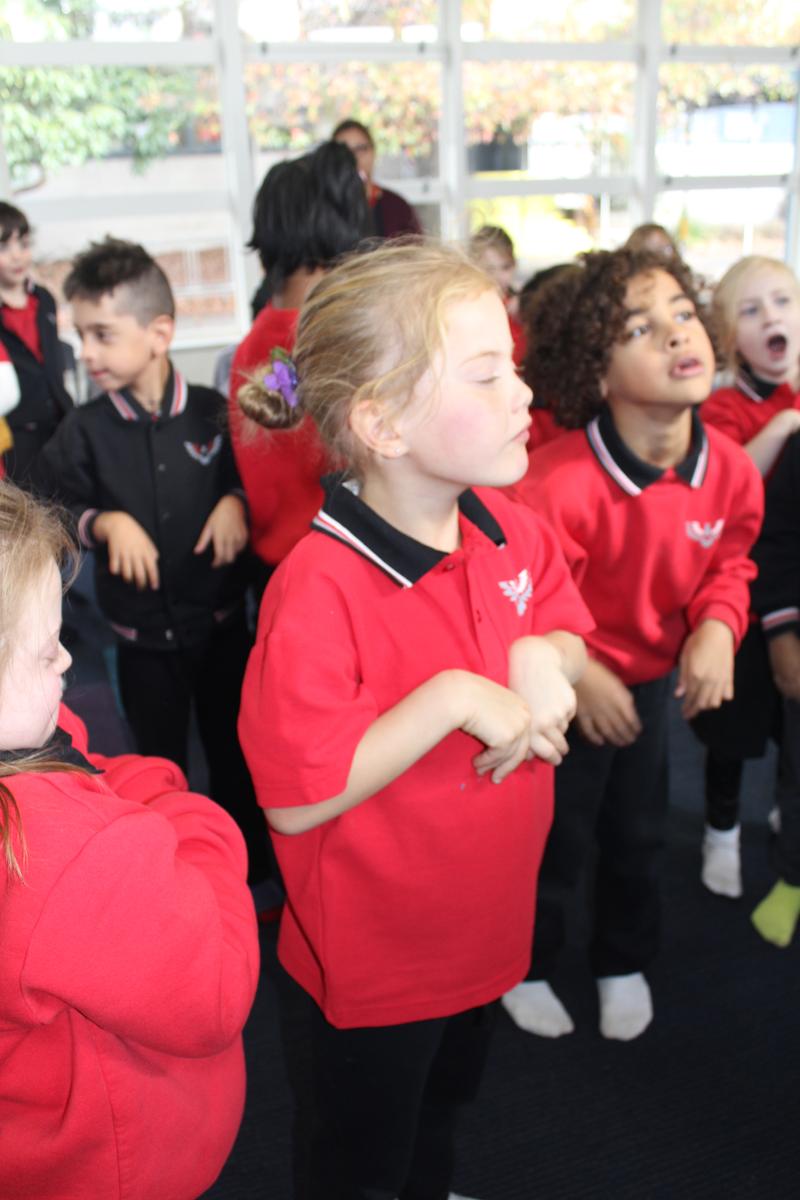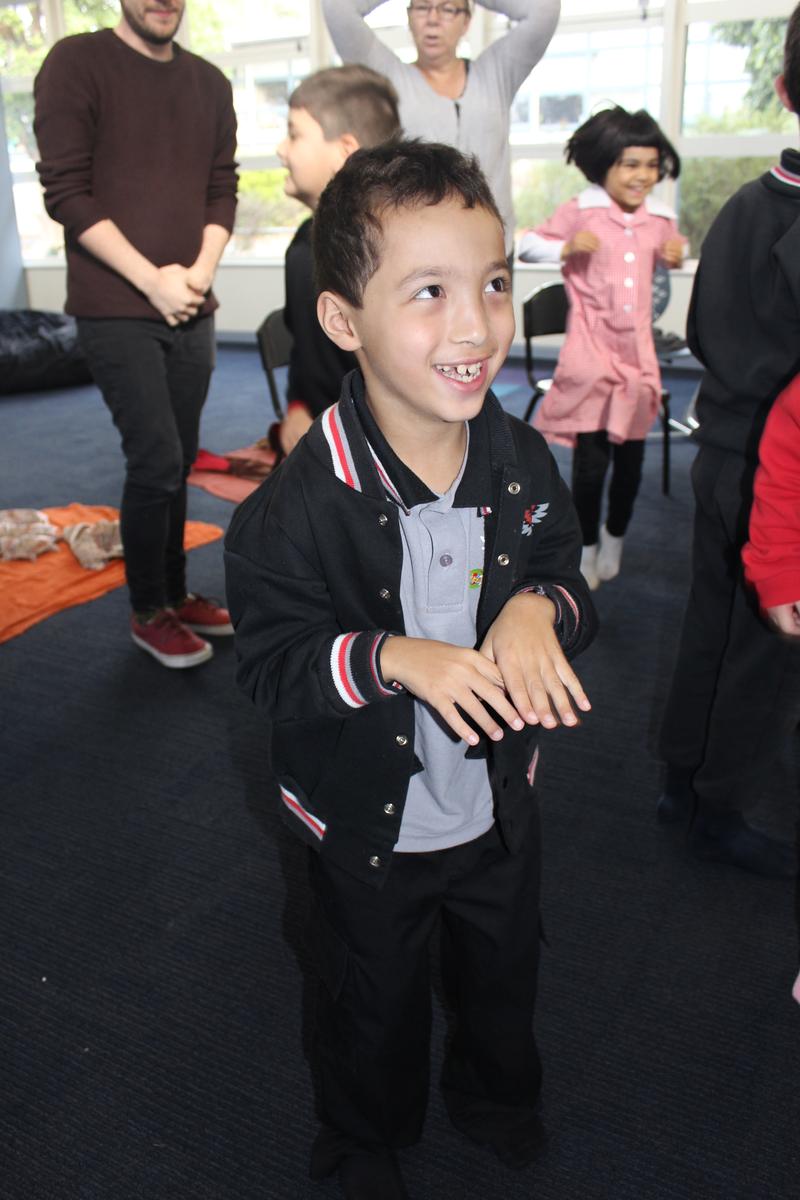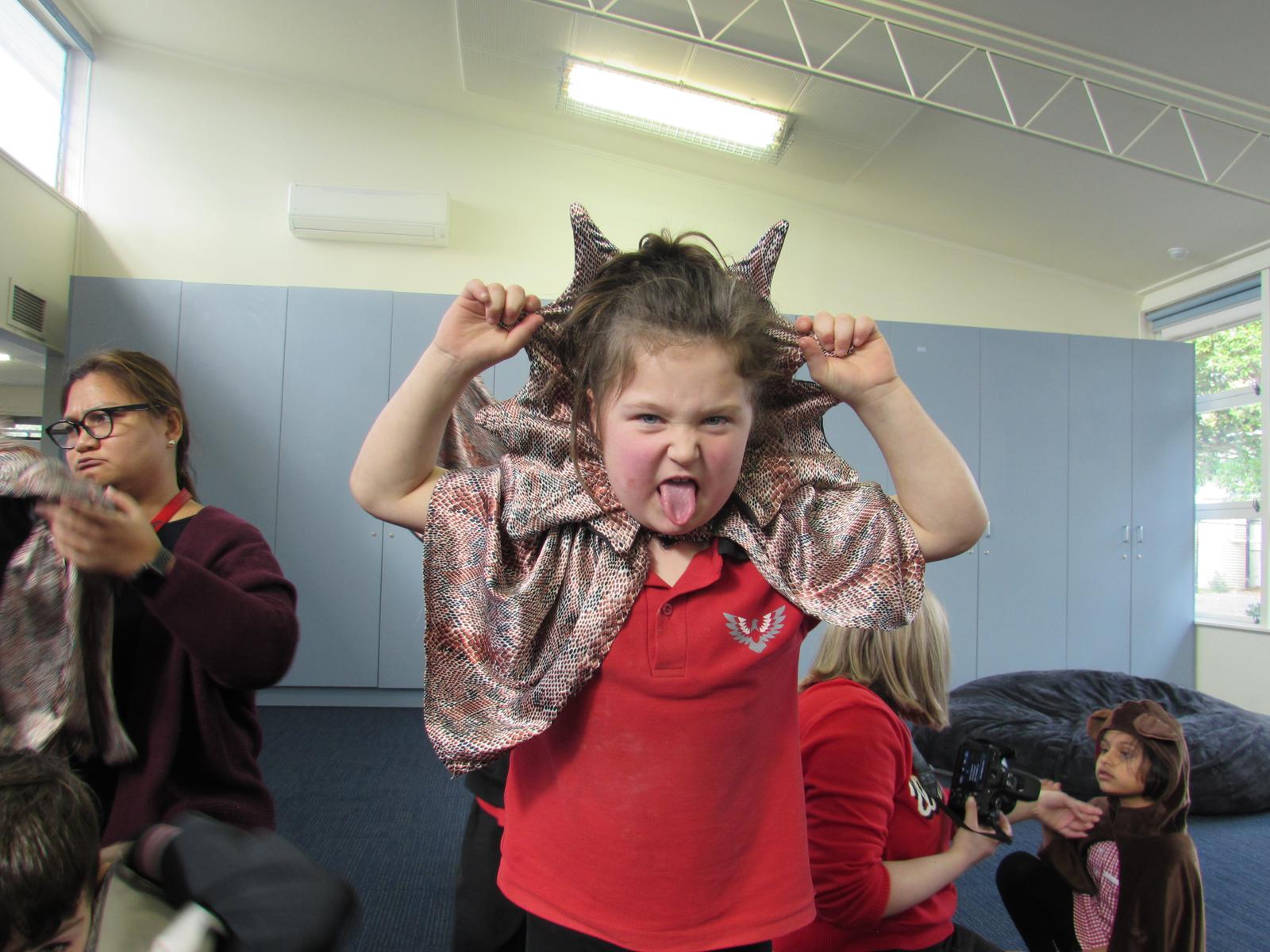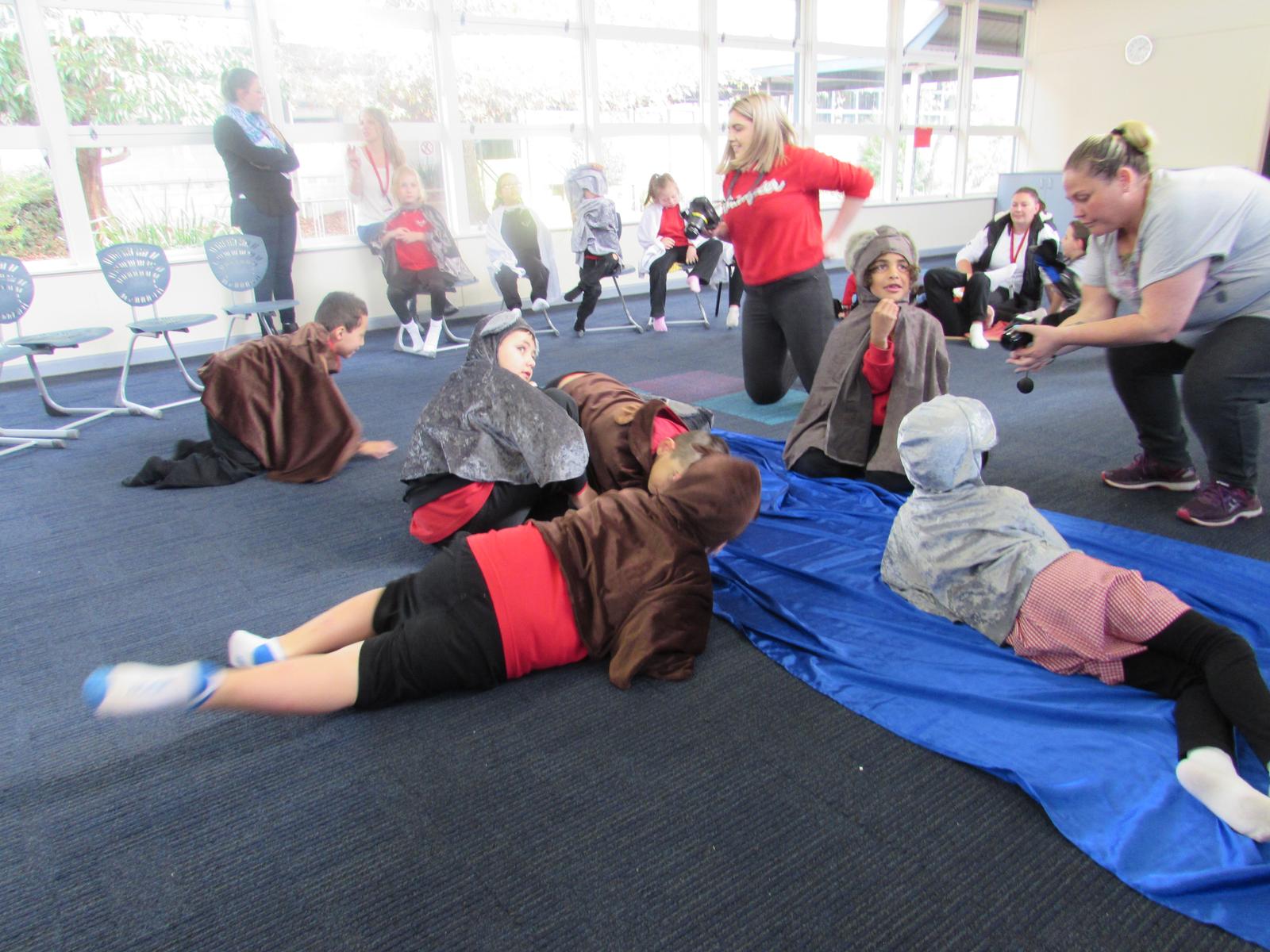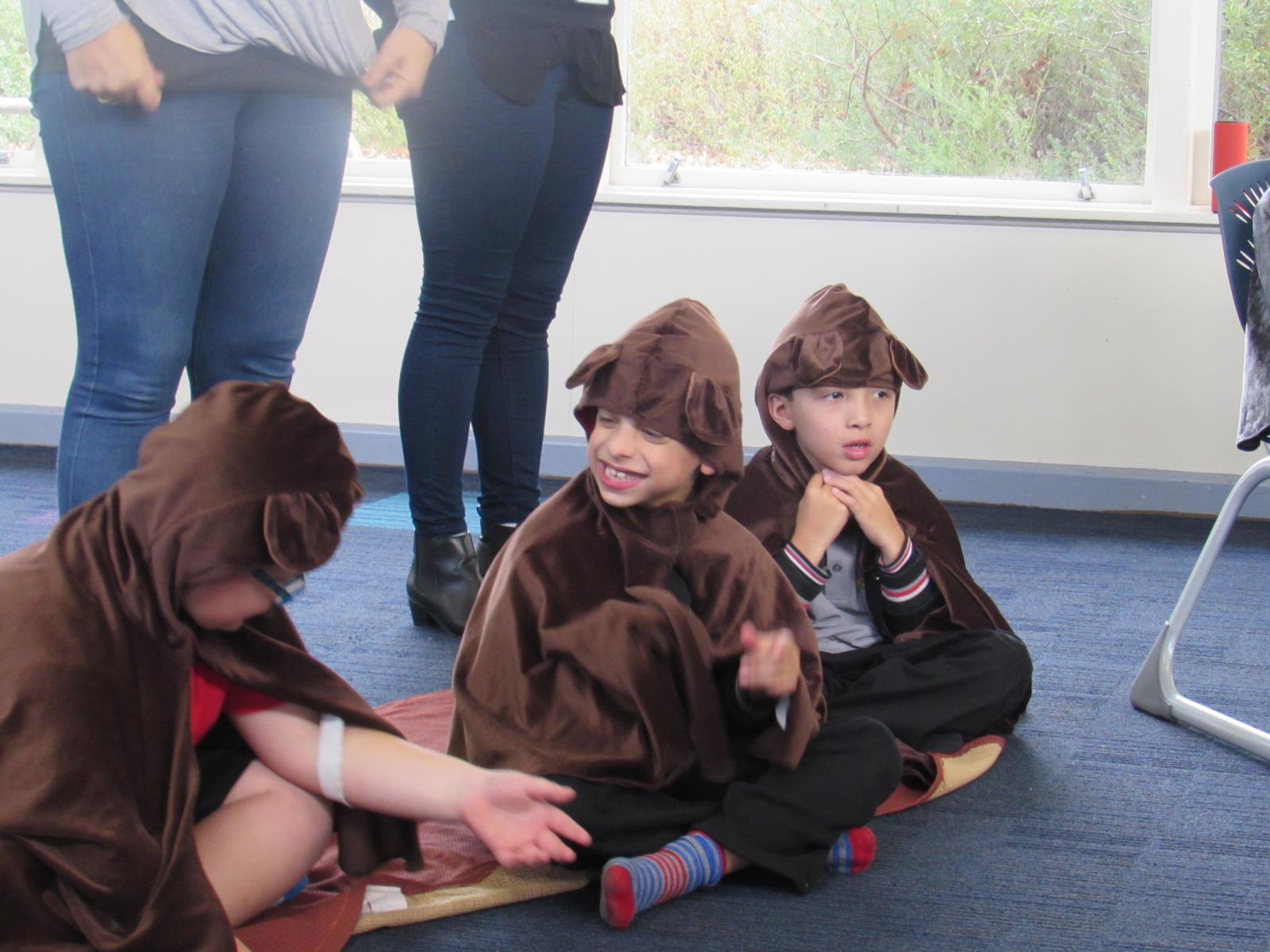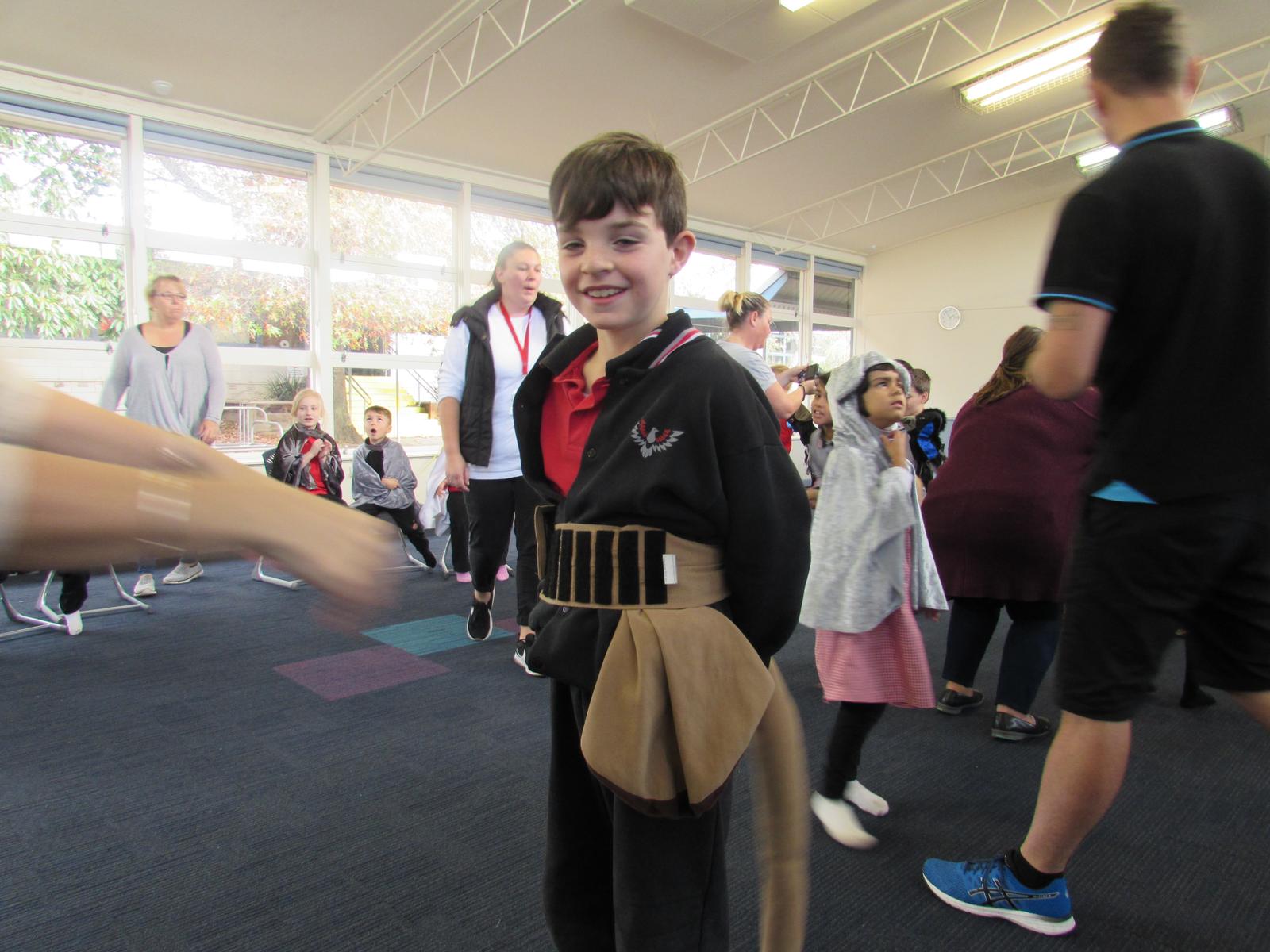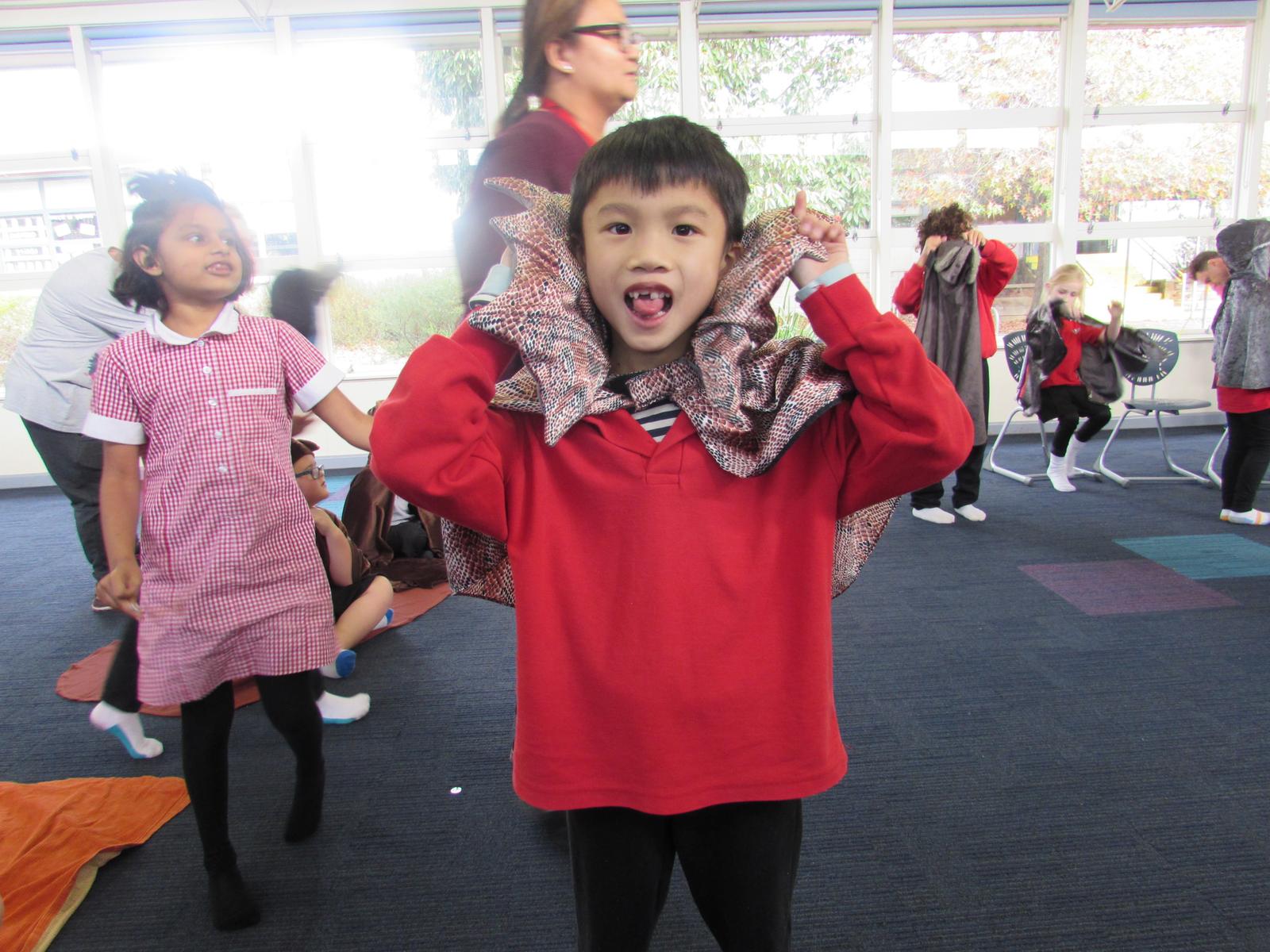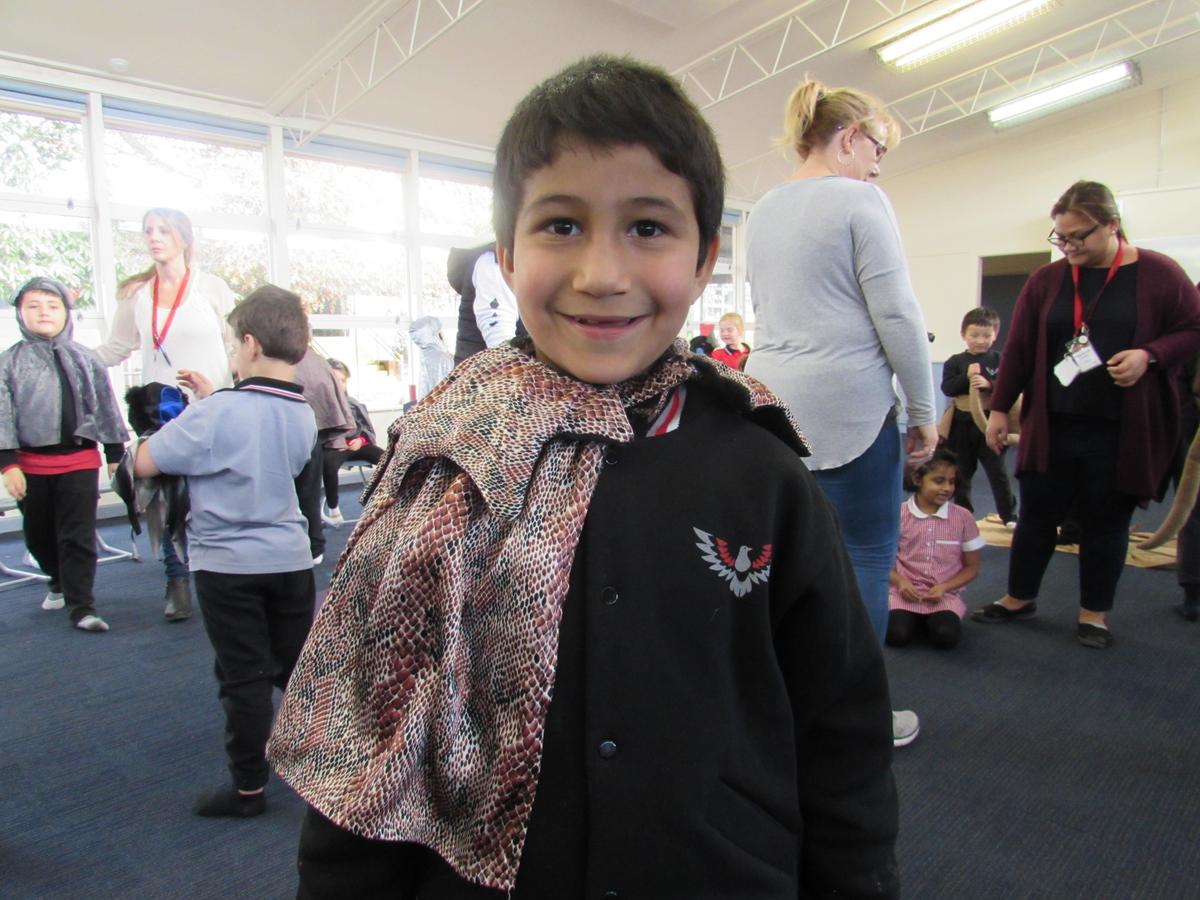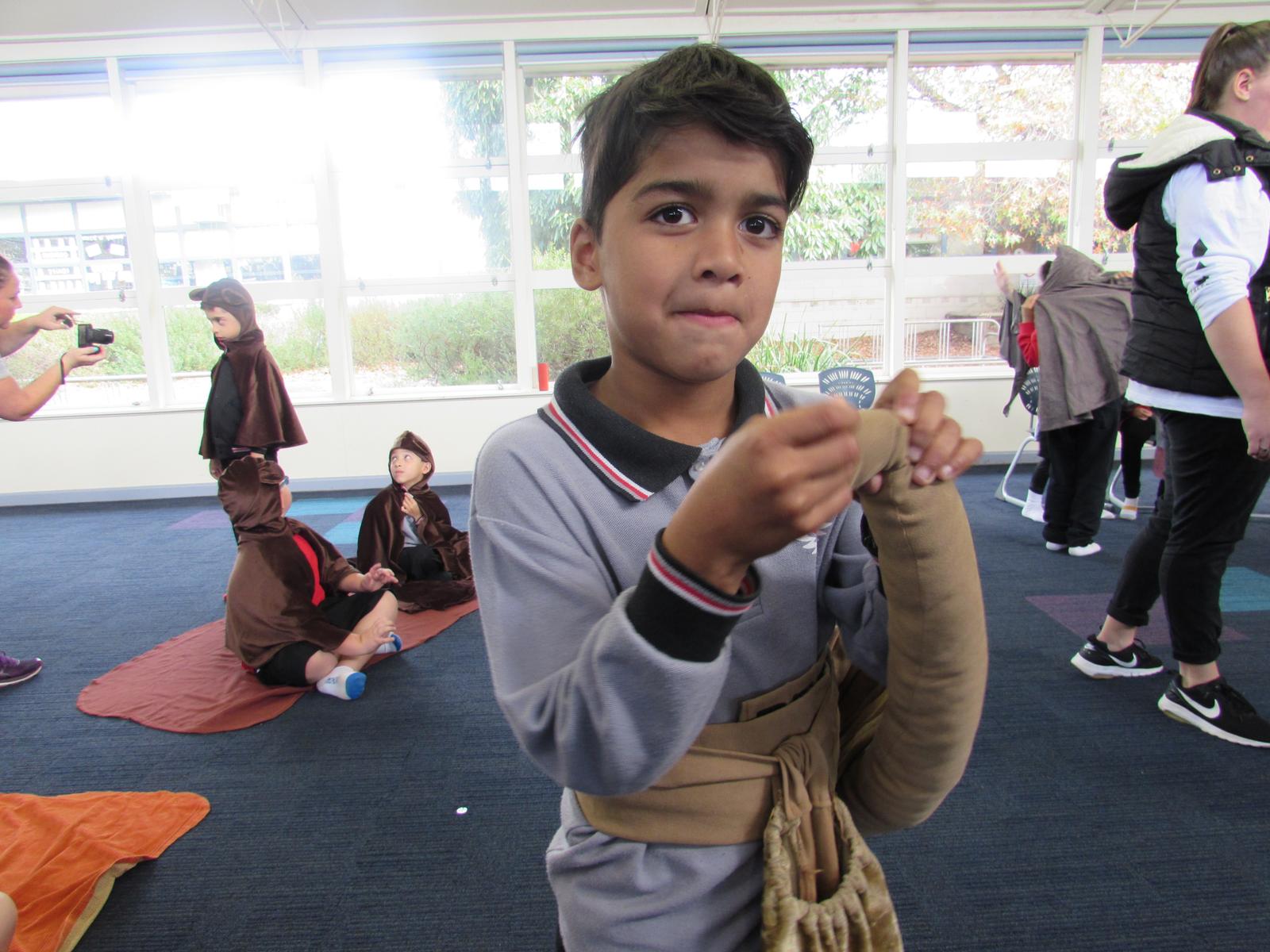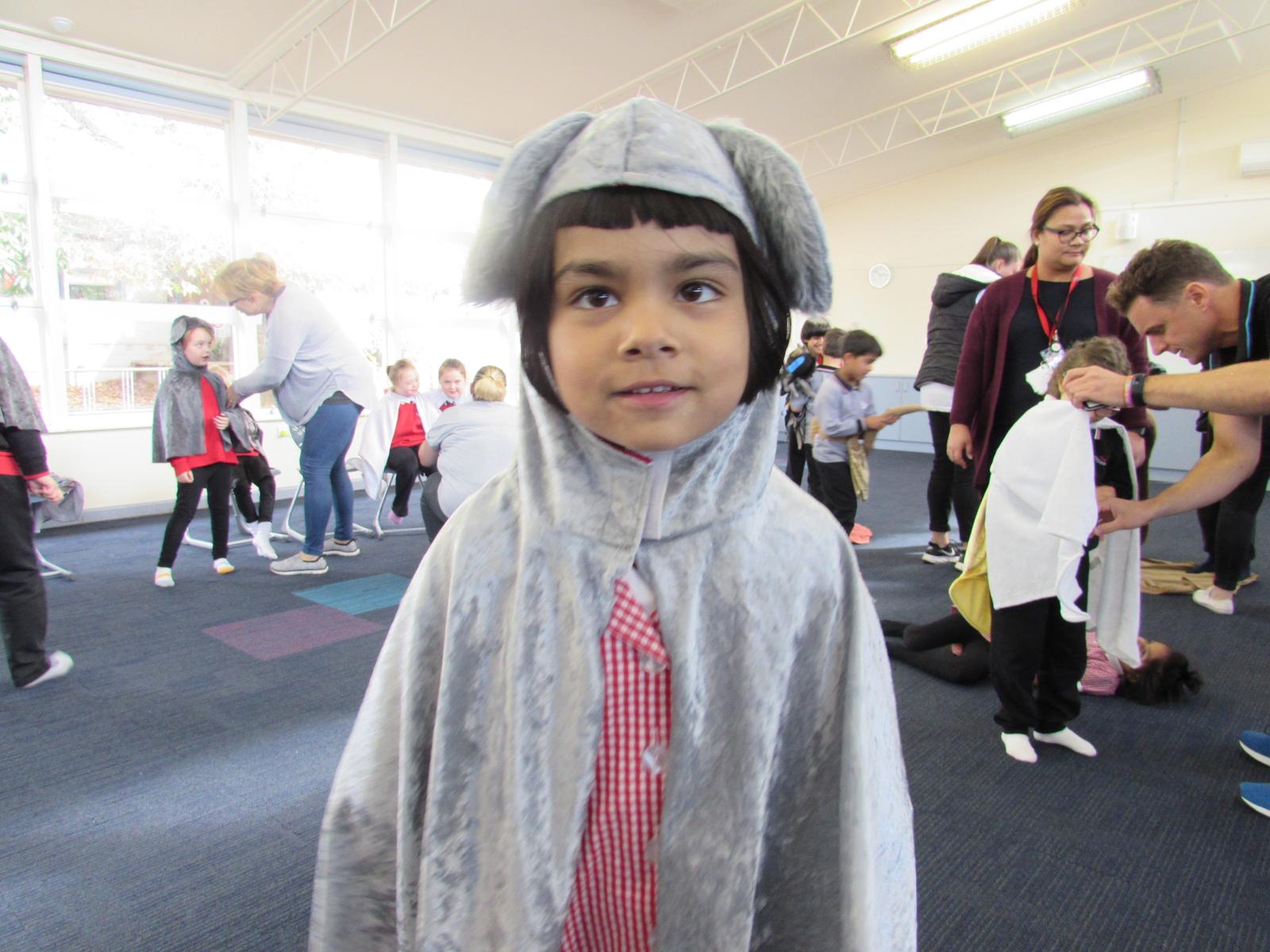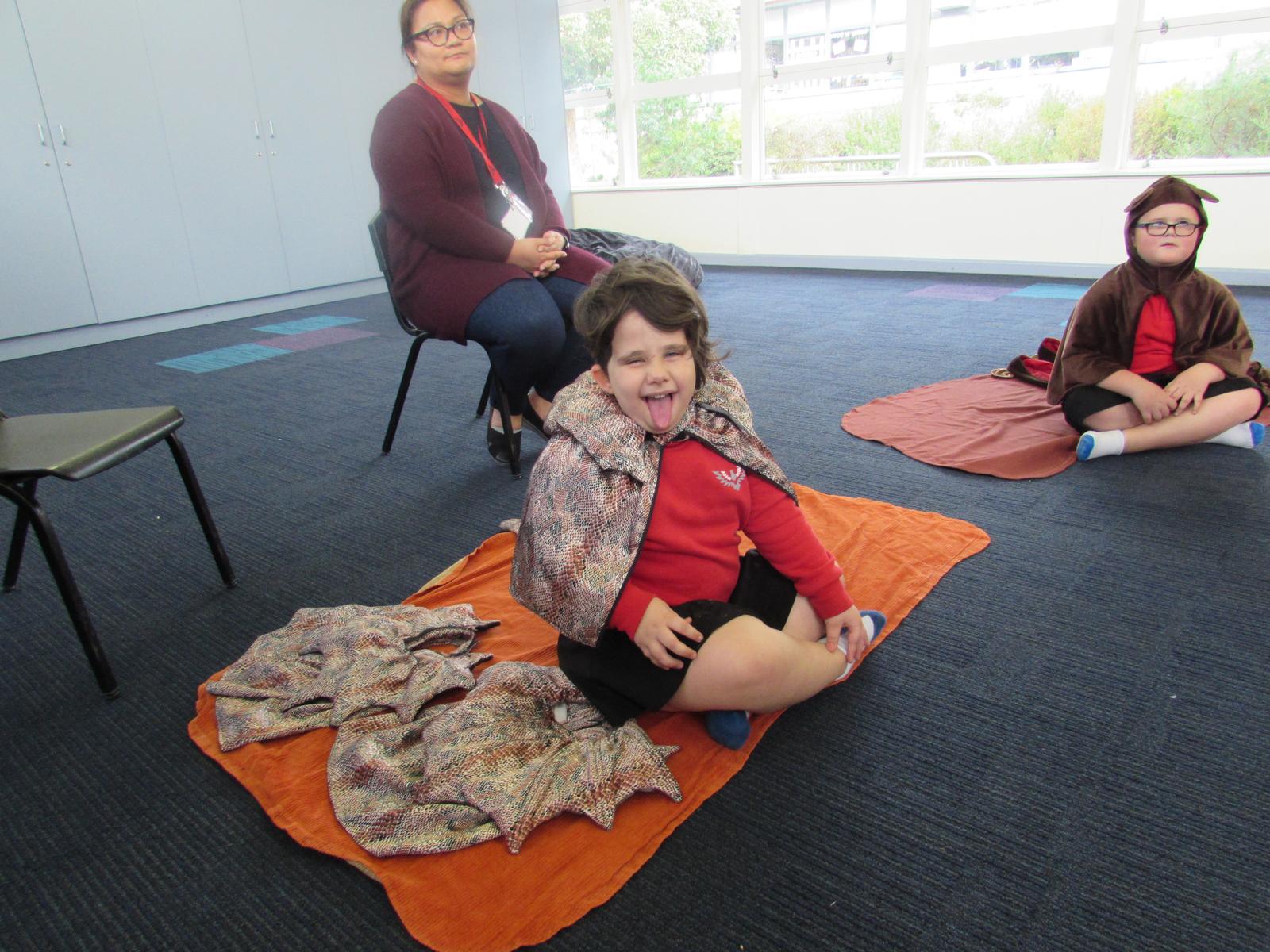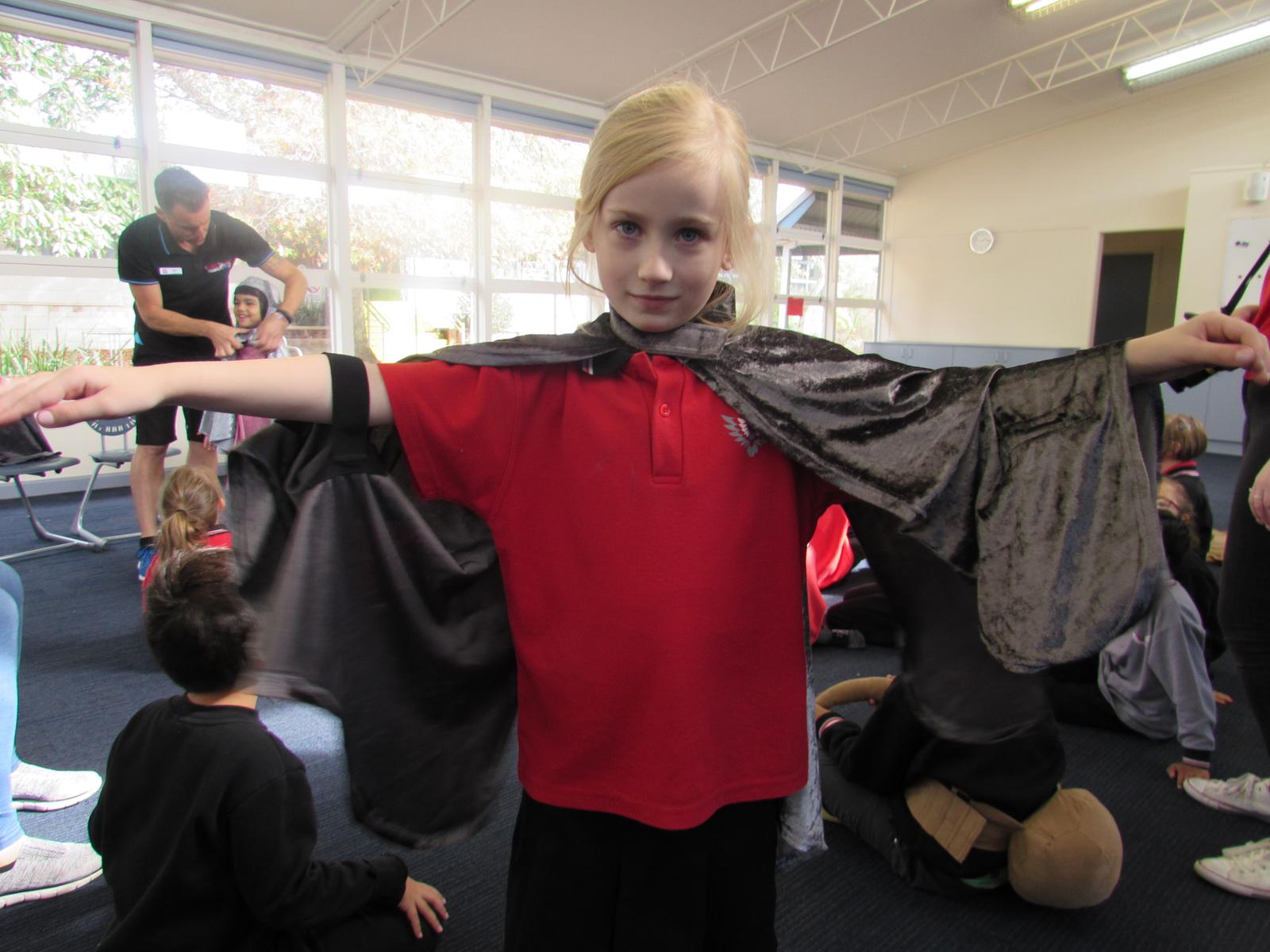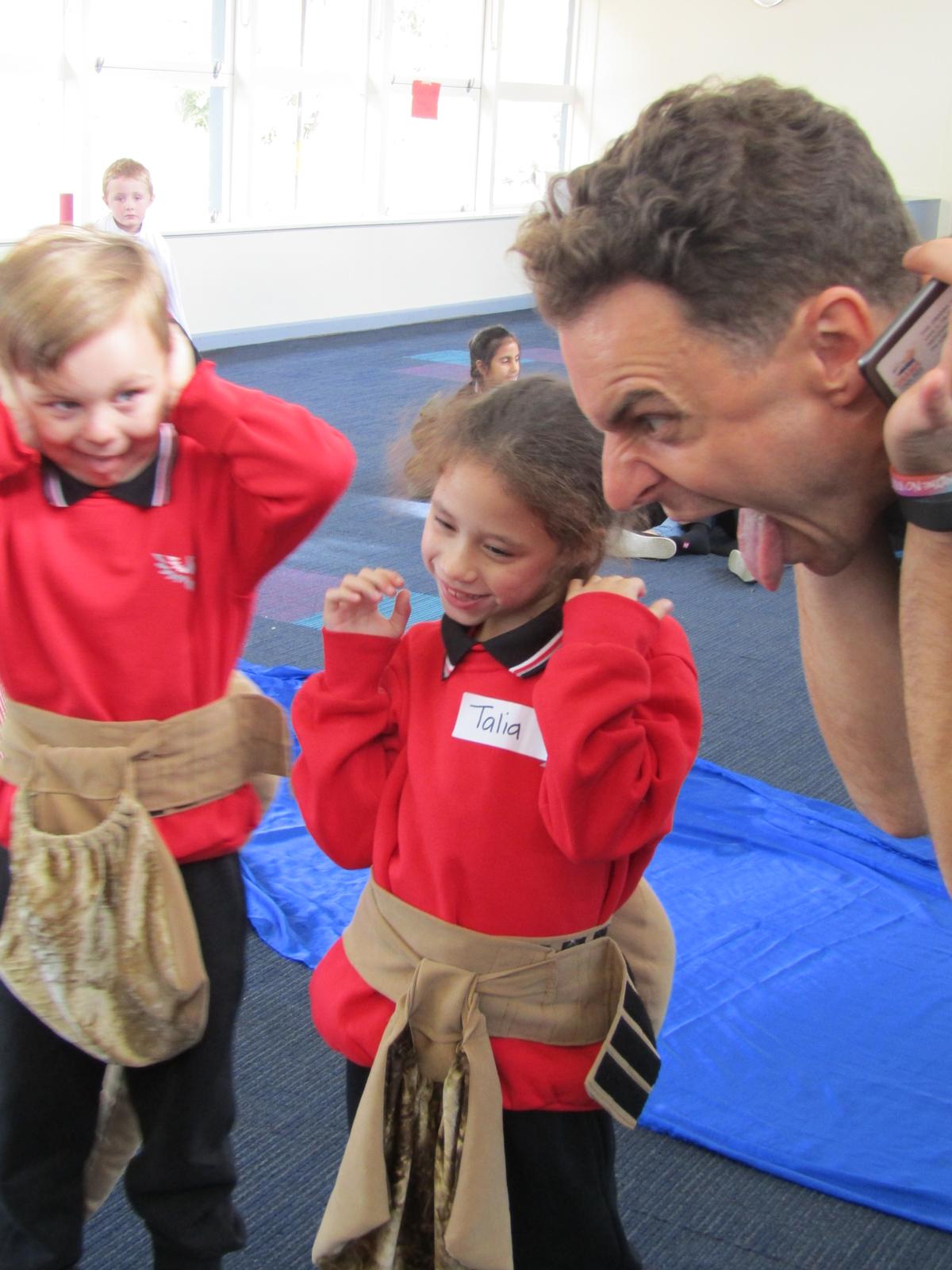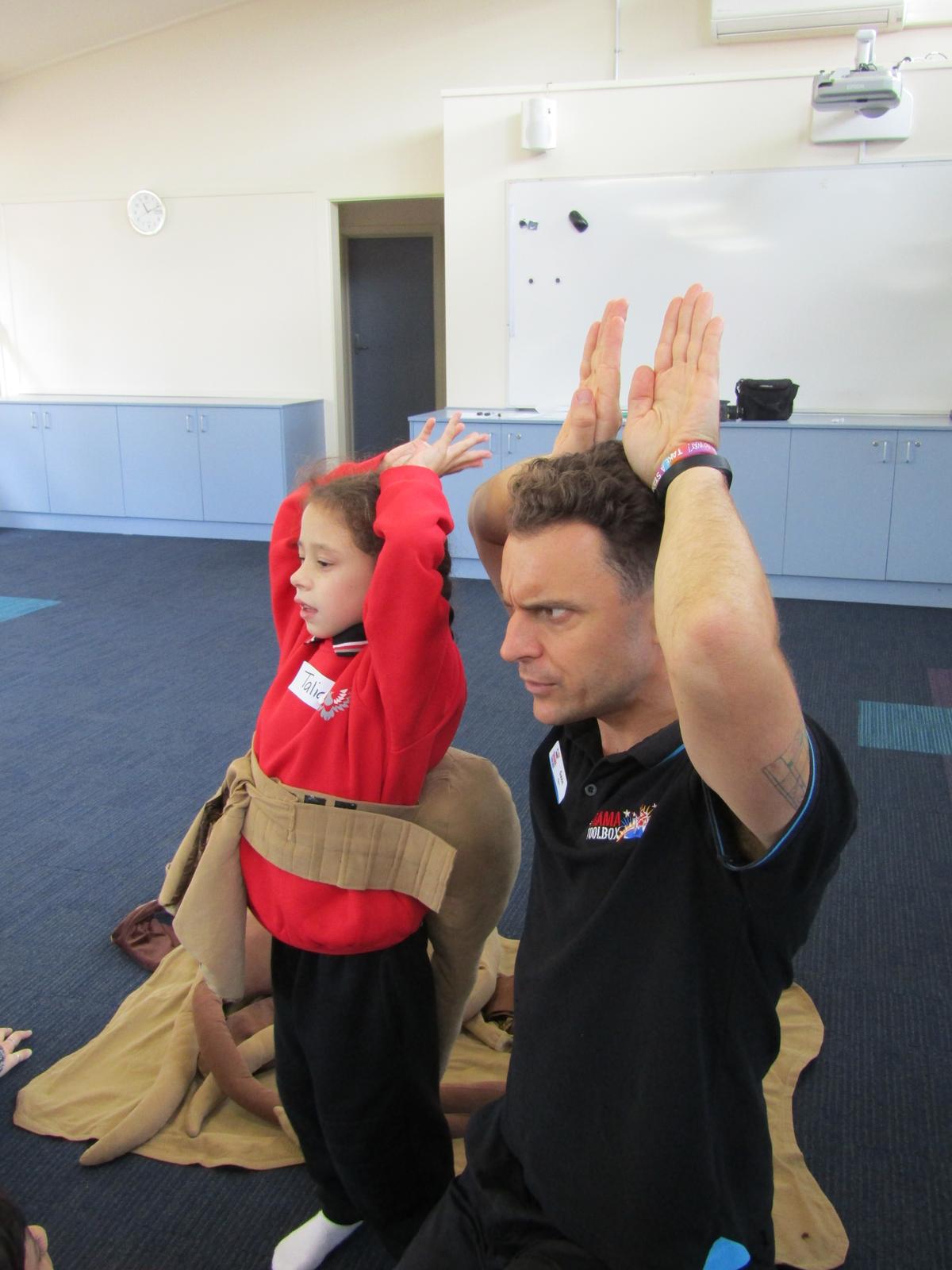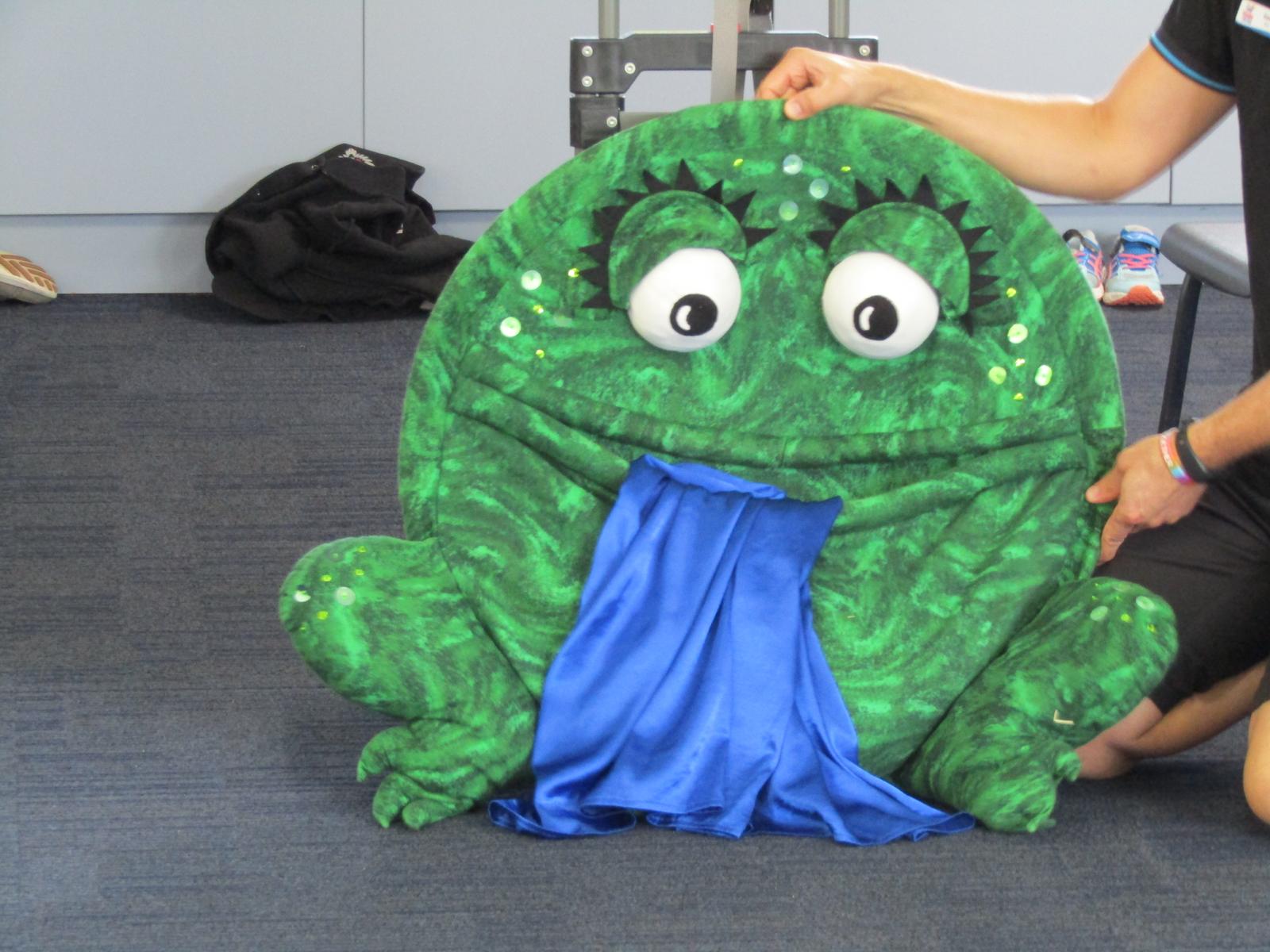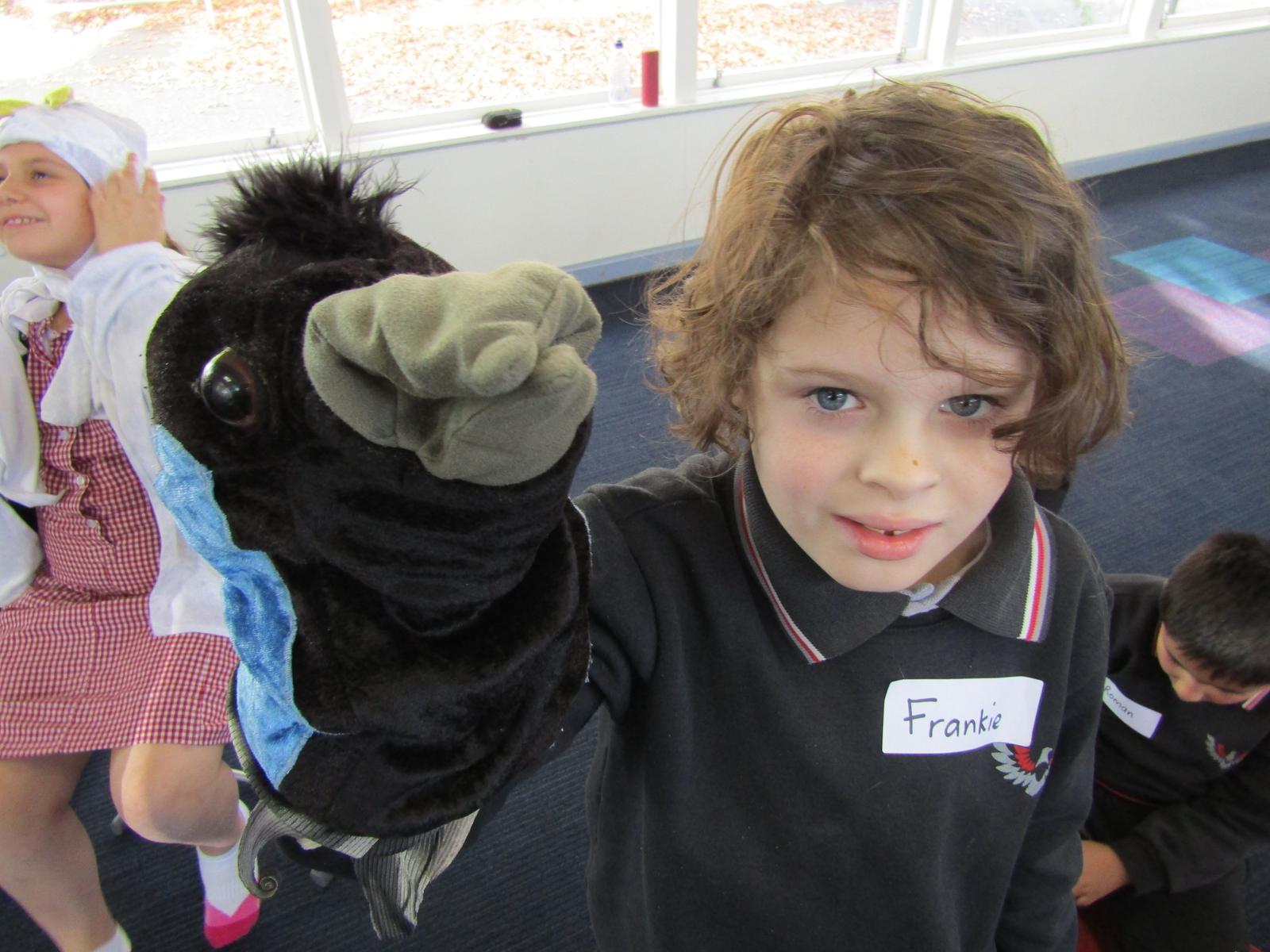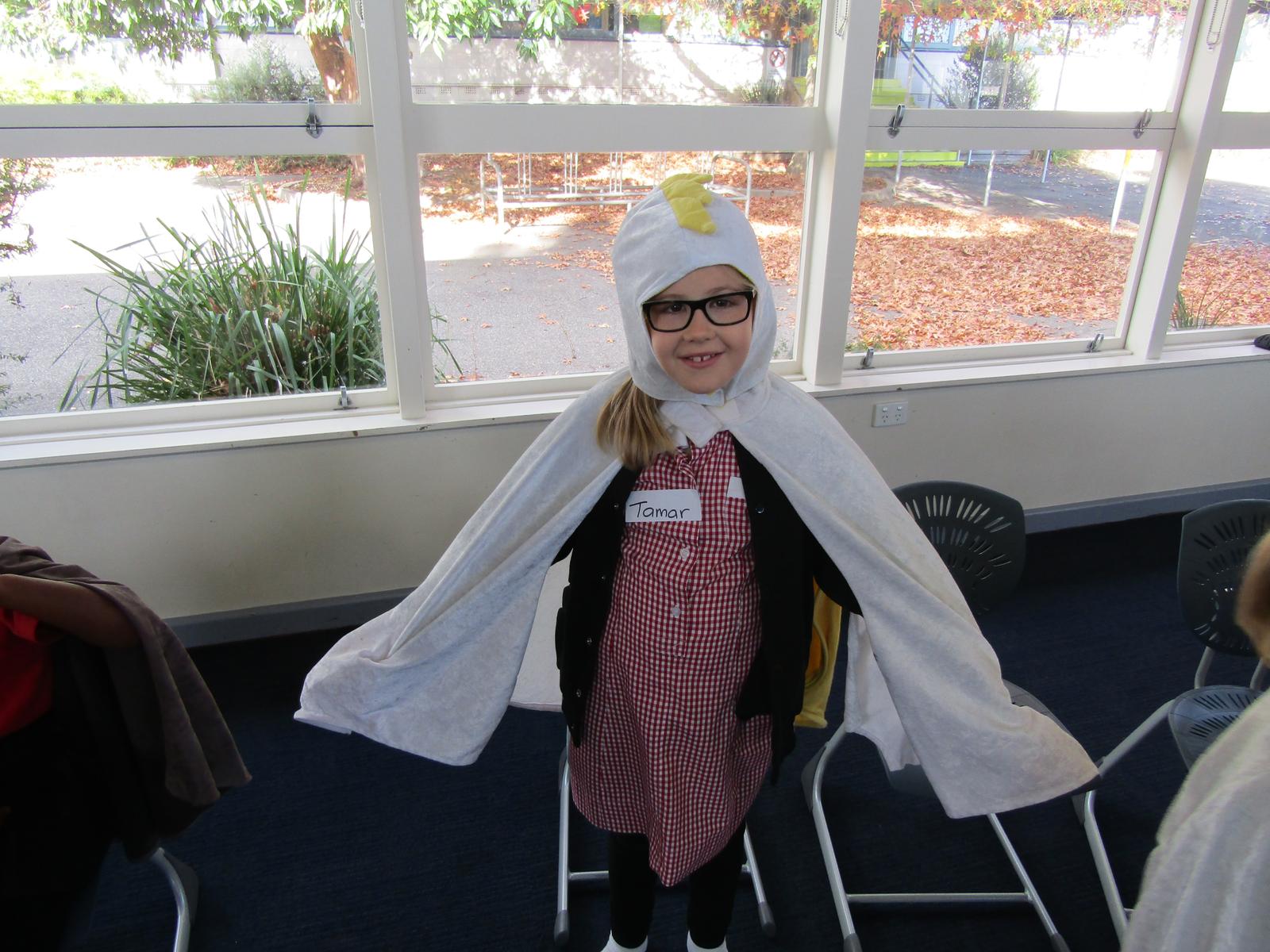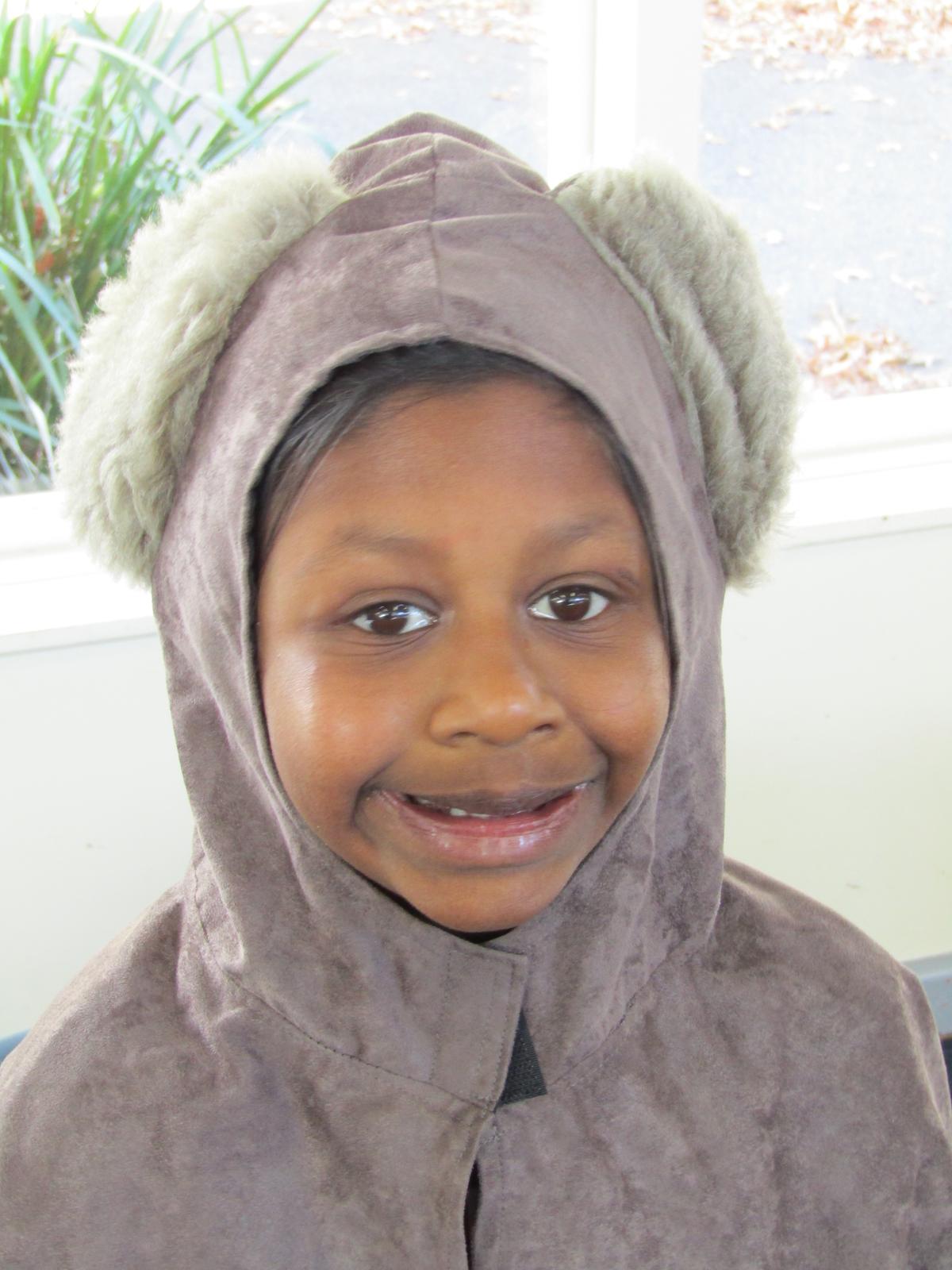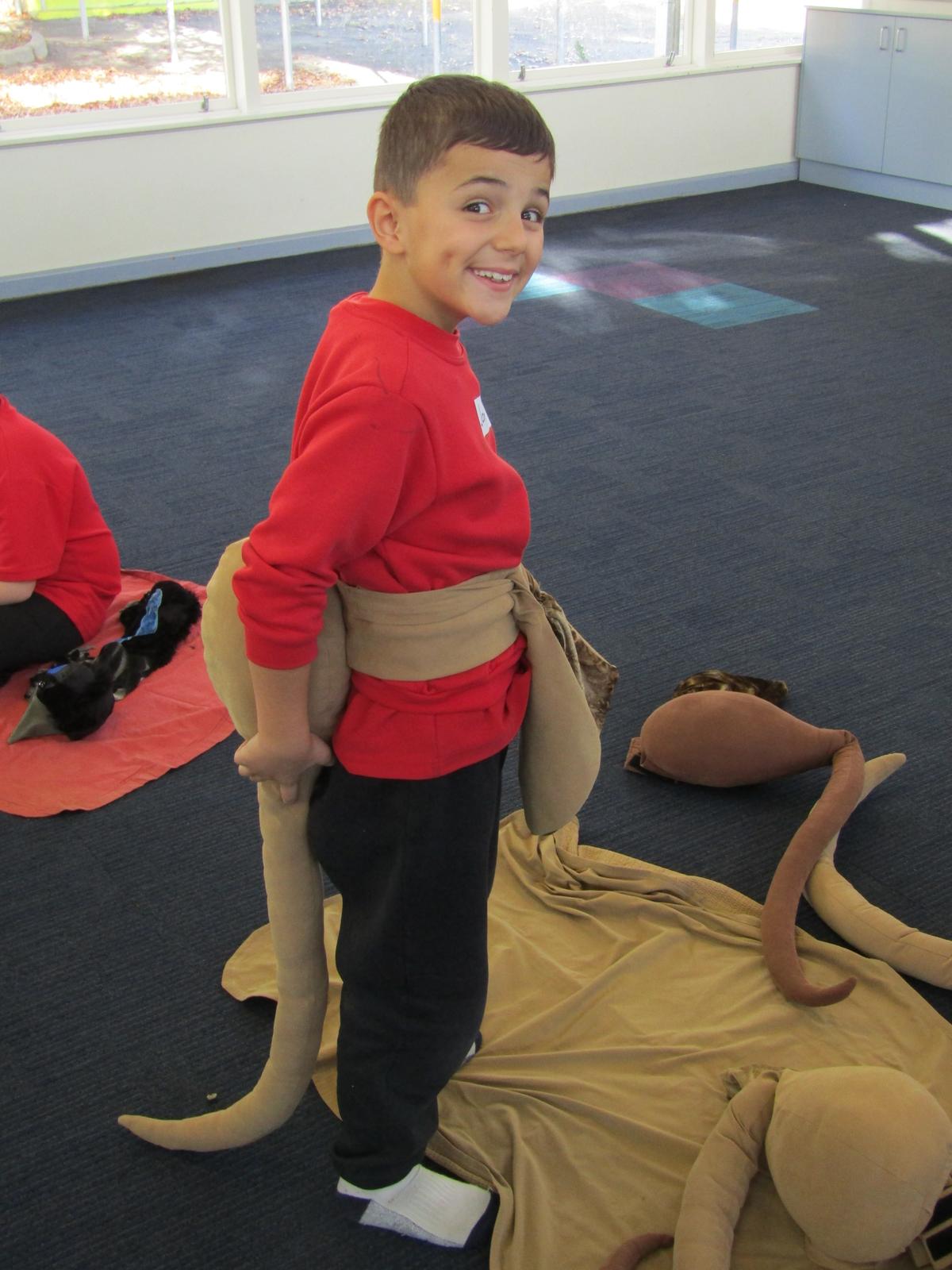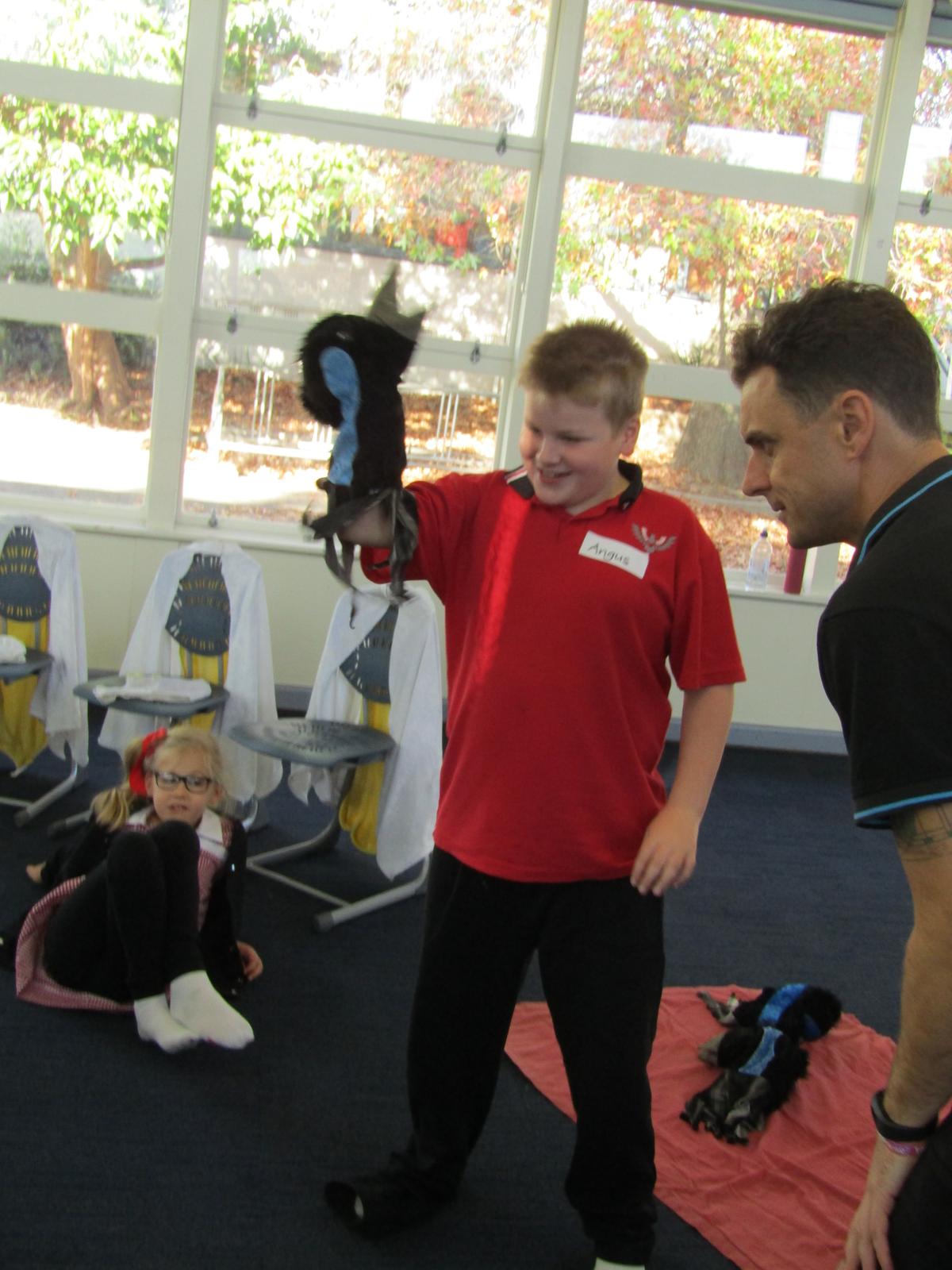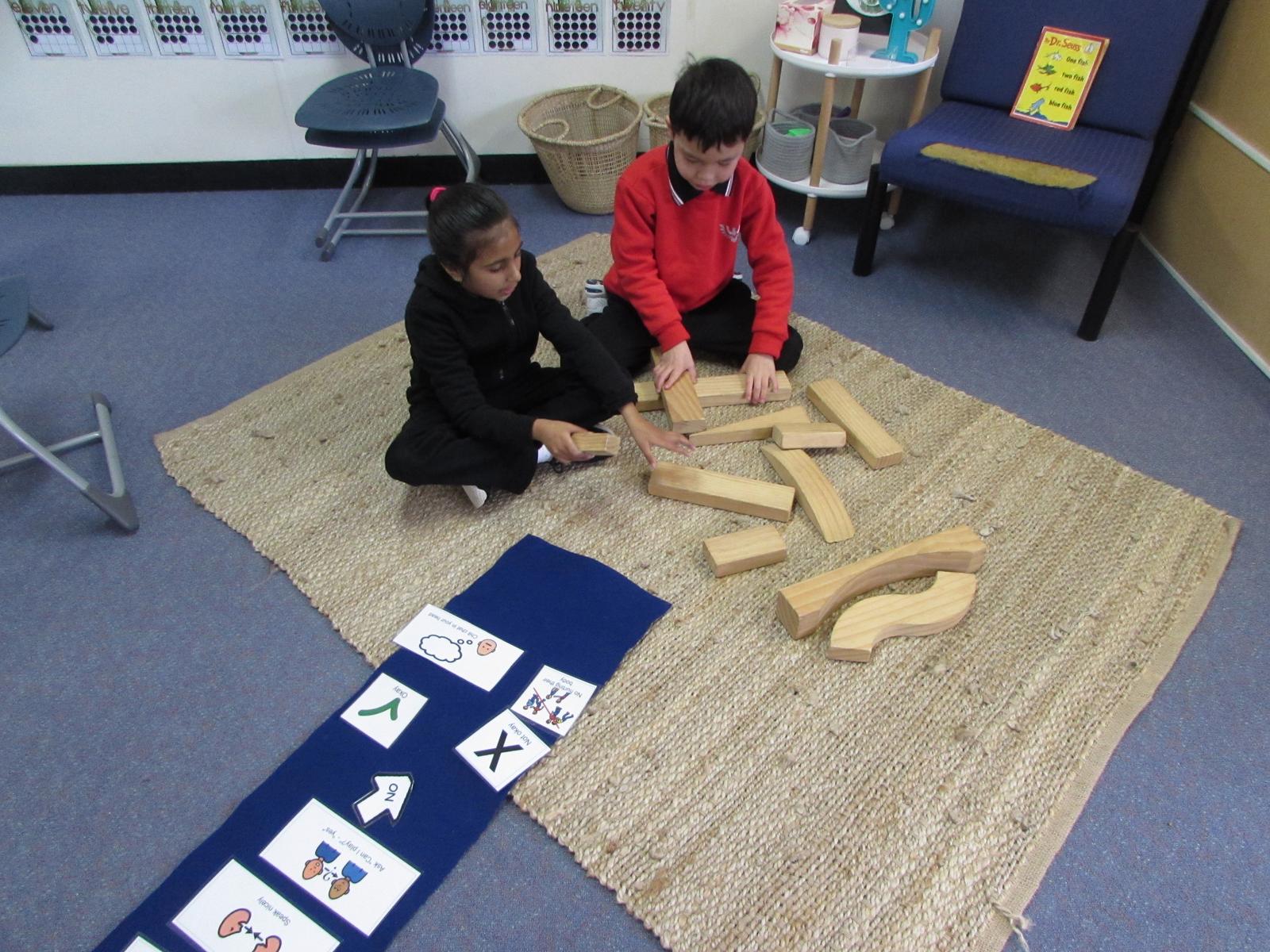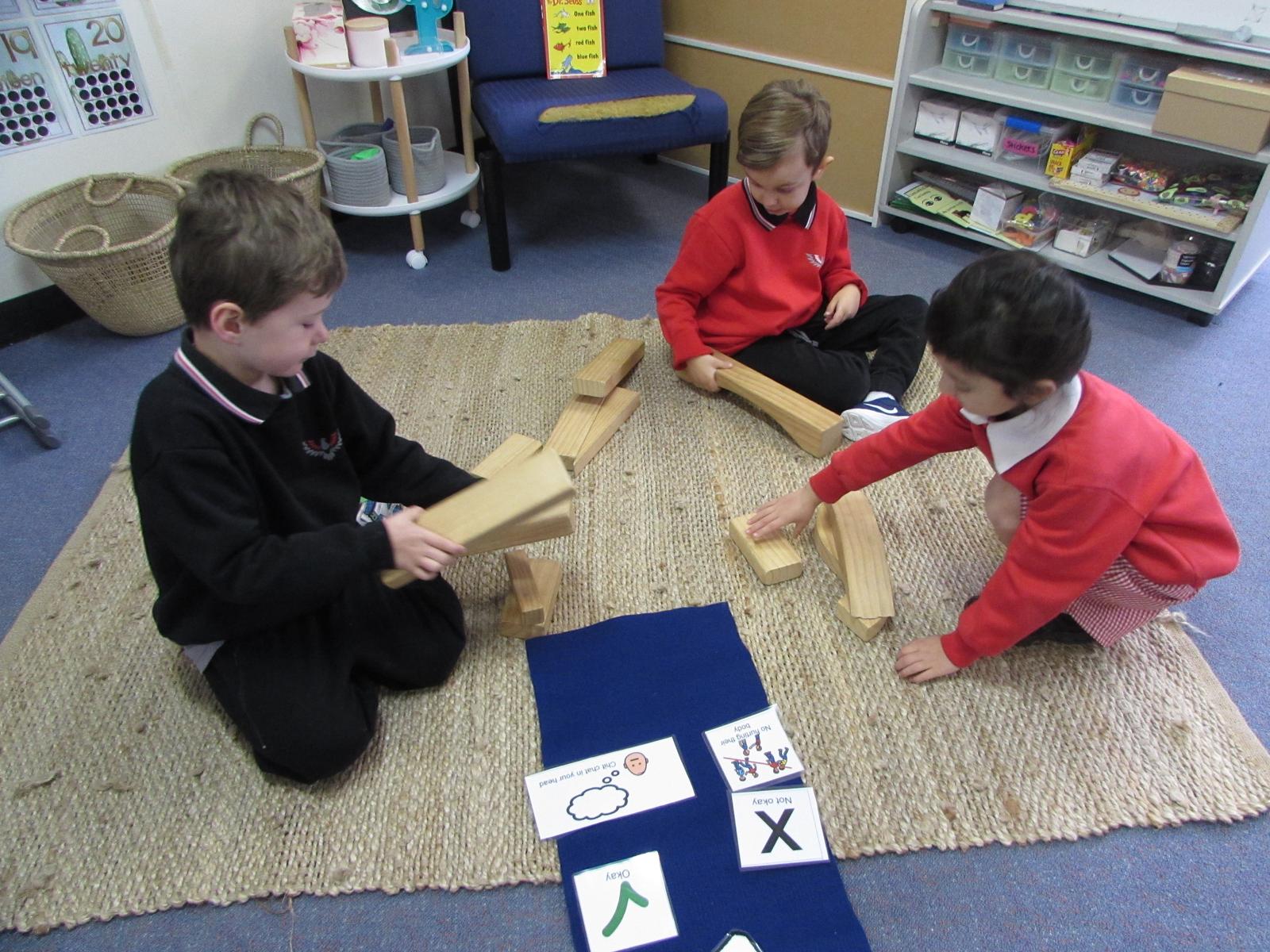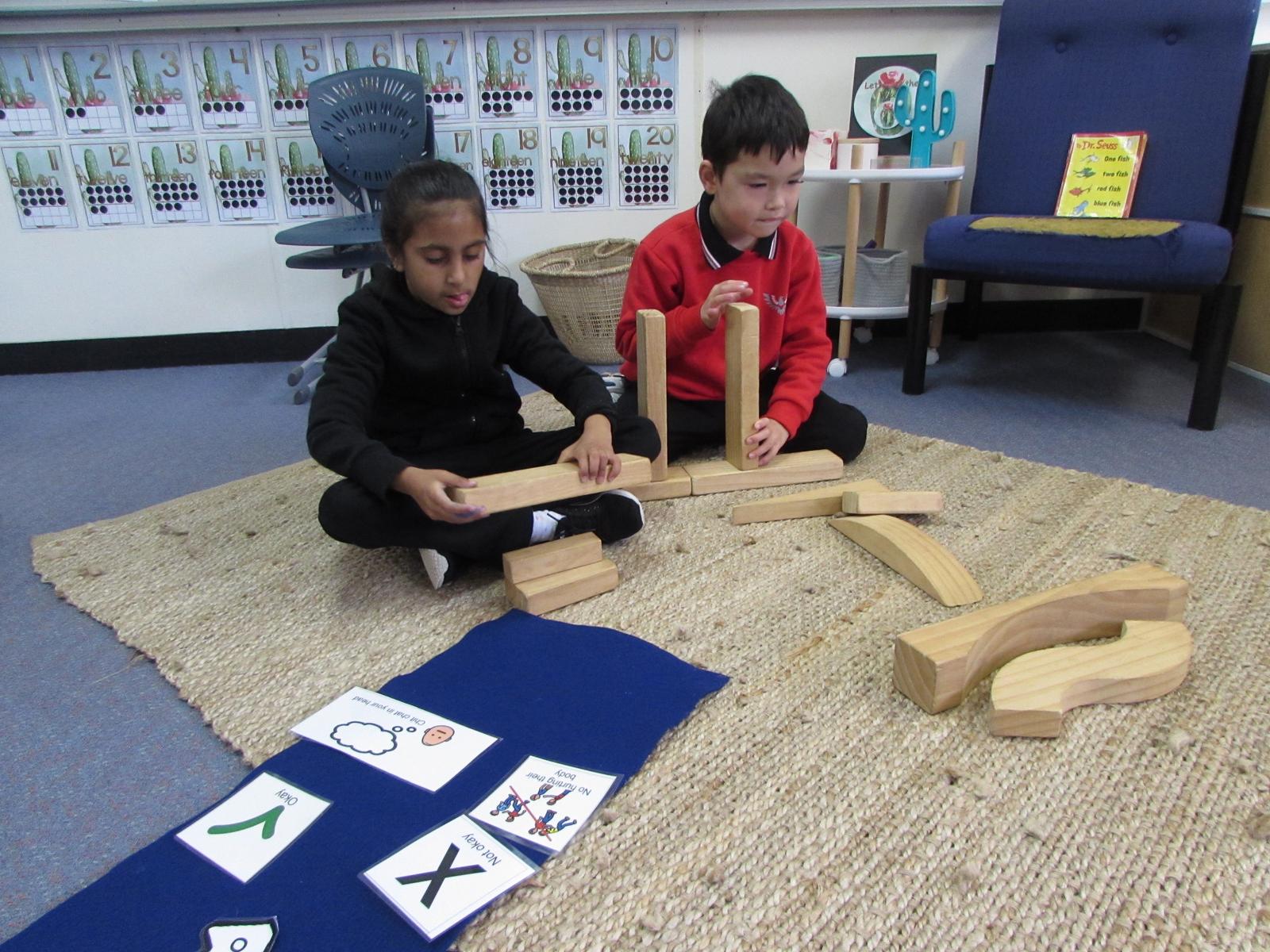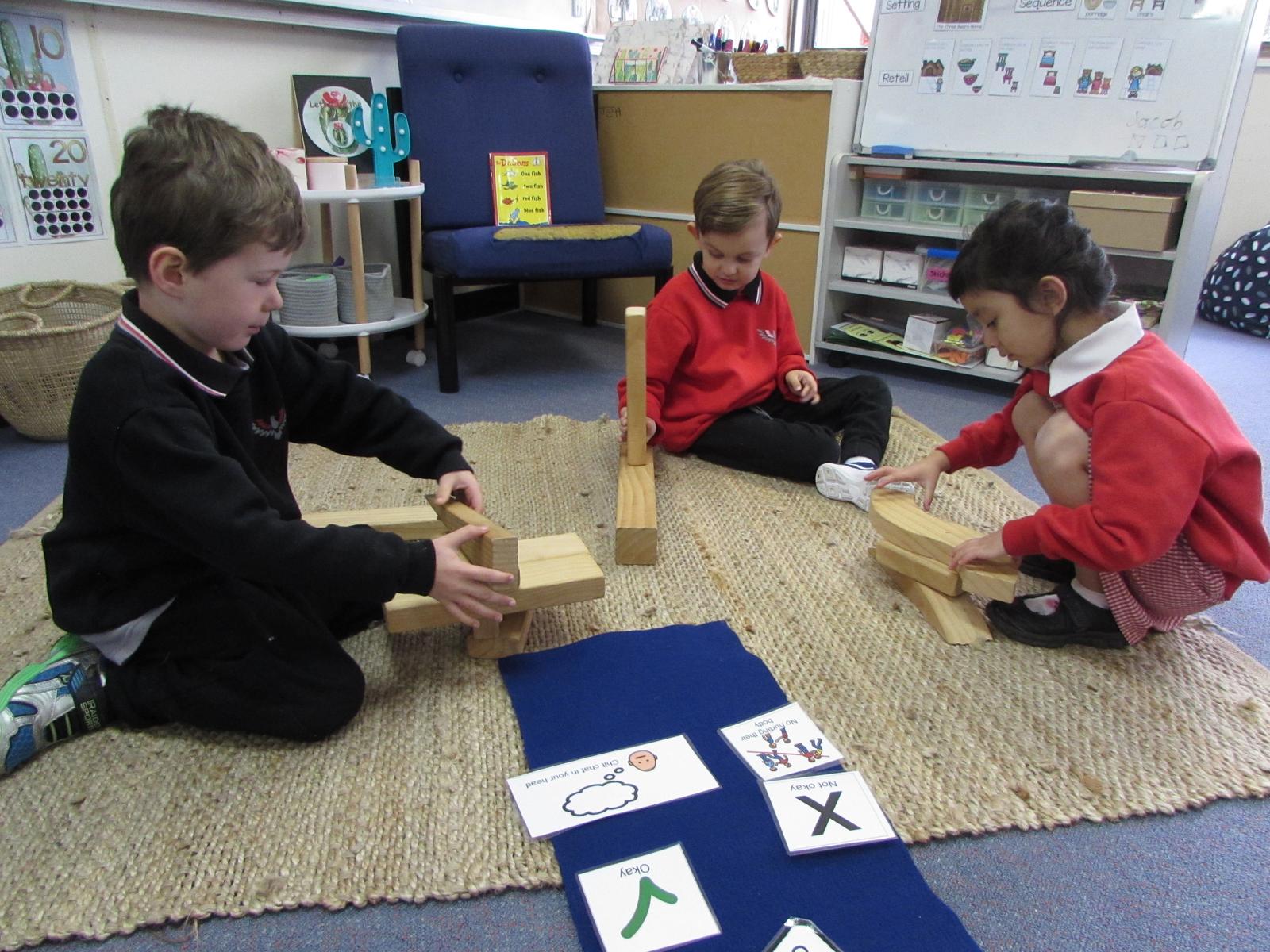Teaching and Learning

English
In Reading and Writing students have been looking at text type with particular focus on narrative text. A narrative is a text that tells a story. The story can be realistic, imagined, or a mix of both. Students have been focusing on the elements of a narrative text: the characters, setting, problem and solution and have been using images within the text to identify key objects and events. Students have been identifying the parts of a story in terms of the beginning, middle and end and have learnt that the problem can usually be found in the middle of a story and the solution to the problem at the end of the story.
The focus for reading sessions continues to be reading comprehension. Students have been focusing on literal comprehension and then moving onto the more complex inferential comprehension within a narrative text. Literal comprehension is responding to information that is directly stated in the text. As students develop their understanding they begin to infer information that the text does not actually tell us but that students can work out the answer by considering the clues and by using their own prior knowledge and experience. They have been encouraged to make predictions using these strategies. All students will be working through these elements of comprehension at their point of need.
To help develop your child’s comprehension skills at home ask your child what the book they are reading is about. This questioning will start your child thinking about the text, linking it to their prior knowledge and focusing them on the key ideas that they can use to further develop understanding of the book.
Literal Comprehension prompts you can use when reading with your child:
- Who? Where? When? What is? Which? How did? What happened? How many? How far?
Inferential Comprehension Prompts you can use when reading with your child:
Why? What do you think about…………..What is the problem? Why did the character…………What will happen if……….How did the character feel when………..
Writing
Students have used a range of visual displays to support the writing of narrative texts and have been focussing on the use of descriptive words (adjectives) within their writing. The Preps have enjoyed the narrative text “Jack and the Beanstalk” and have responded to this text by labelling pictures, retelling the story using pictures, single words, phrases and sentences. They have also used dress ups to act out the story, responded creatively through drawing, and have planted beans which they are watching as they turn into their own beanstalks.
At the very early stage of writing, experiences provide opportunities to stimulate students’ imaginations that in turn develops oral language skills so that they can use this language to develop their own writing ideas.
Mathematics
In the area of Mathematics students have revisited and revised their knowledge and skills in the area of addition. It is not always about getting the “answer” but understanding that addition means pushing two groups together and that the group is then bigger. All activities have been supported by concrete materials that students can manipulate to develop their understanding of addition.
Each student is on an individual journey of developing addition skills and has been involved in activities that are targeted at their point of learning. These activities have included:
- Using verbal action stories that involved joining for example, there were 3 ducks in the pond. 2 more ducks flew into the pond. How many ducks now? These stories were supported by concrete materials, pictures, drawings
- Using concrete materials to physically combine two groups of objects and count all.
- Add one more to a group and count the total
- Verbalising the joining process using the language “and & altogether”
- Using two different coloured counters on a tens frame to represent that a number is made up of parts.
- Solve addition problems using count on from the largest number as a strategy for example 5 plus 4. Put the 5 in your head and count on- 6,7,8,9
Integrated Unit - Stories of the Past
This semester’s integrated unit “Stories of the Past” has provided the scope for students to learn about their own and others history and stories. Students have looked at what makes their families unique and how each family has their own stories to tell. Classes have worked in different ways and at different levels to identify their cultural background, and how families celebrate events that are important to them. Classes have talked about how special celebrations such as birthdays, Christmas, Easter, Mother’s and Father’s Day are celebrated in different ways by different families. Some classes have also looked at other types of celebrations such as ANZAC Day, Weddings and Christenings. It has been good to see students make links and connections to their own lives, and to the celebrations and the stories that are told within their own families. The projects that have been completed by the students on both cultural and personal celebrations also reflect these connections. Students also showed their understanding through creative mediums which forms part of their classroom displays.
To further reinforce learning that has been occurring in the classroom “The Drama Toolbox” came to Lower Primary to deliver a drama workshop which outlined how aboriginal stories are communicated through dance and drama. The dreamtime story ‘Tiddalick the Frog’ was used as the catalyst for students to create, explore and develop ideas. They re-enacted the Tiddalick story using a range of Australian animal costumes which included emus, kangaroos, frilled neck lizards, wombats, koalas, sulphur crested cockatoos and kookaburras. Students followed their part in the story adopting the features, movement and habits of the animal they had become. All students were totally engaged by the workshops and thoroughly enjoyed learning about how aboriginal people tell their stories.
Social Competencies
This term work in social Competencies will target the ‘Relationships’ area of the Social Competency Program. Across the section, varying grade levels have explored many relationship skills, for example:
- hurt/ OK touches
- asking and responding to ‘joining in’ with play requests
- OK touches for family, teachers, school friends and particularly community people
- solving problems with friends by turn taking
Students are enjoying stories, role plays and video scenarios to improve their relationship skills.
Kath Moore
Campus Principal
